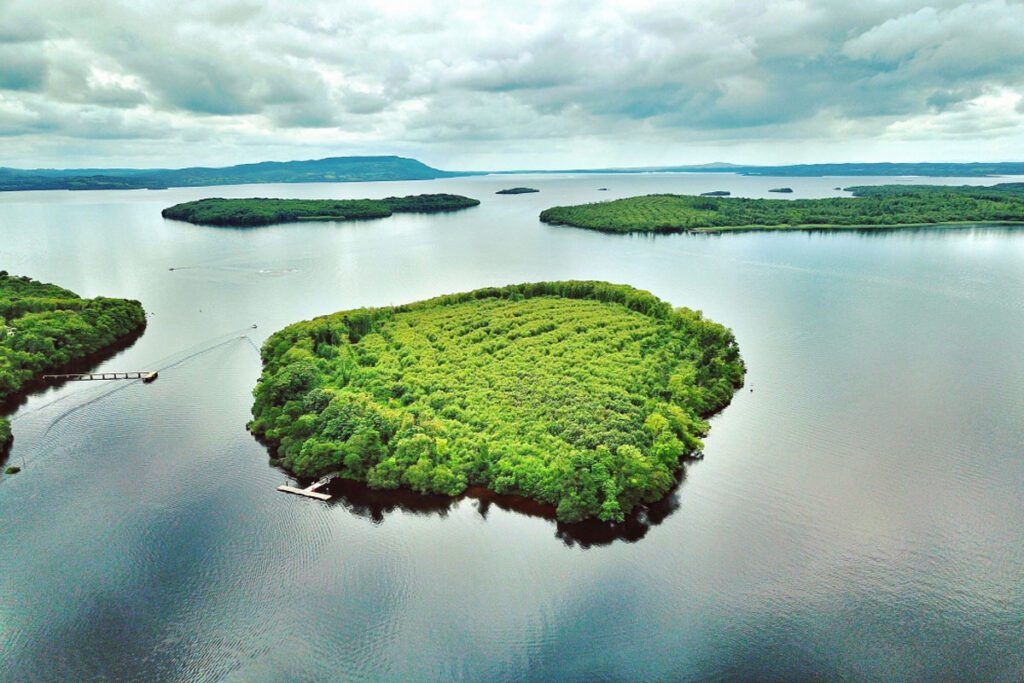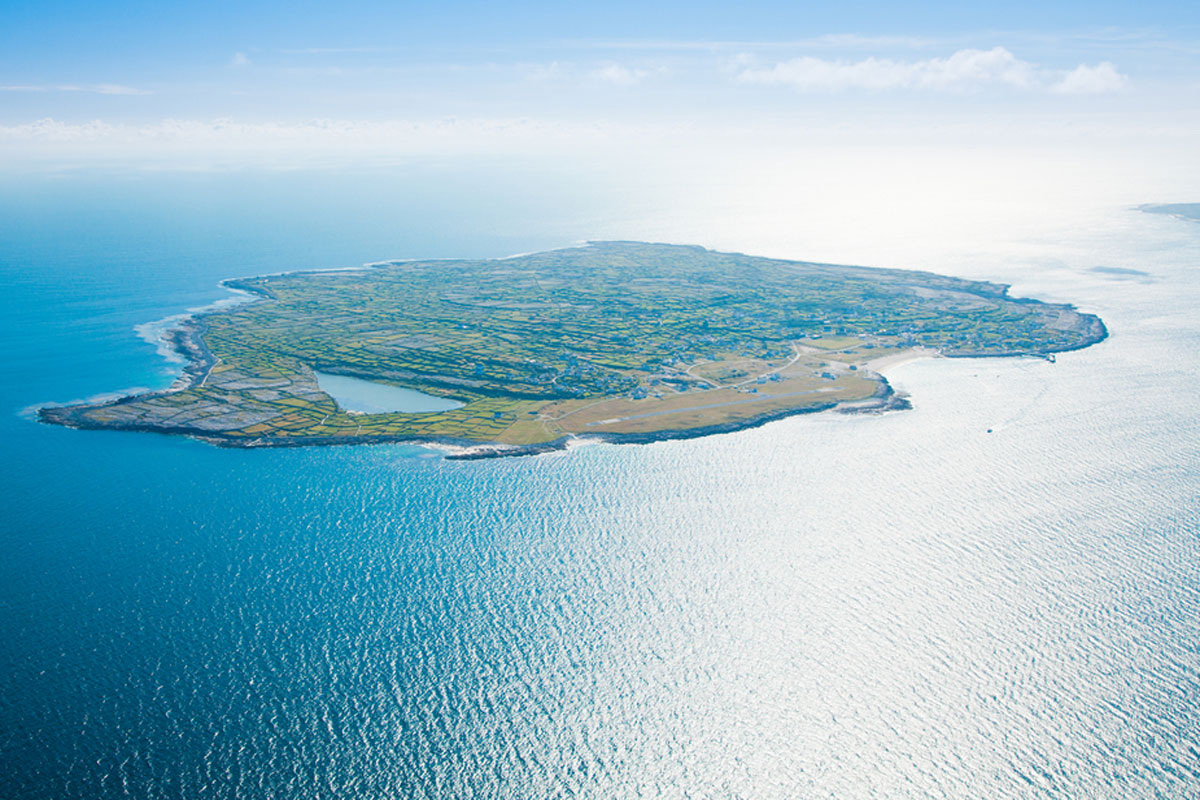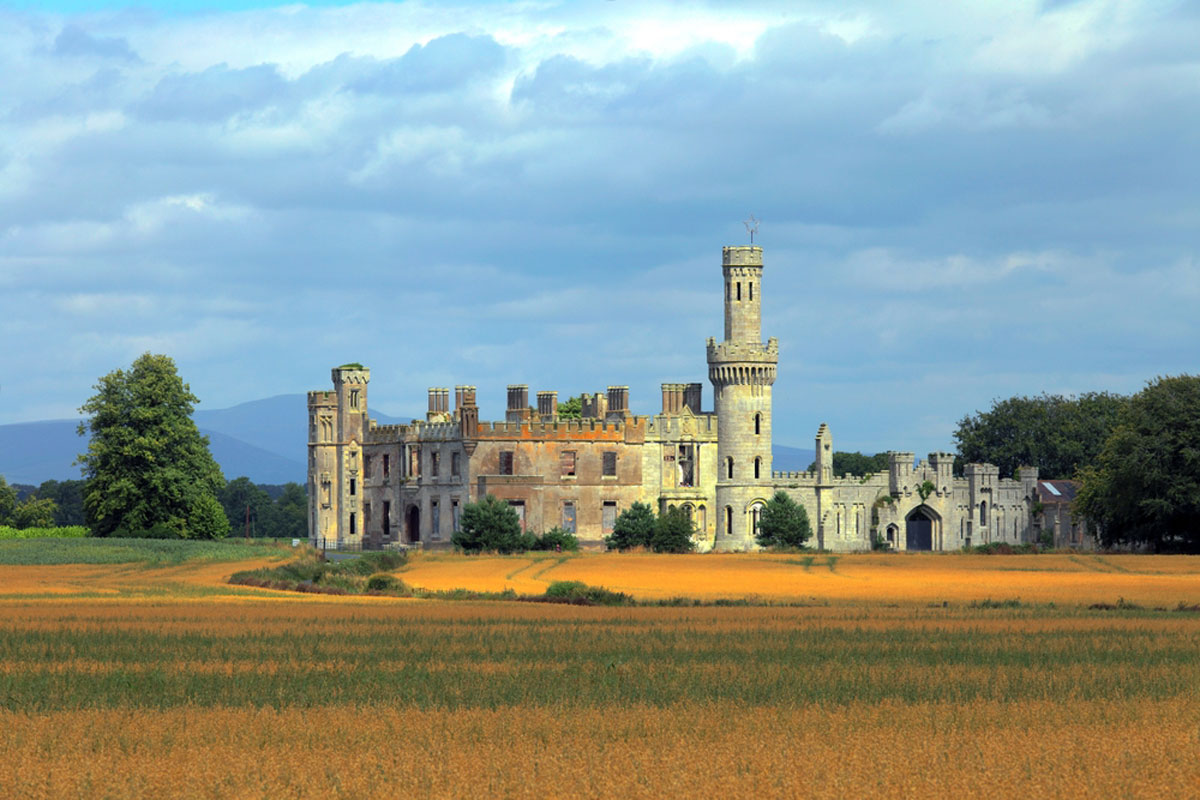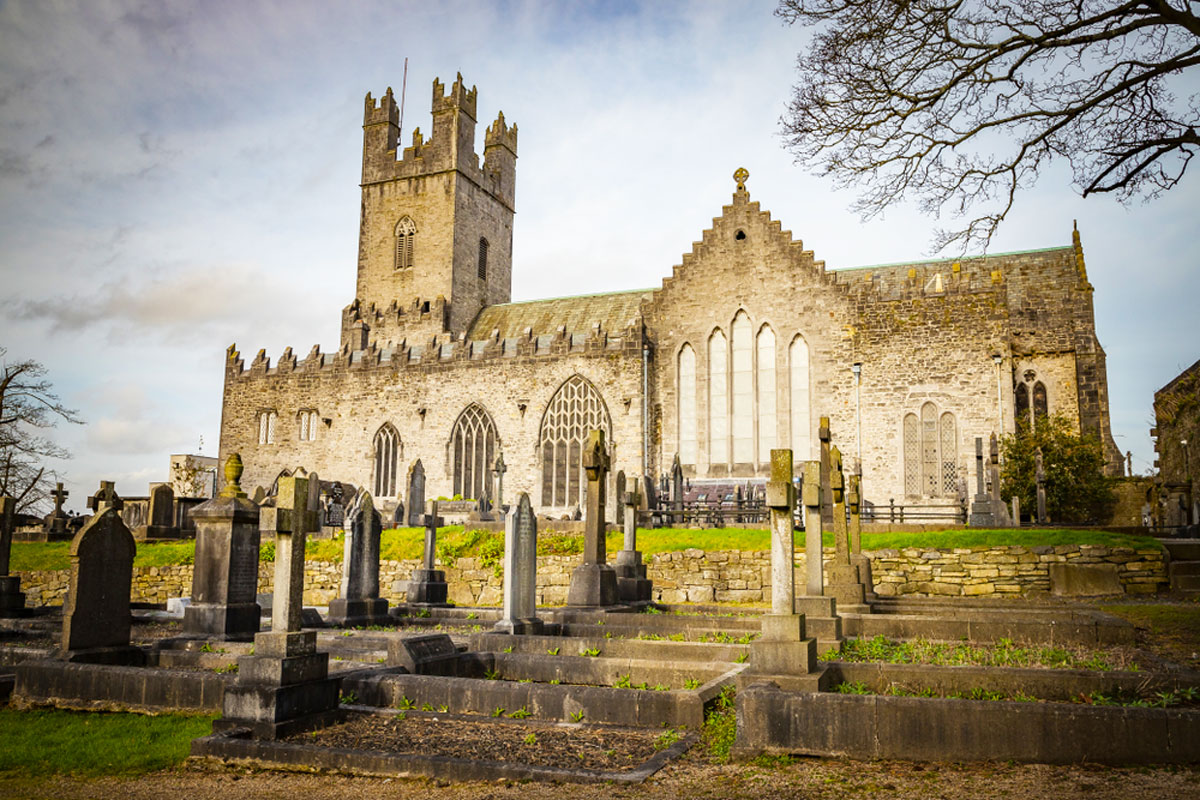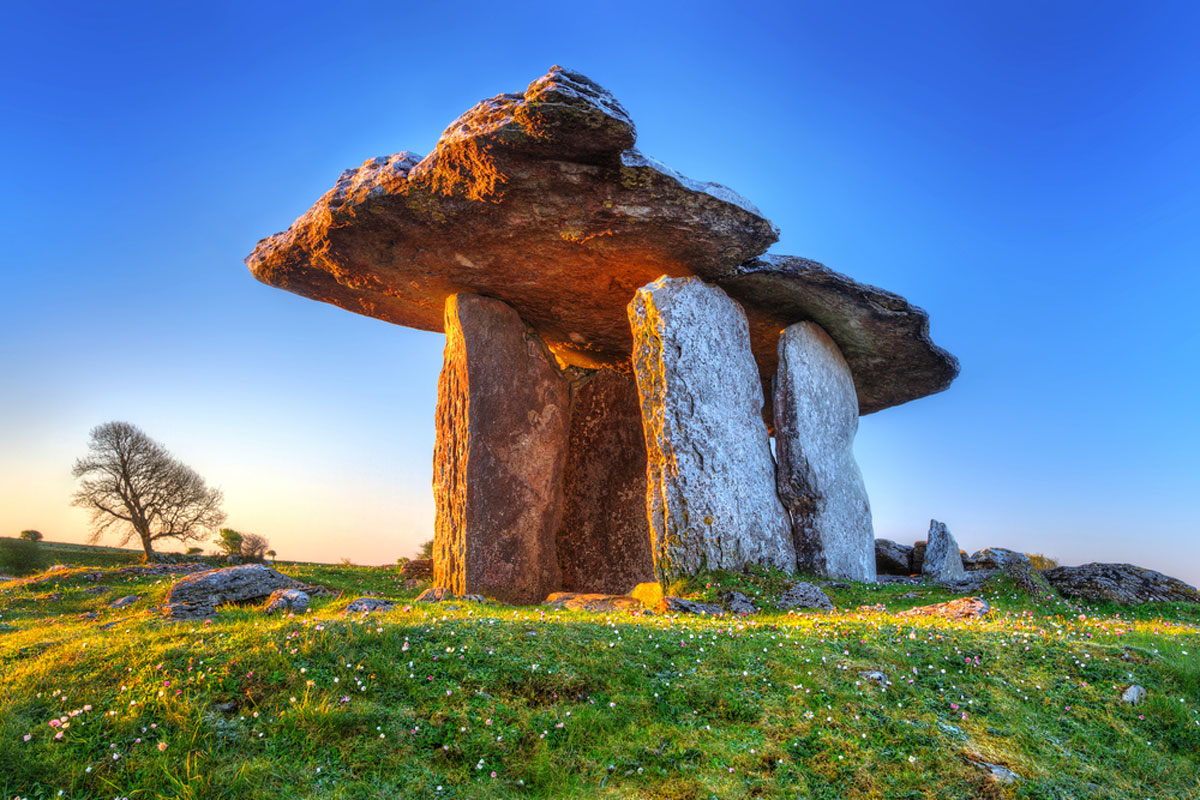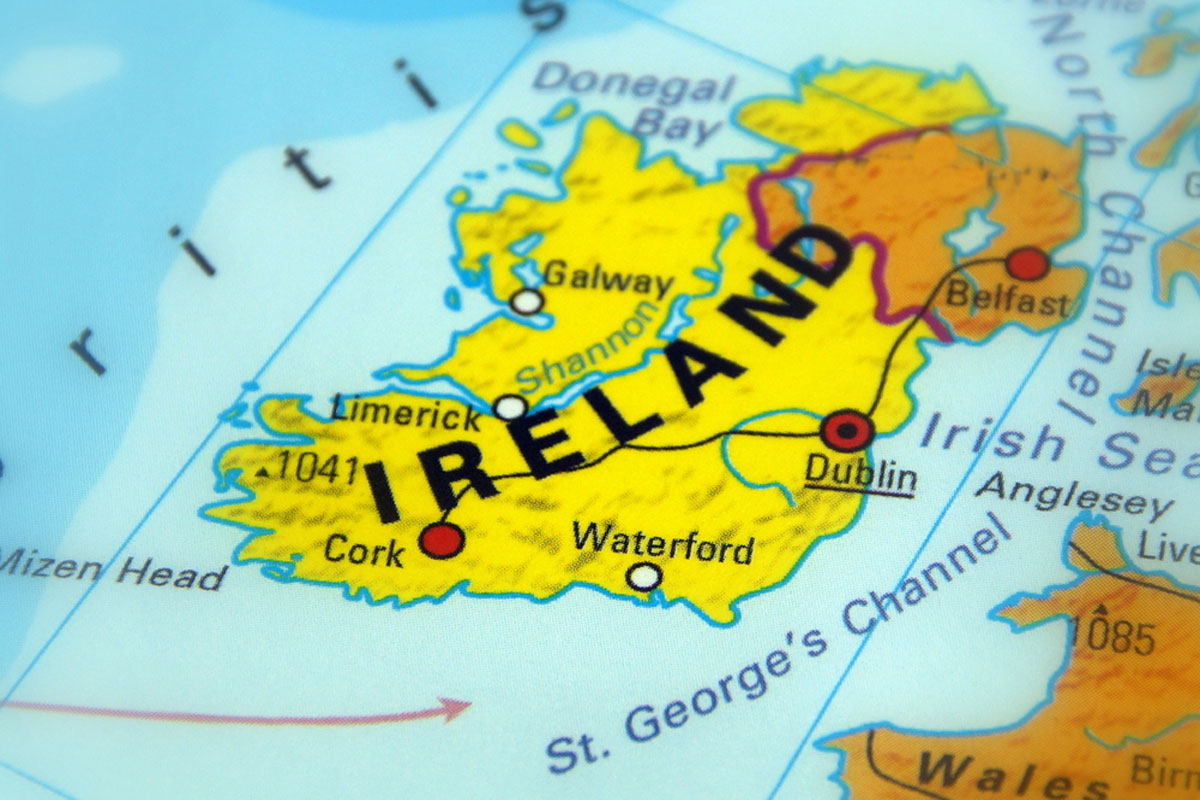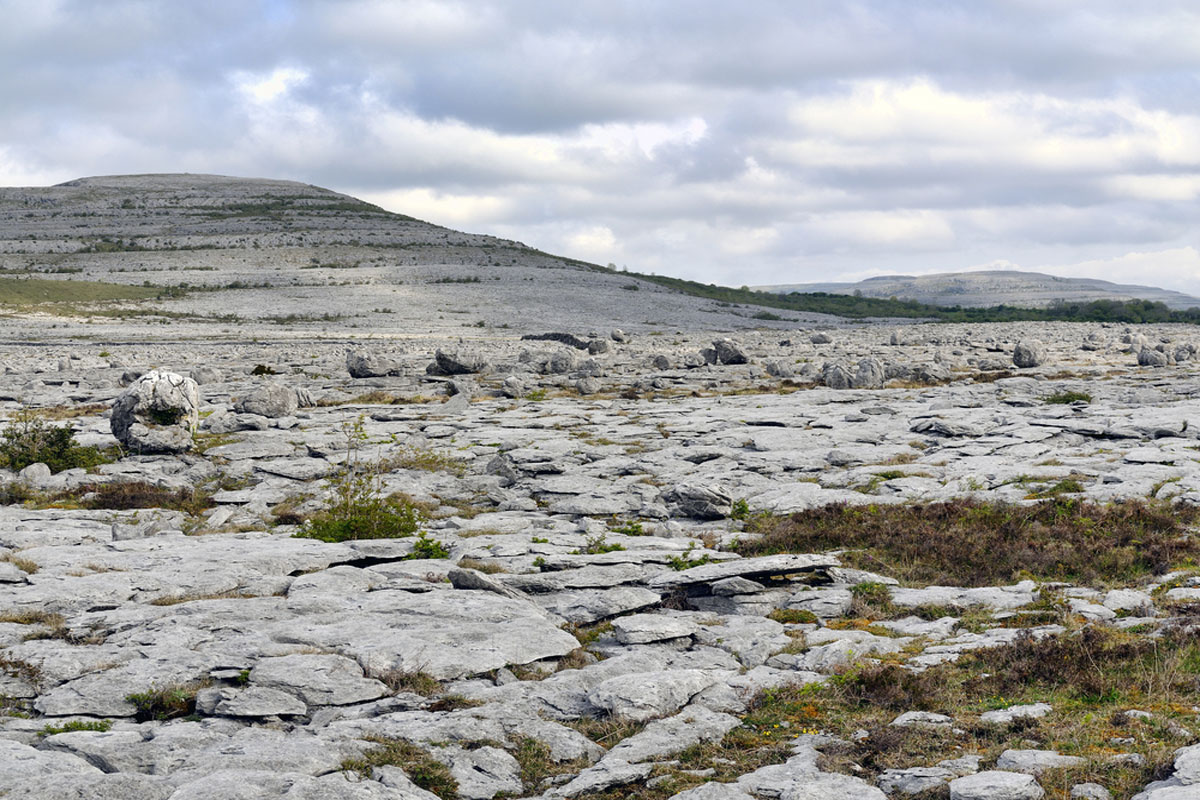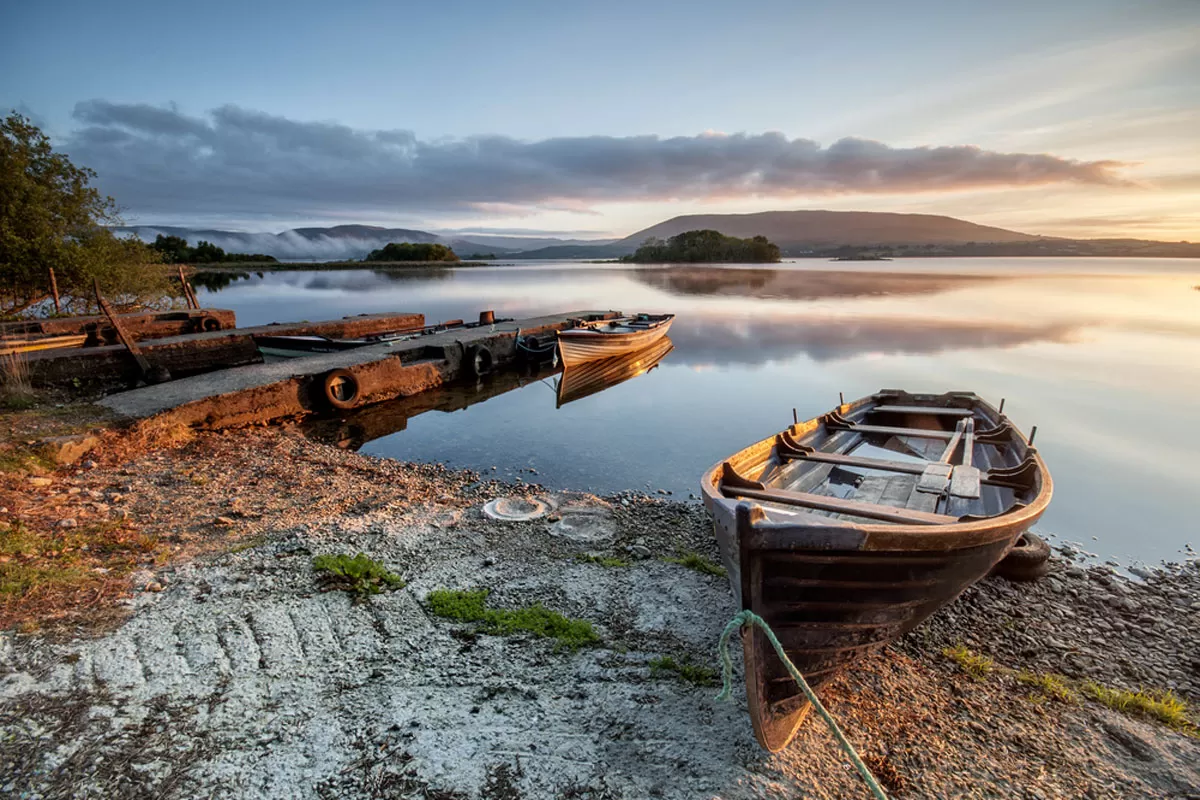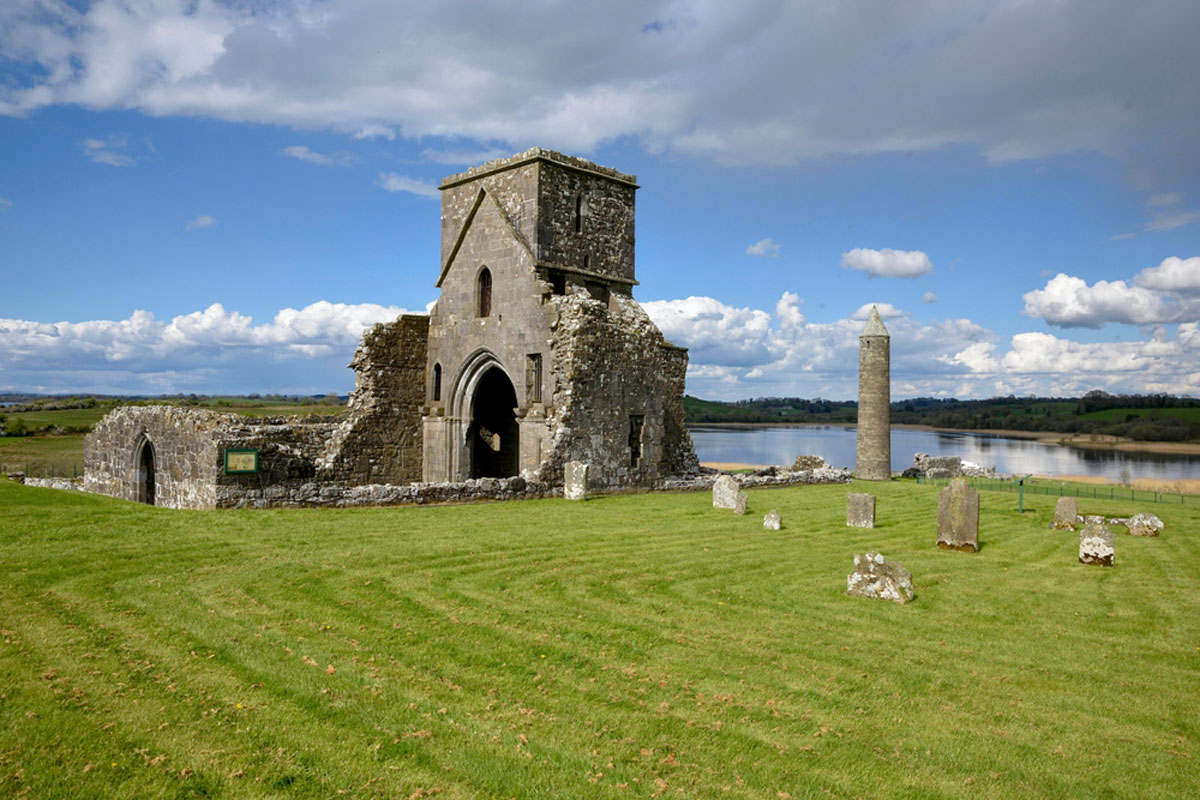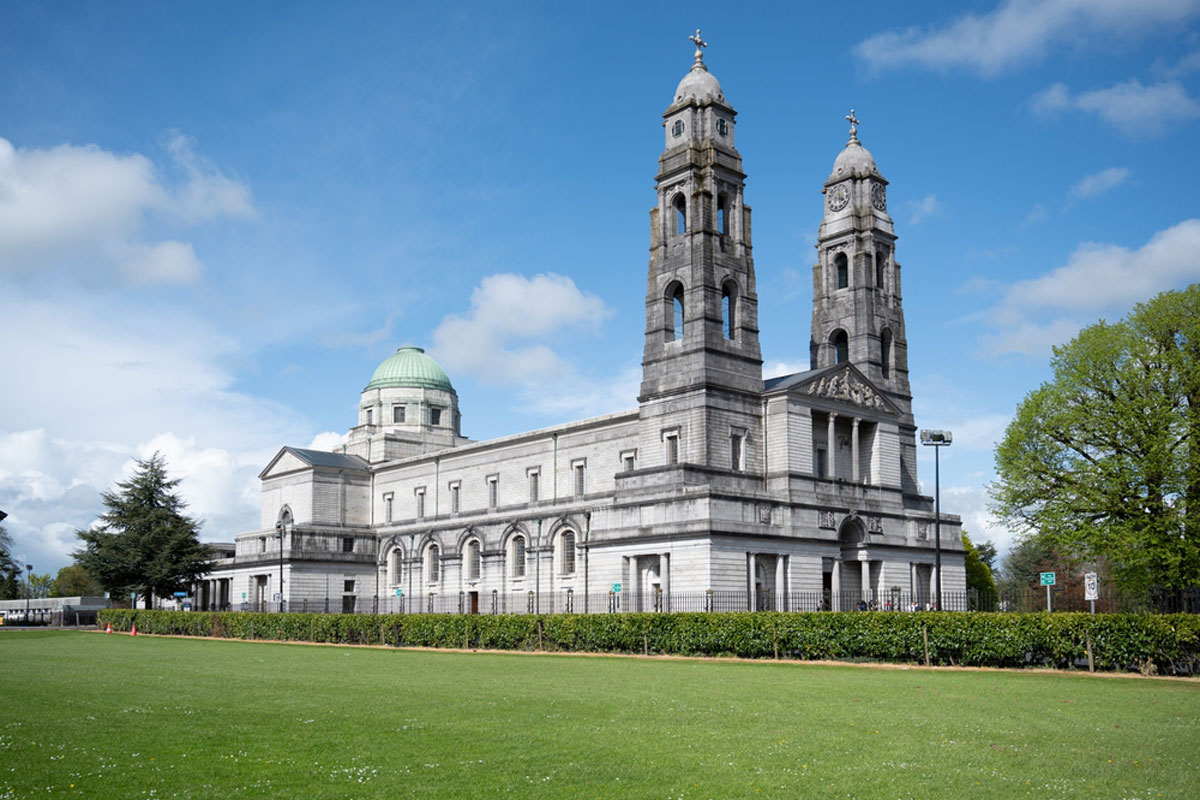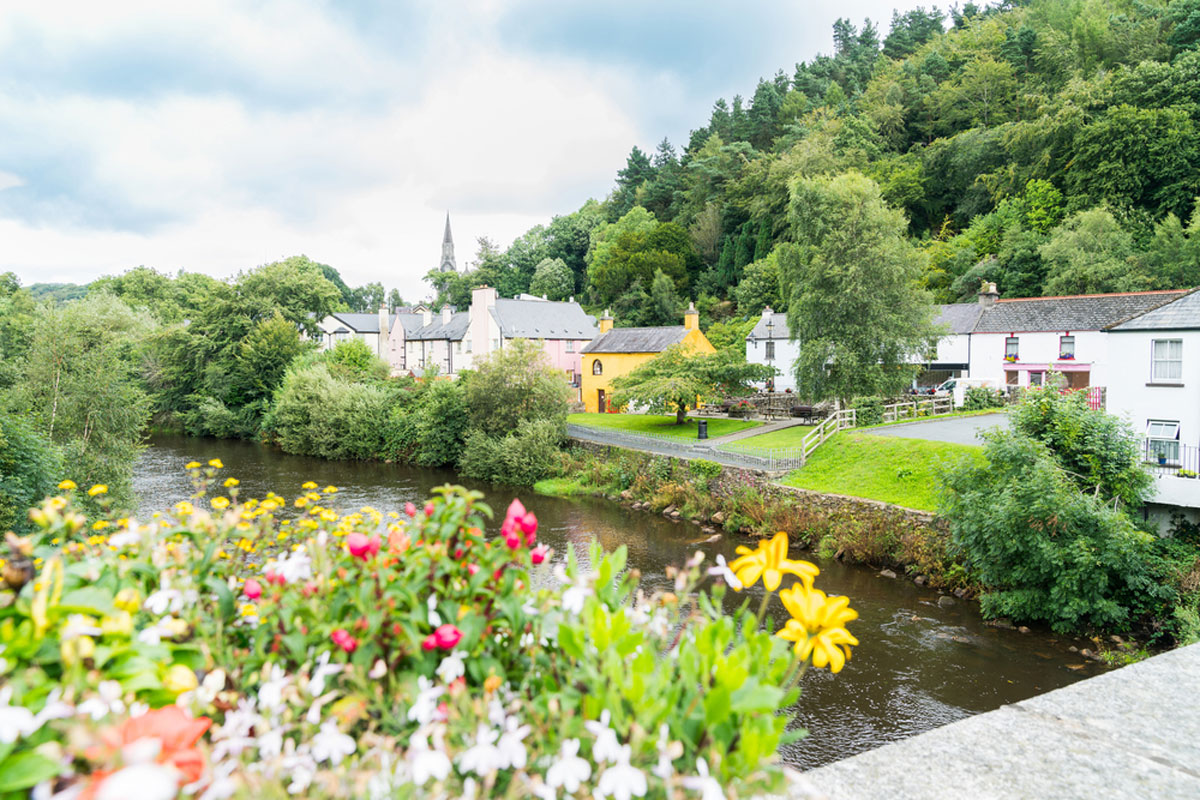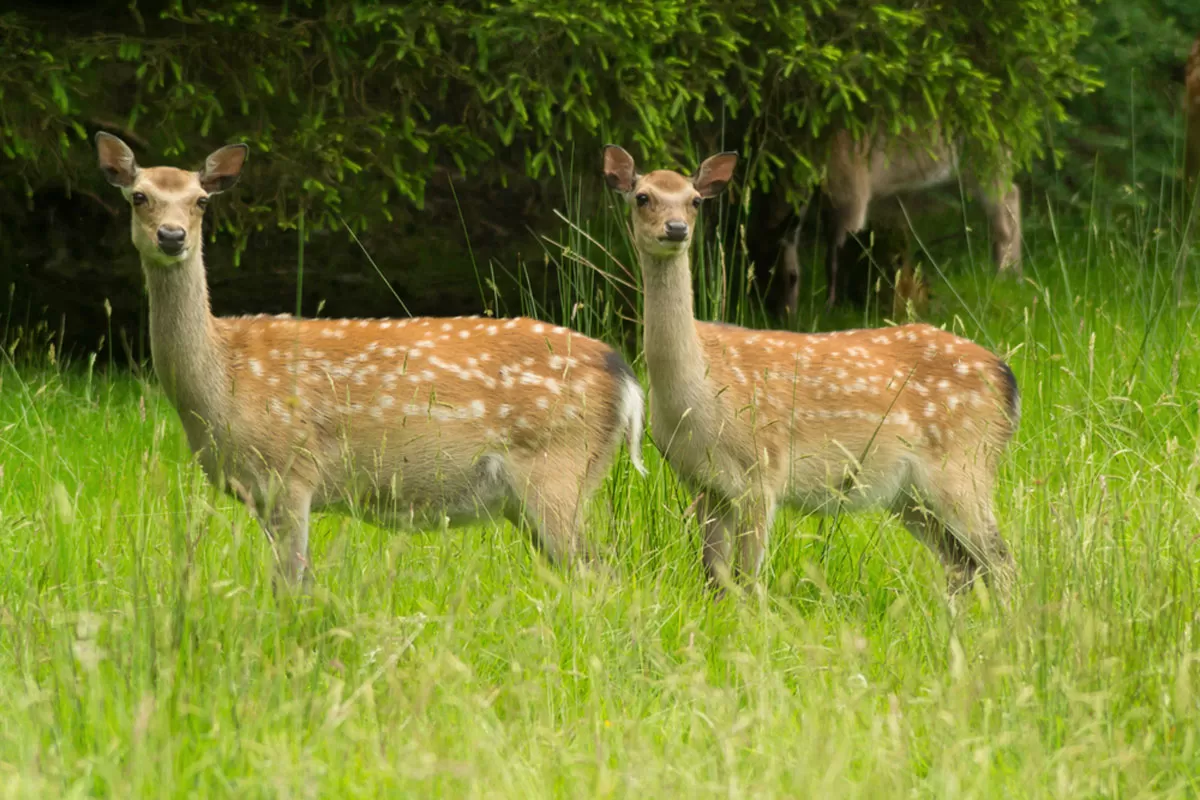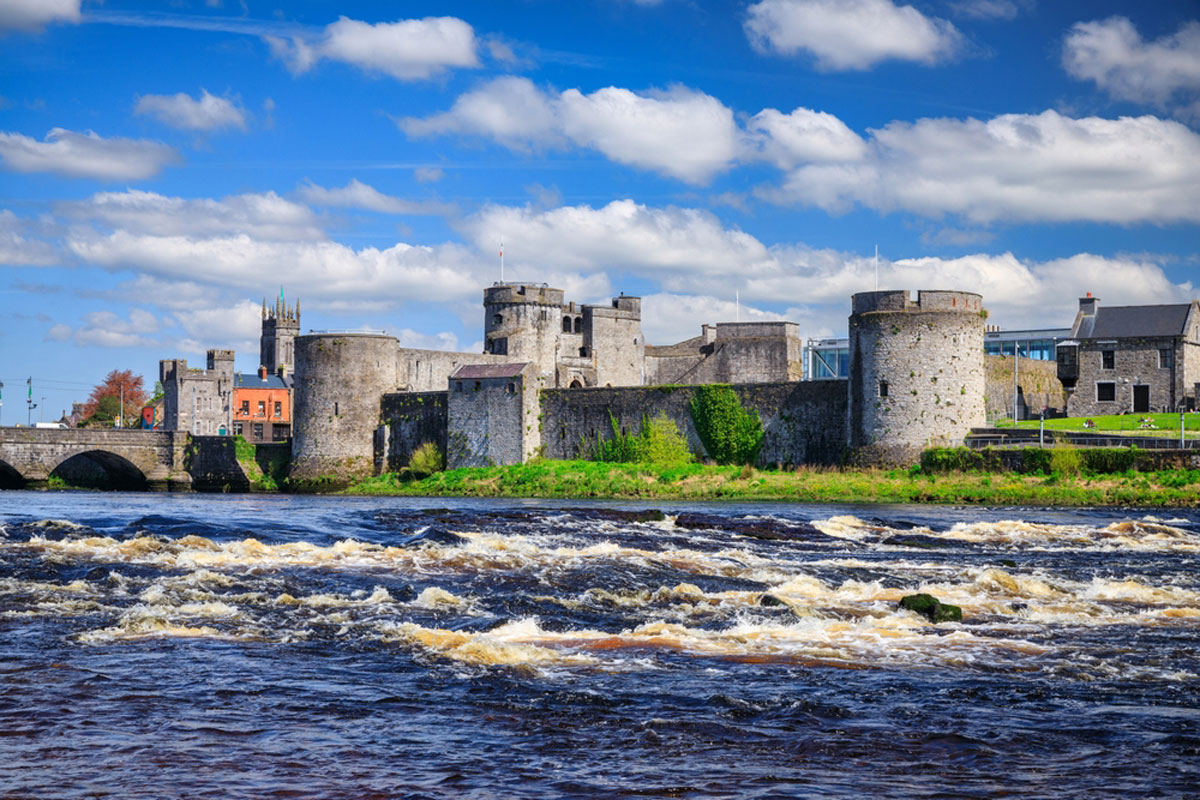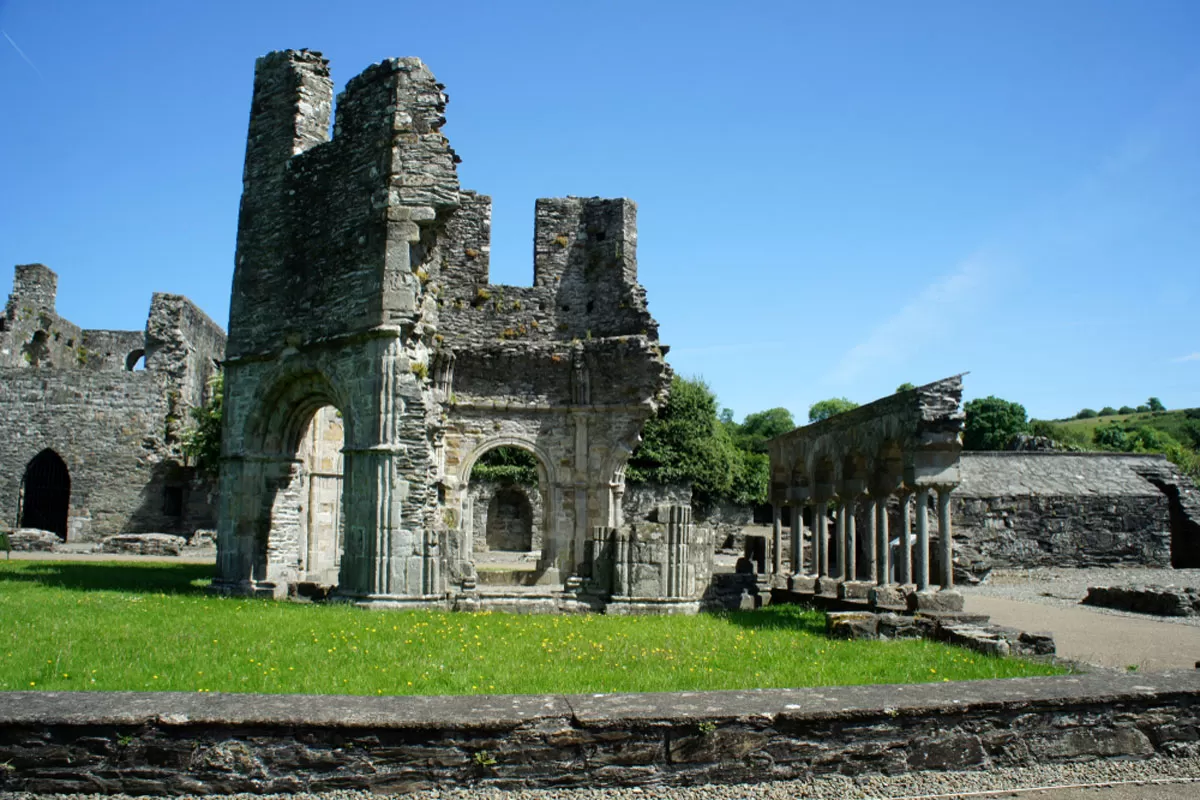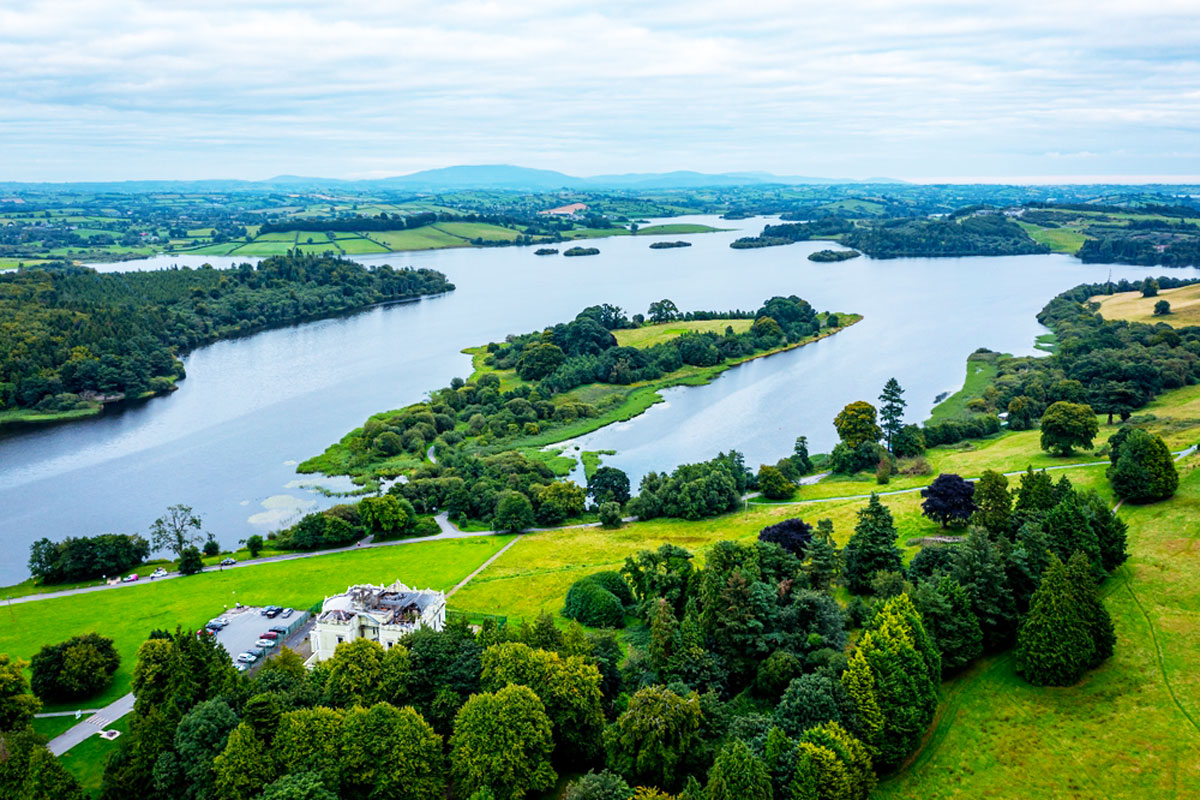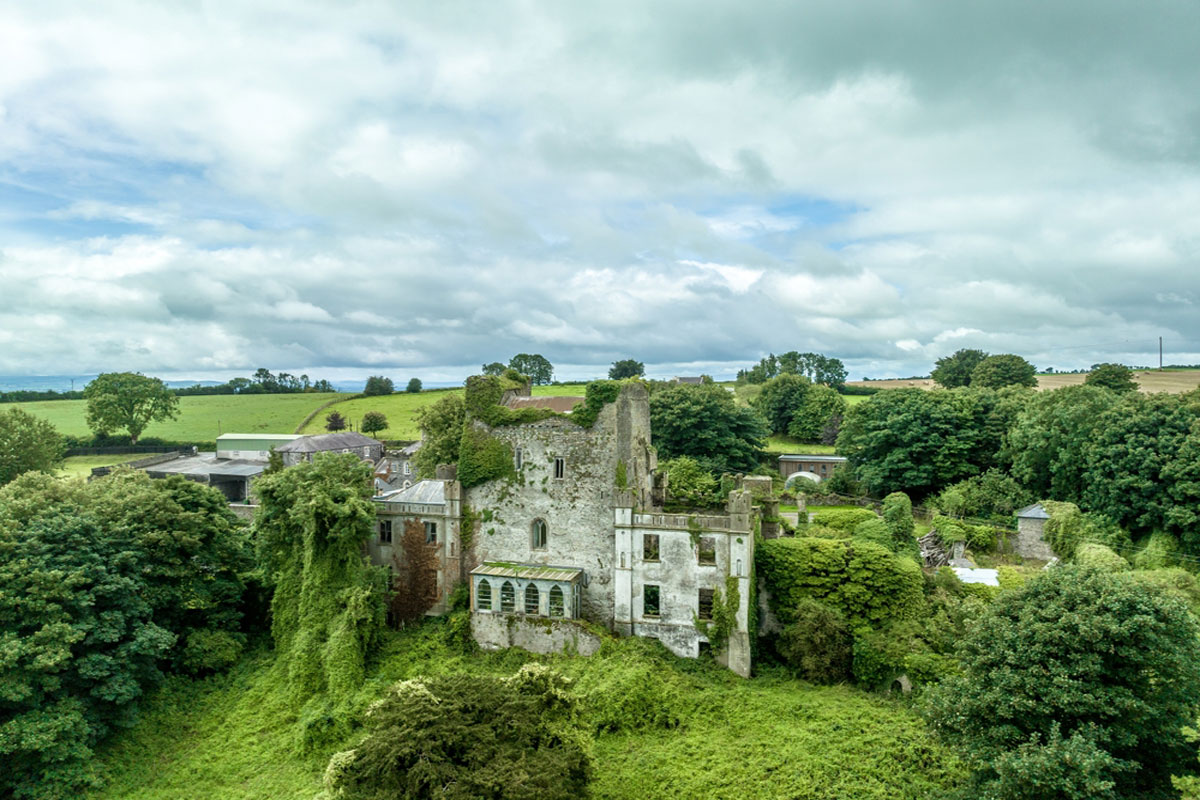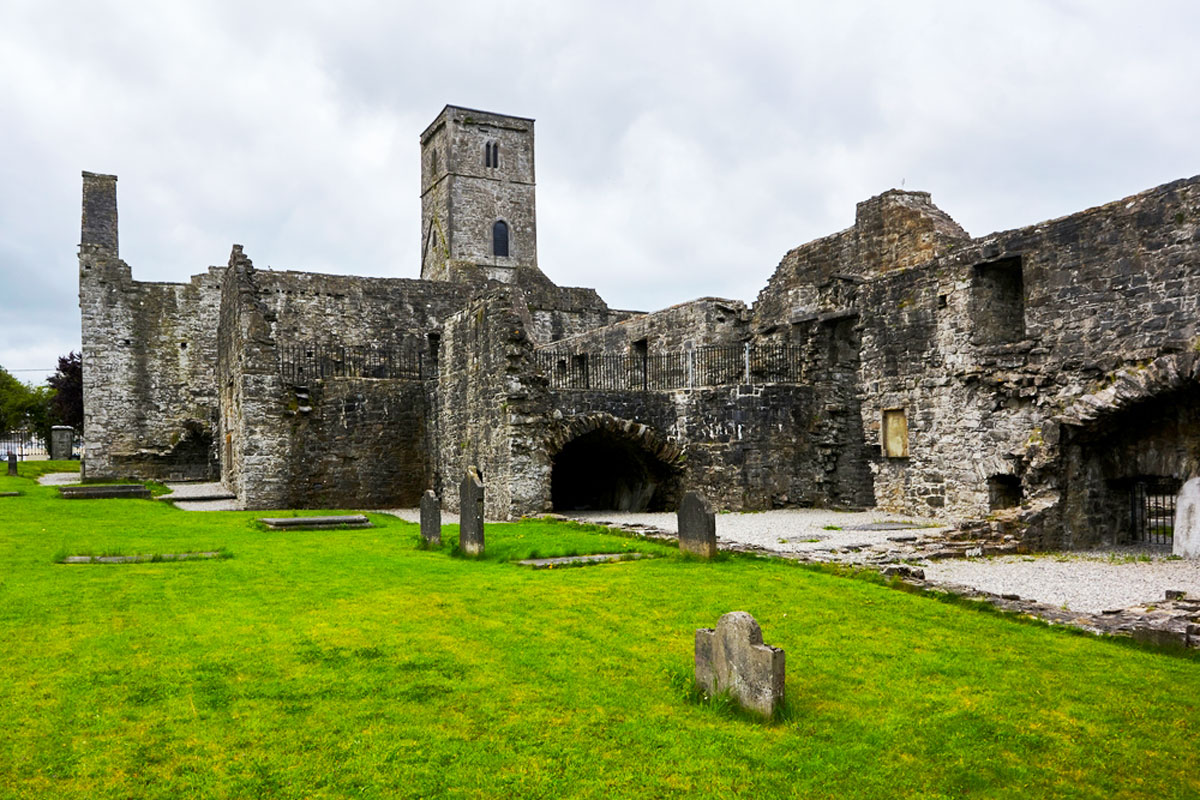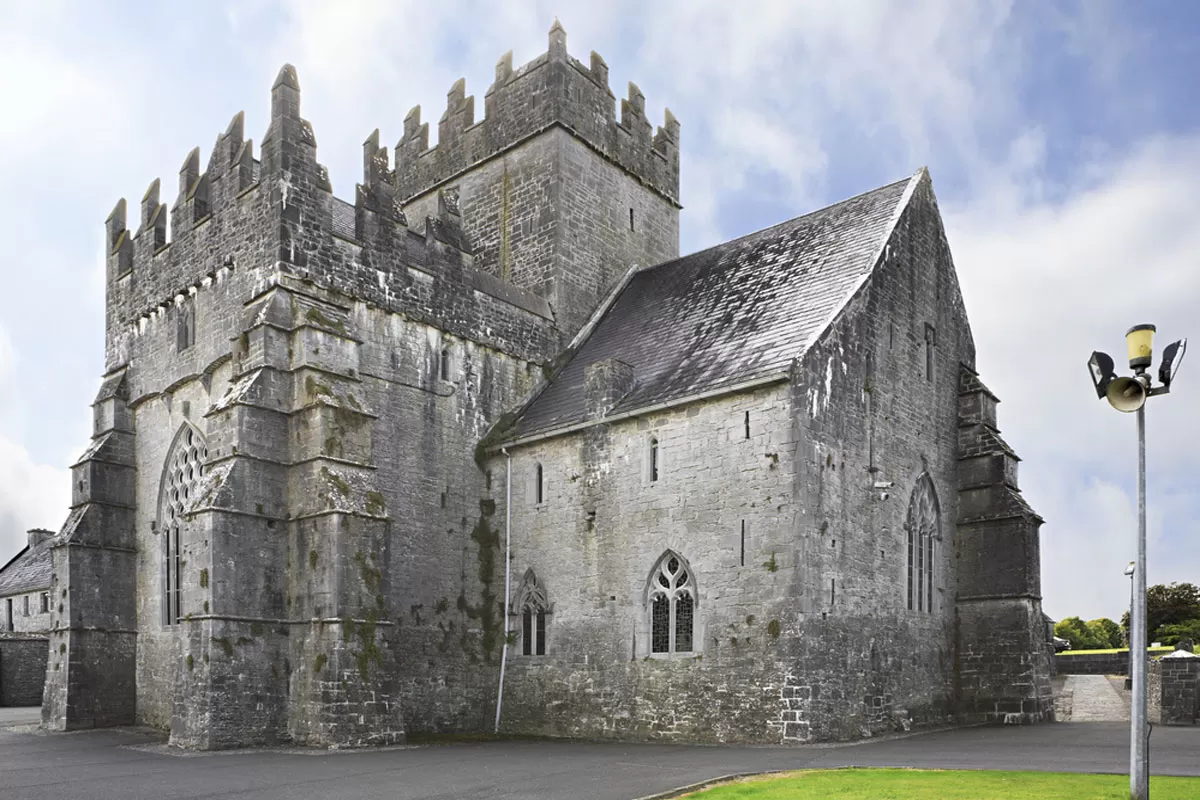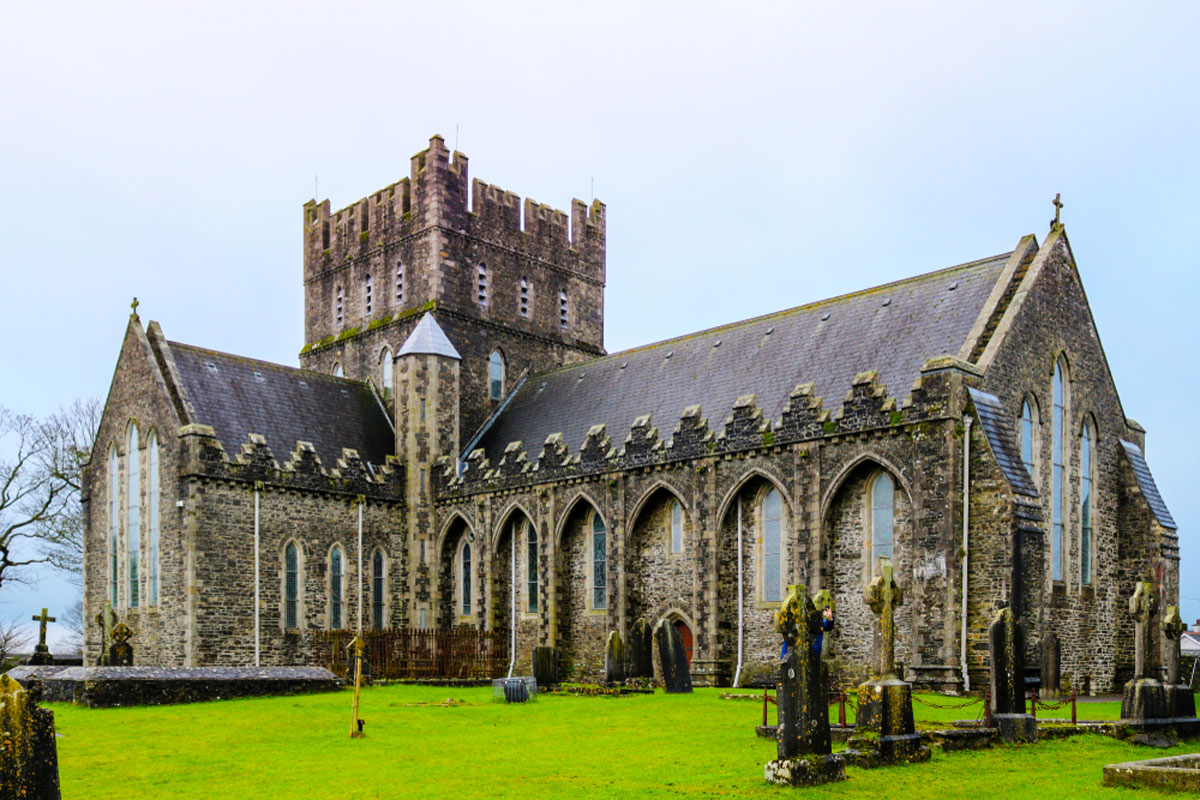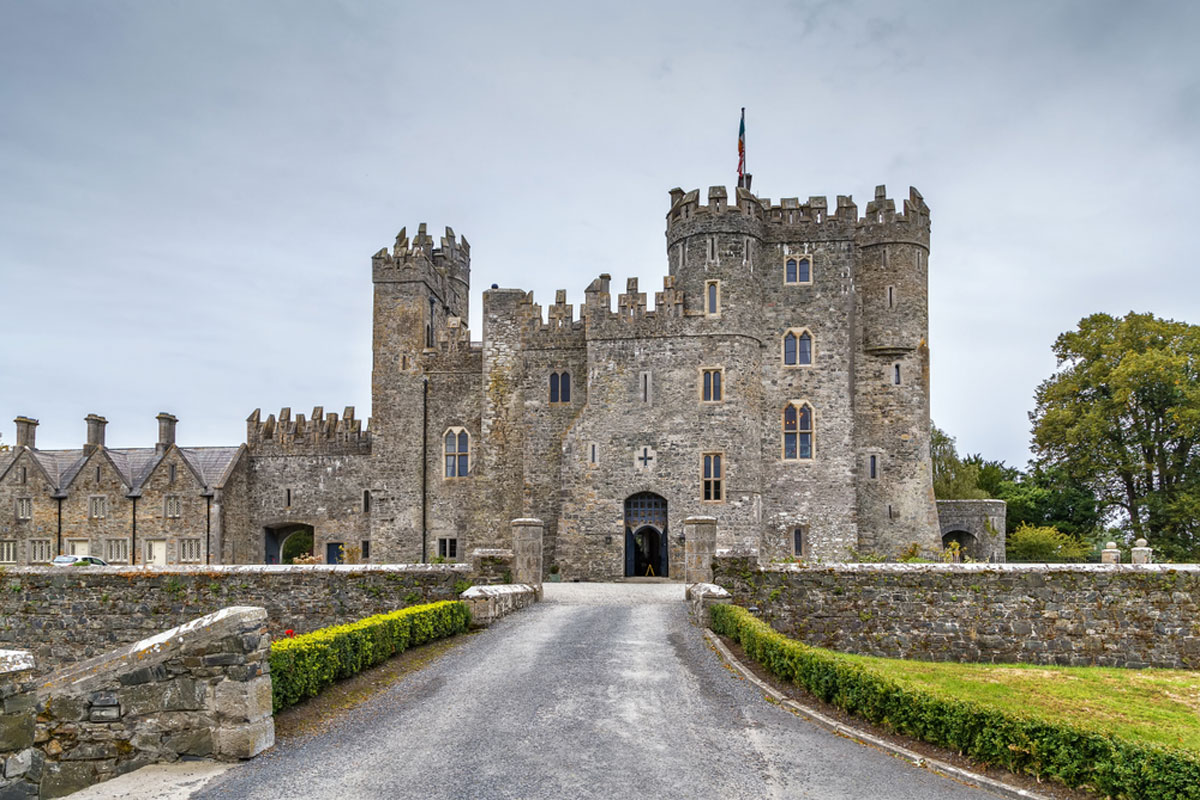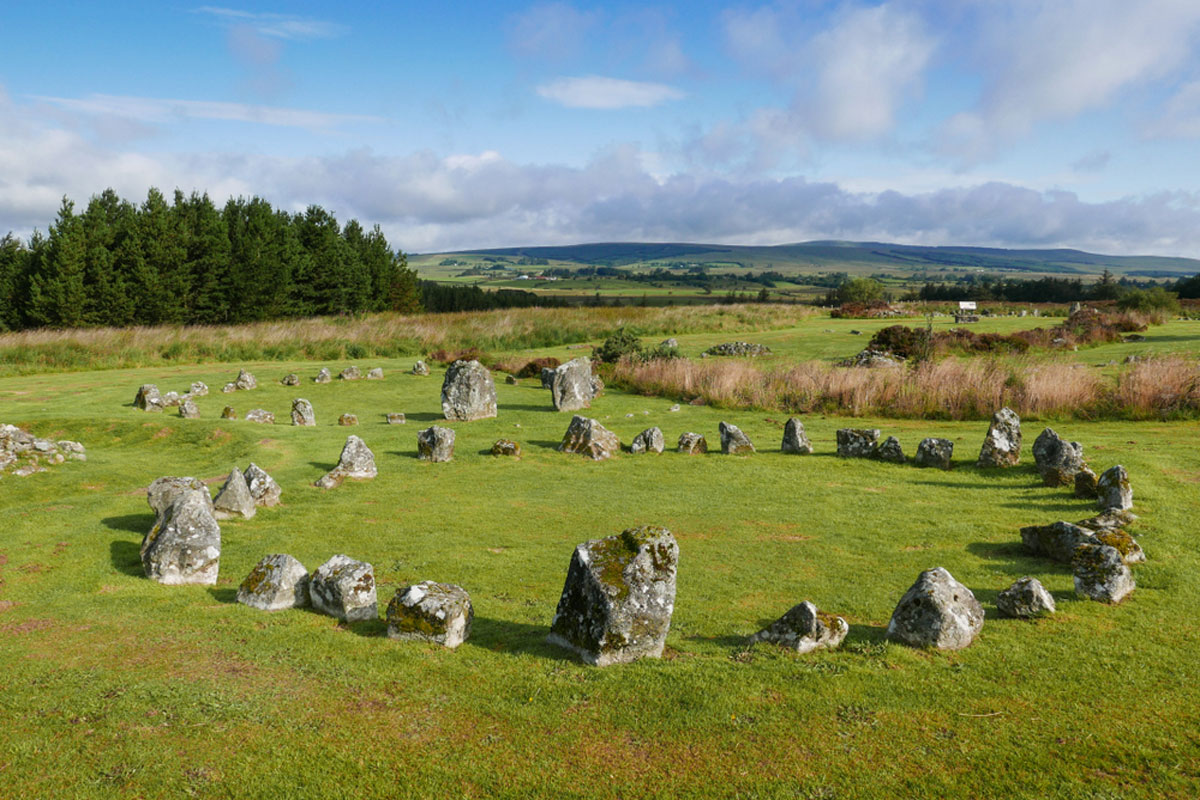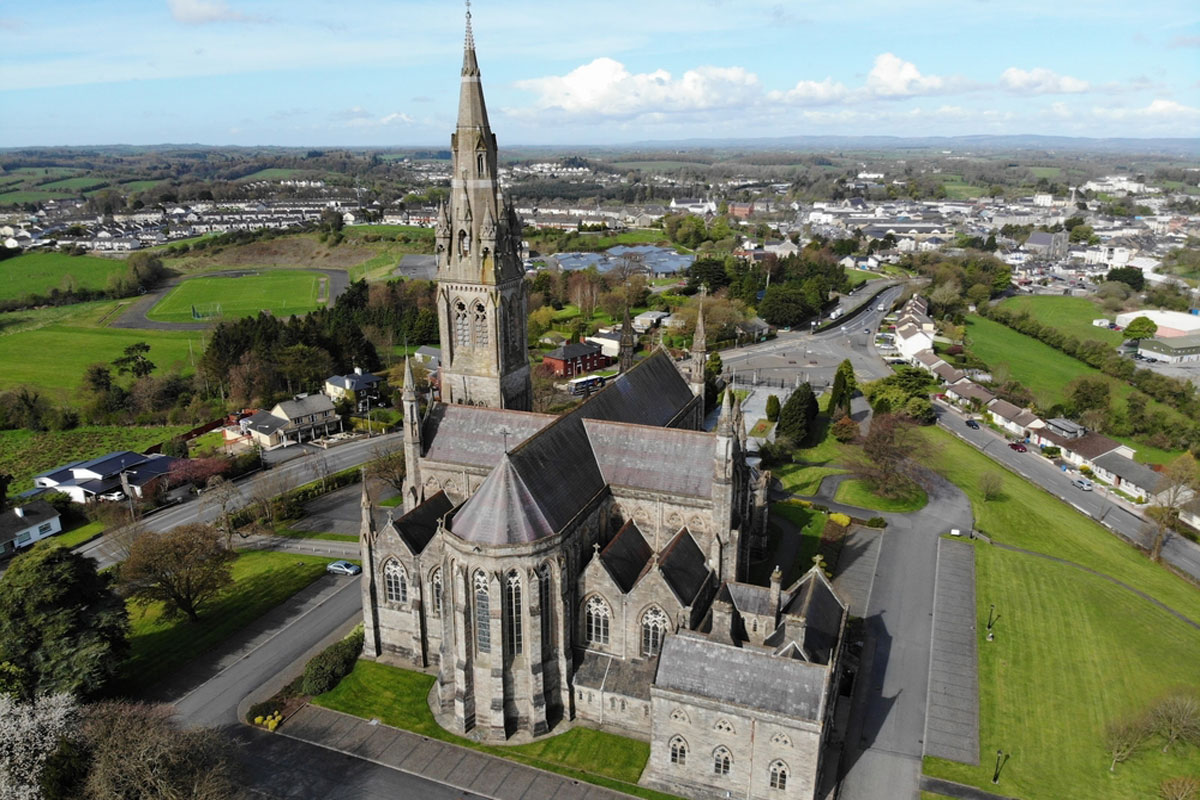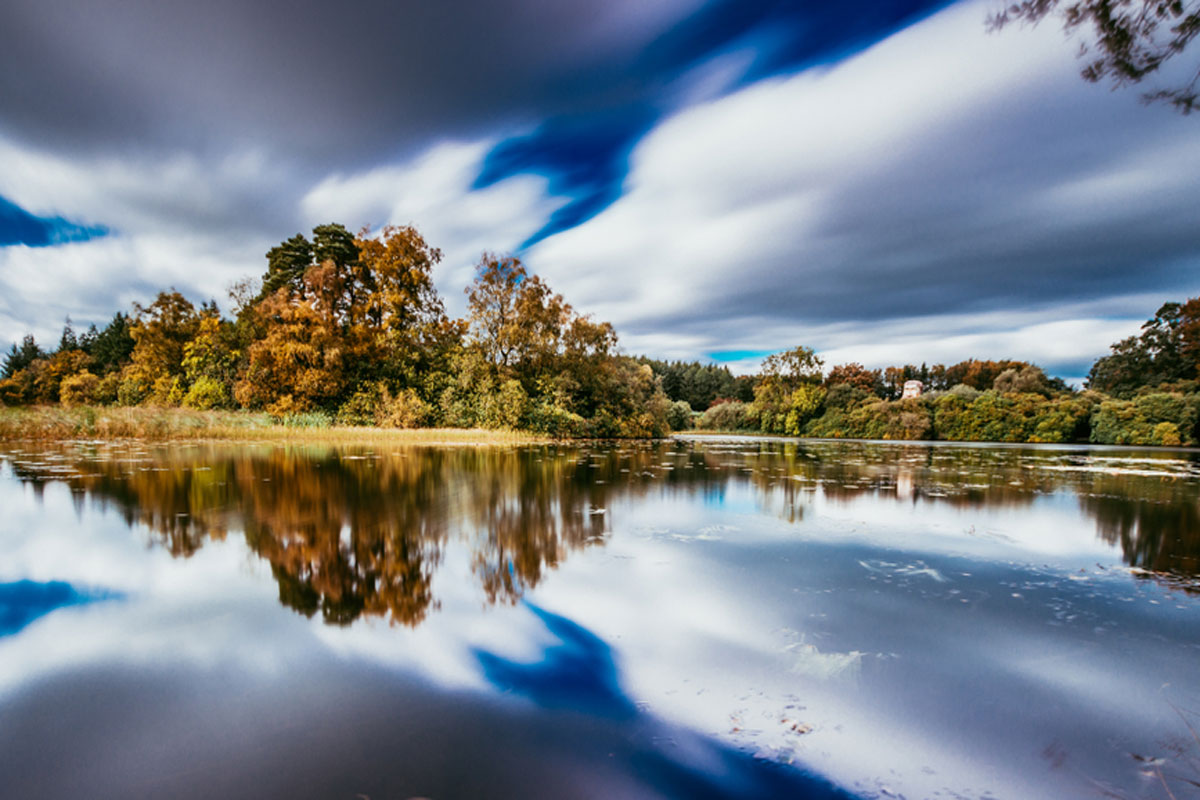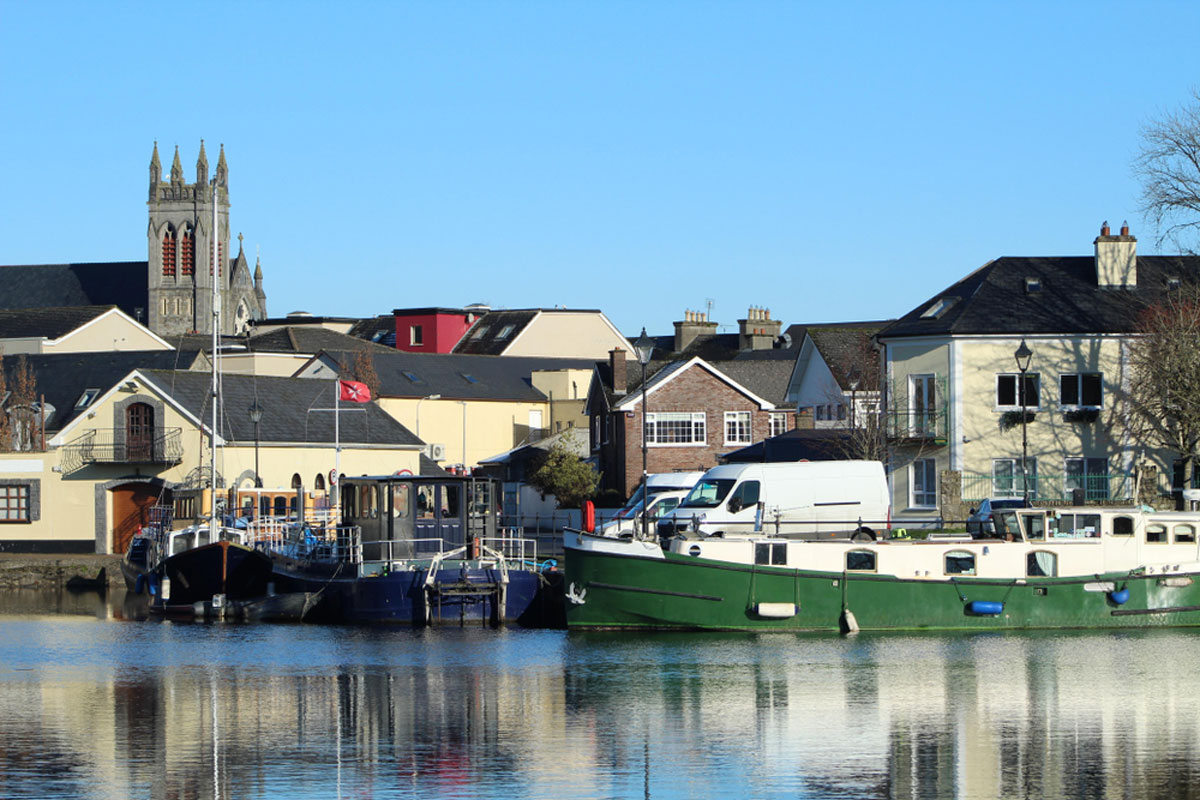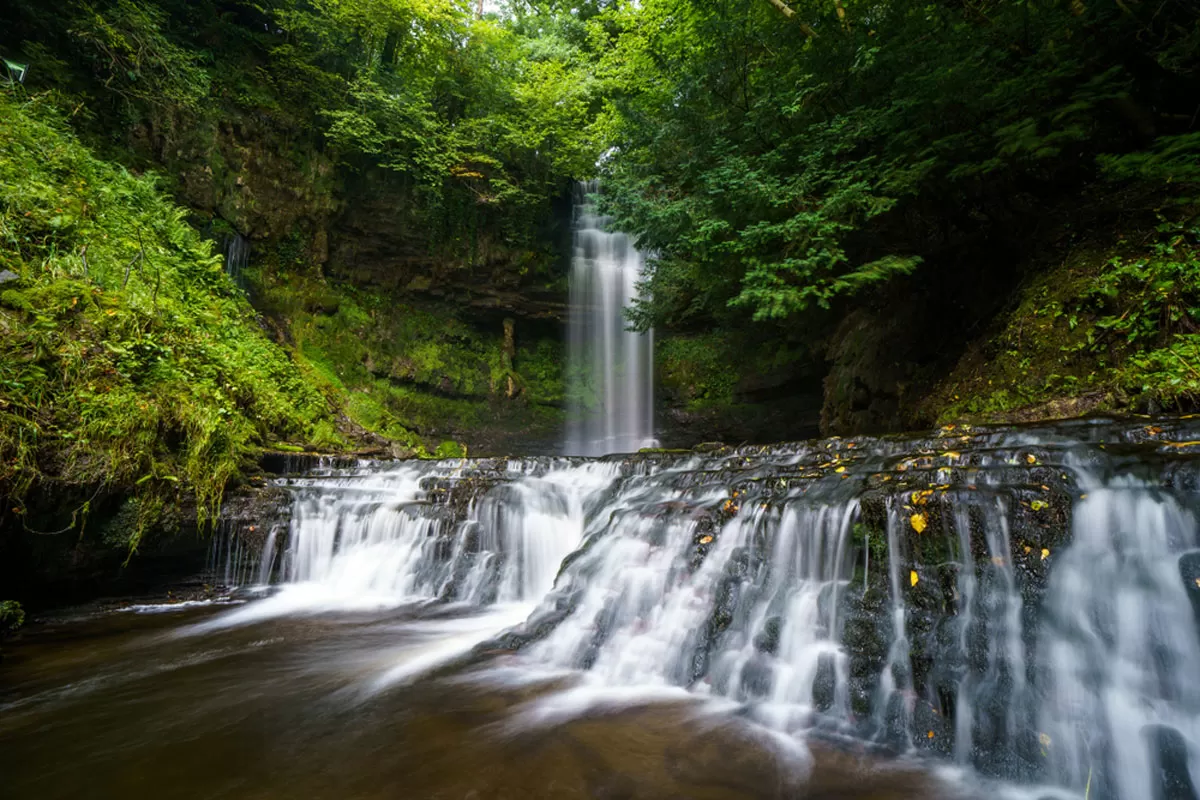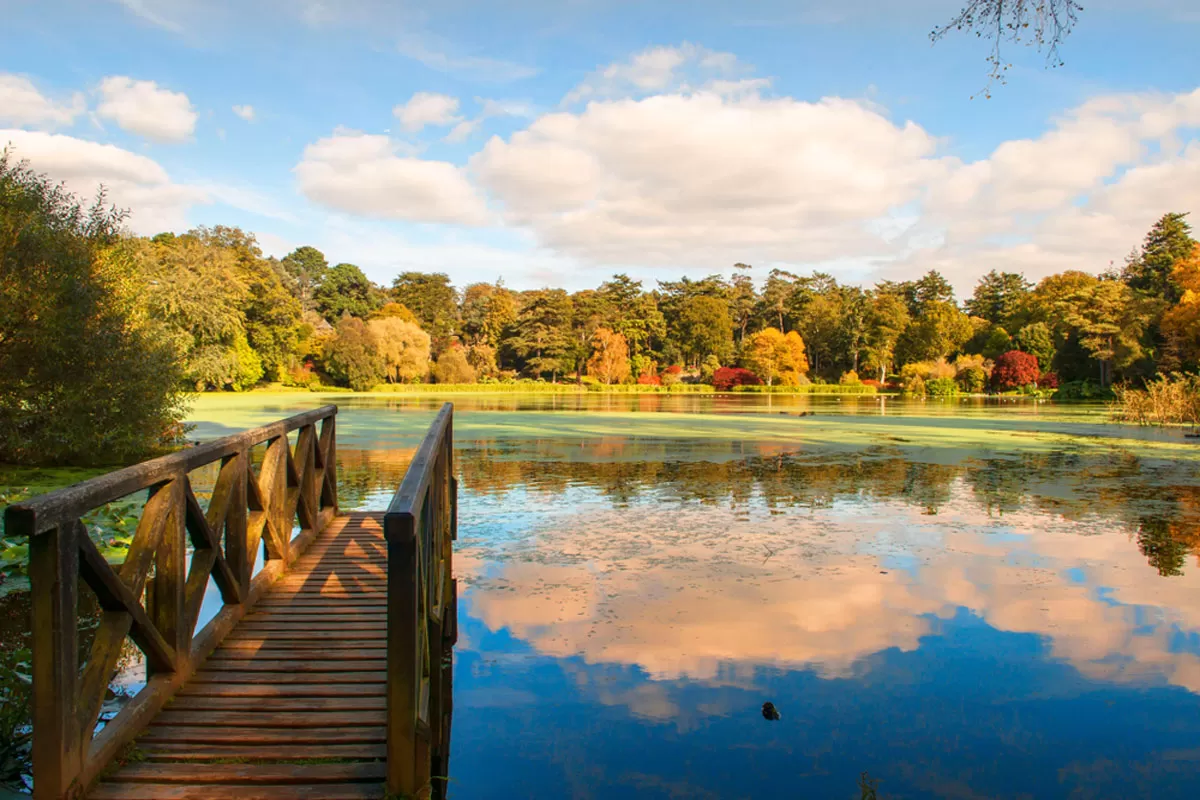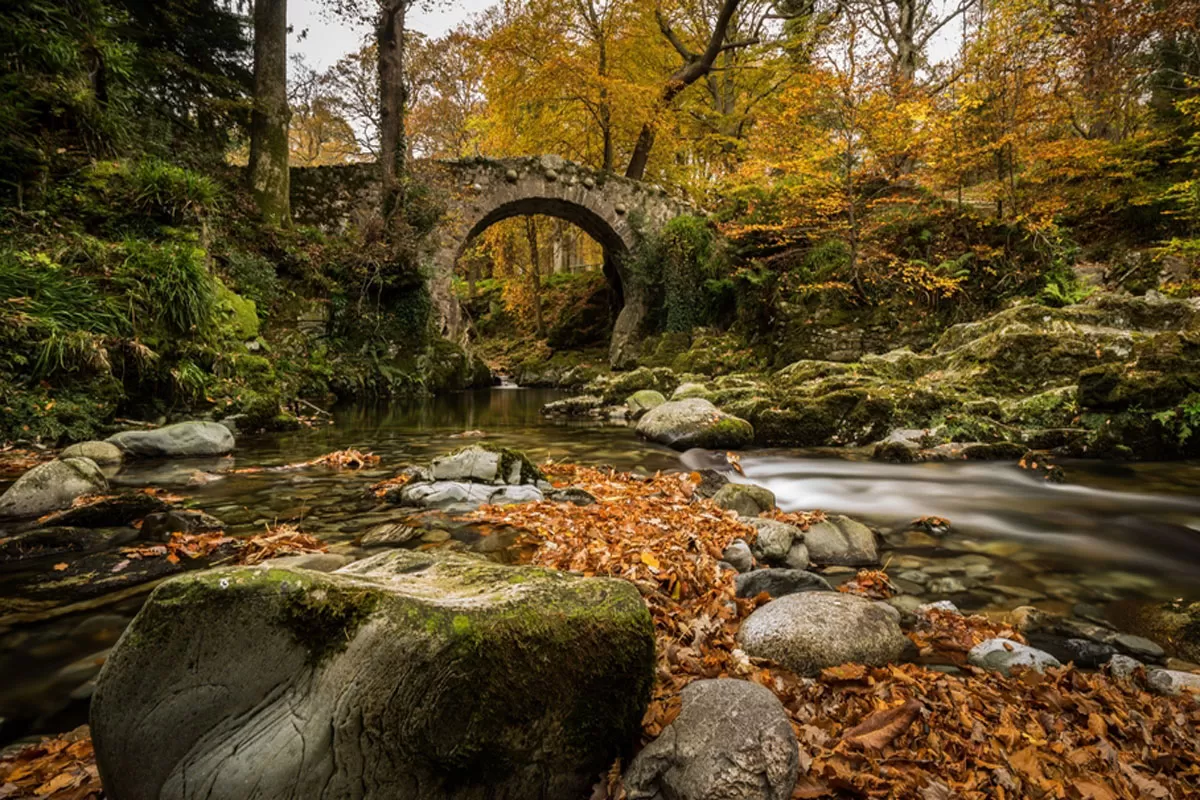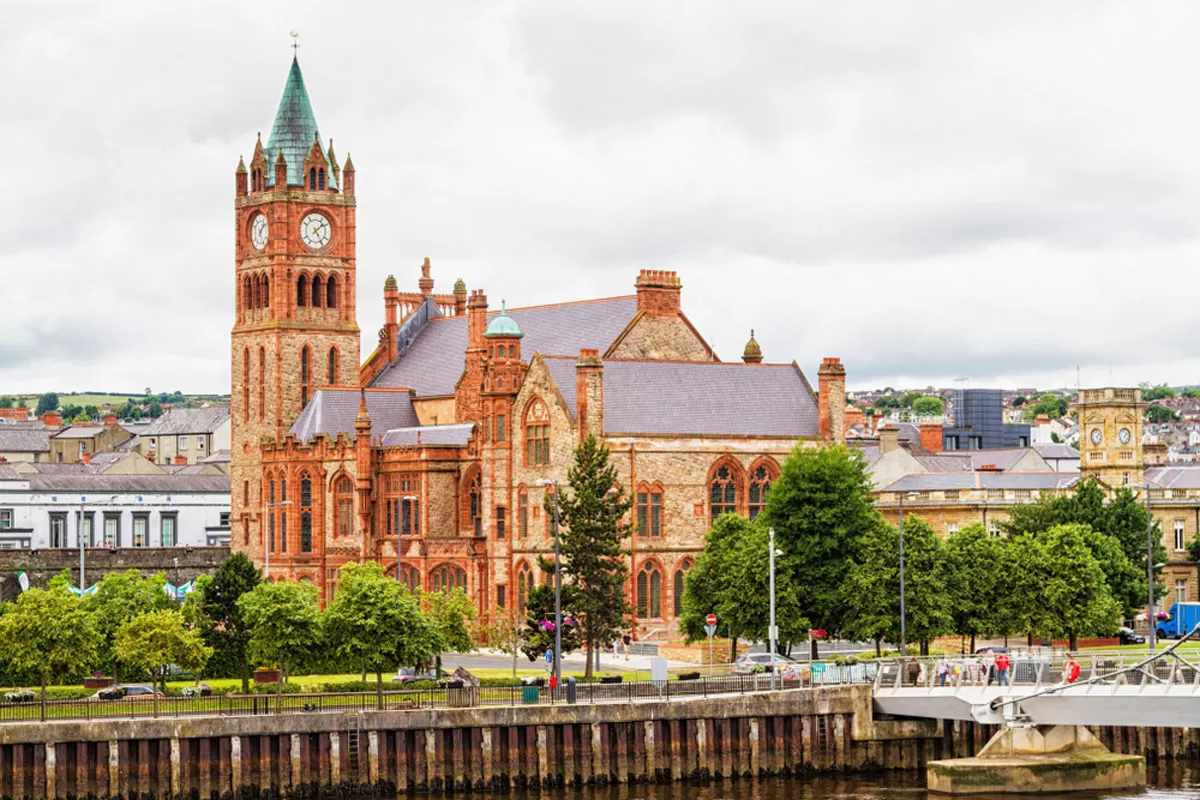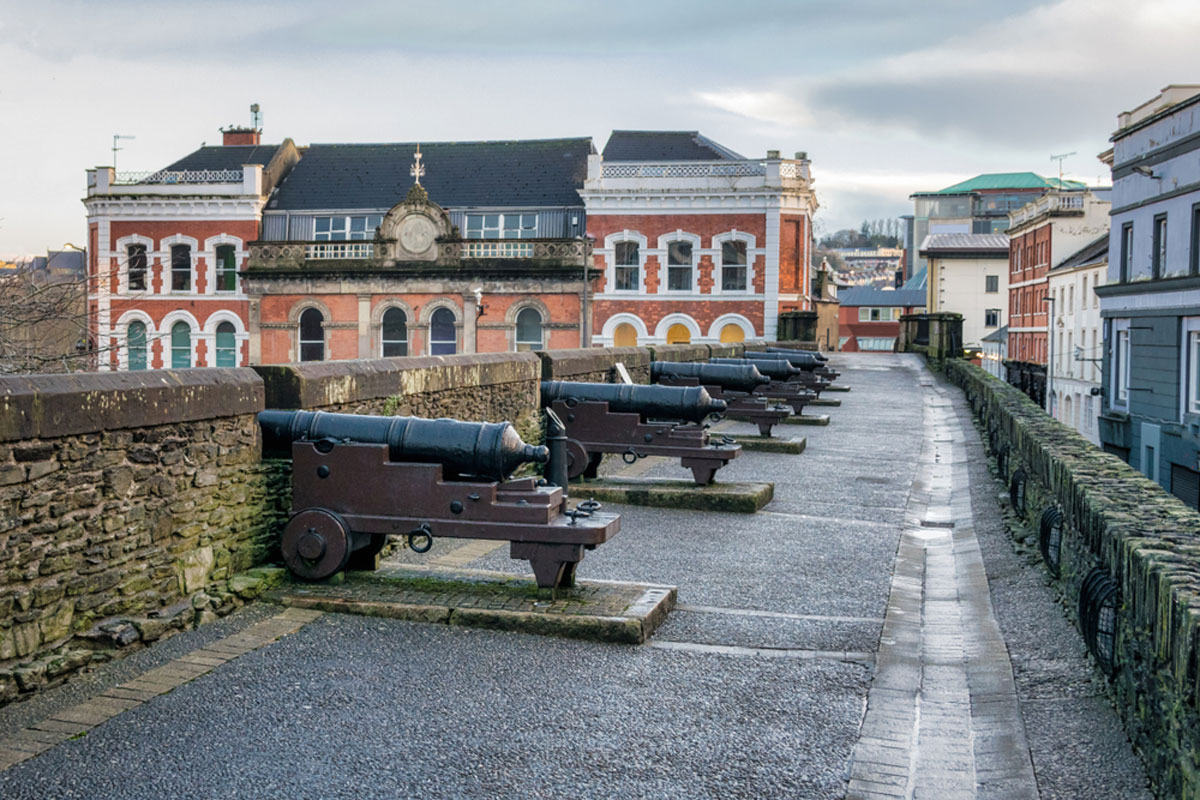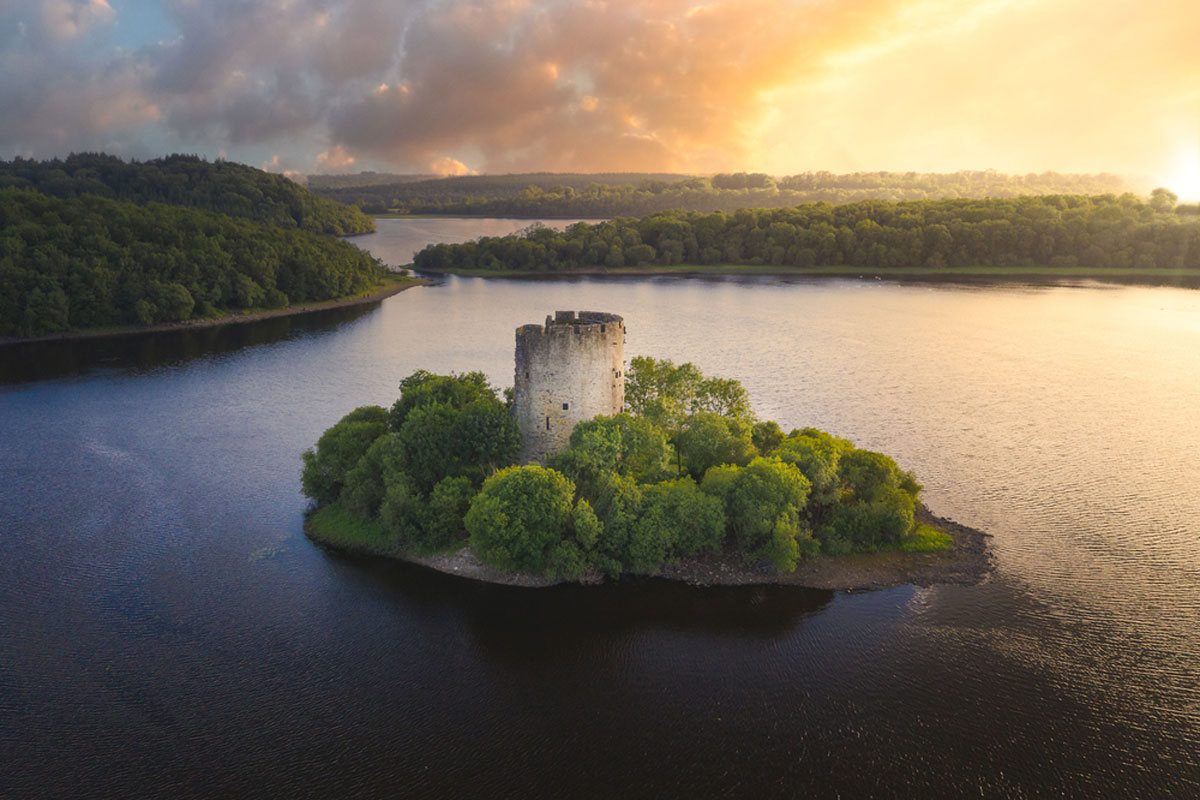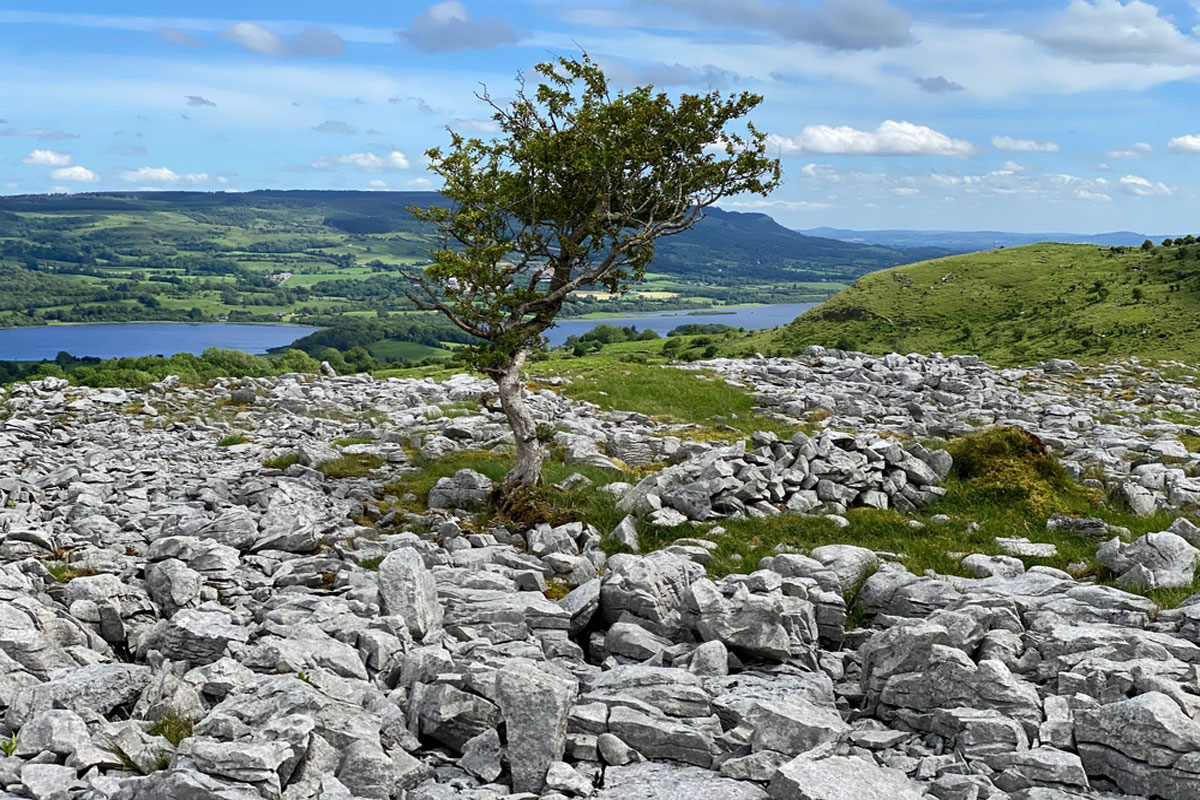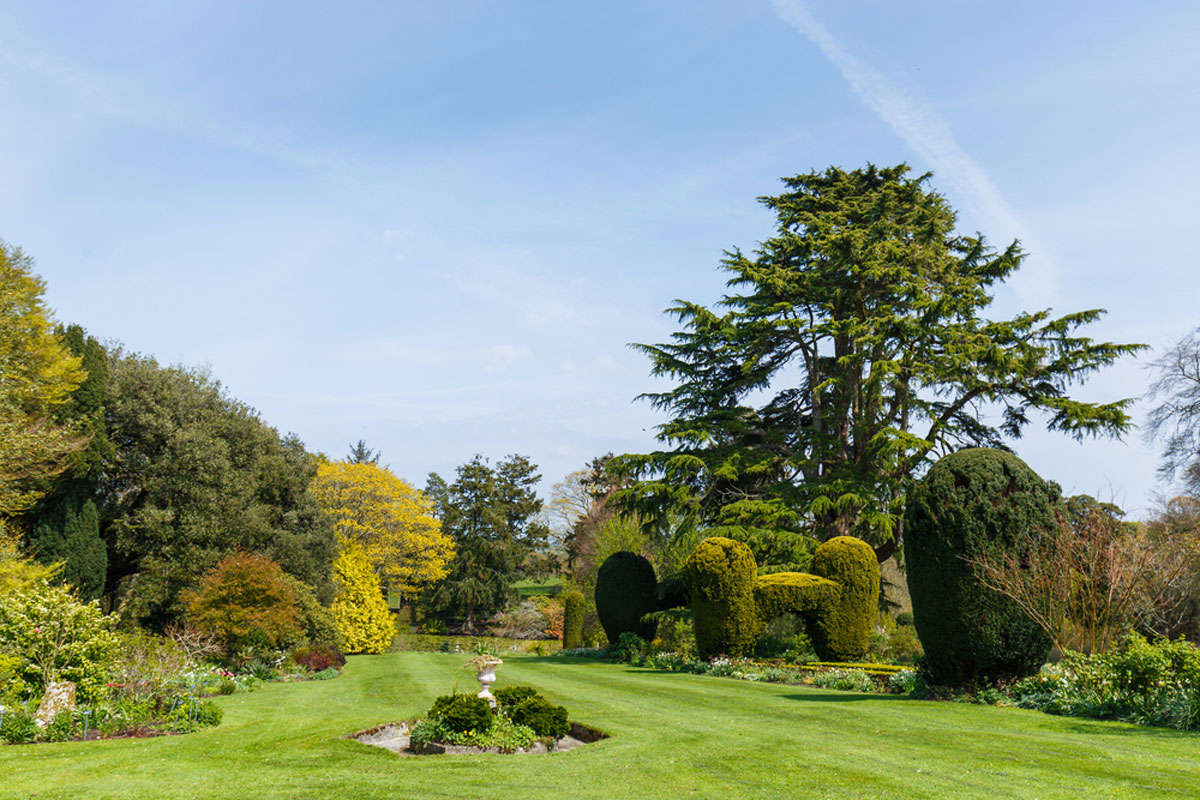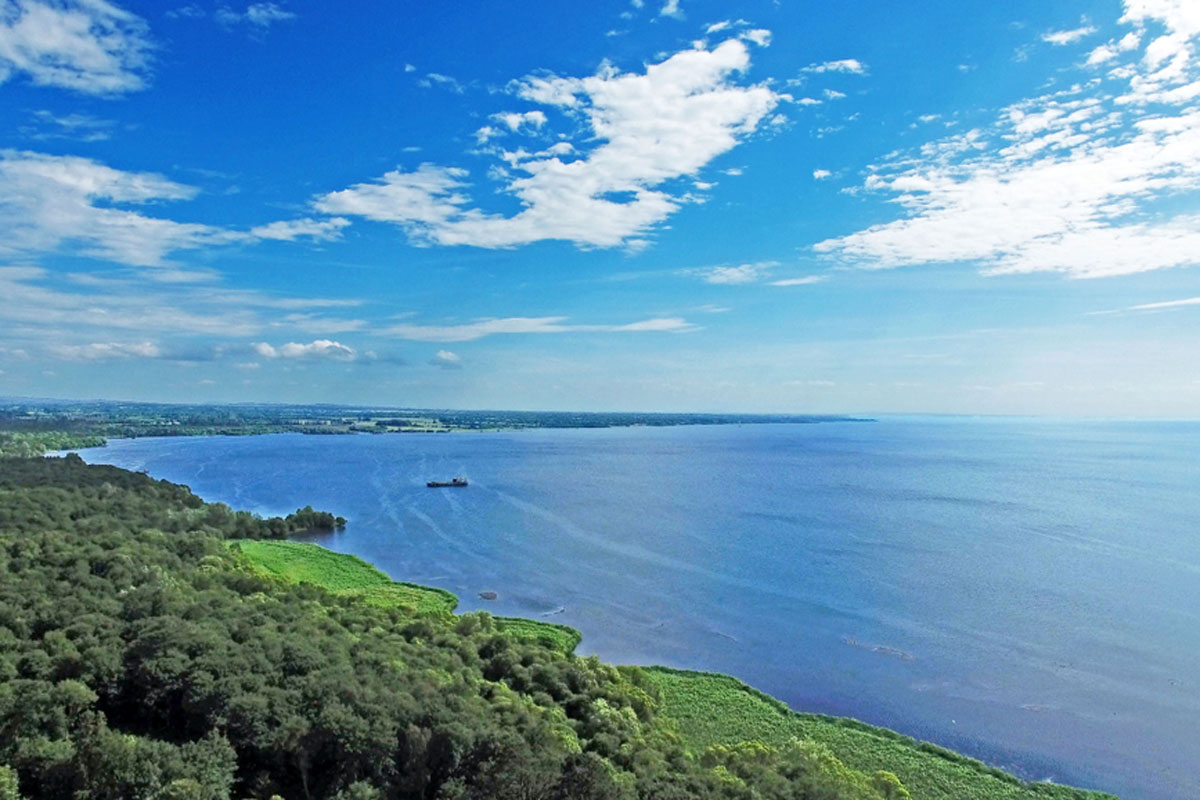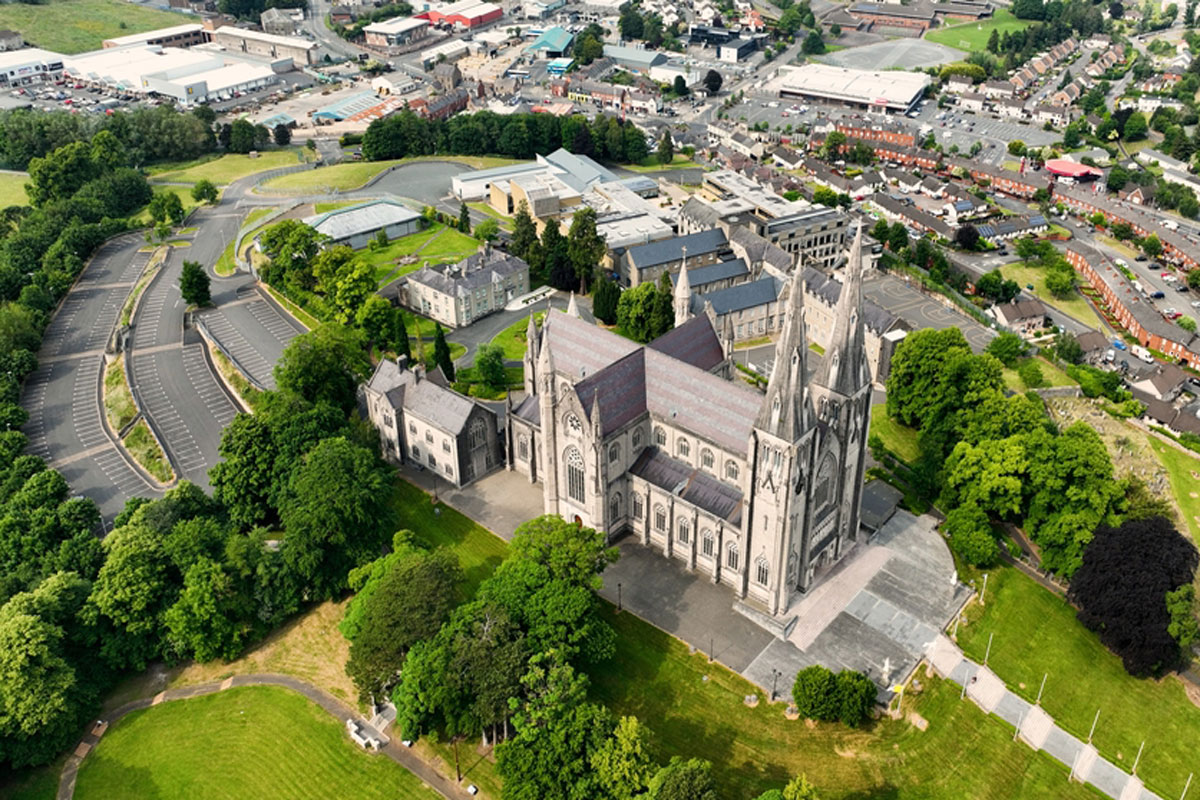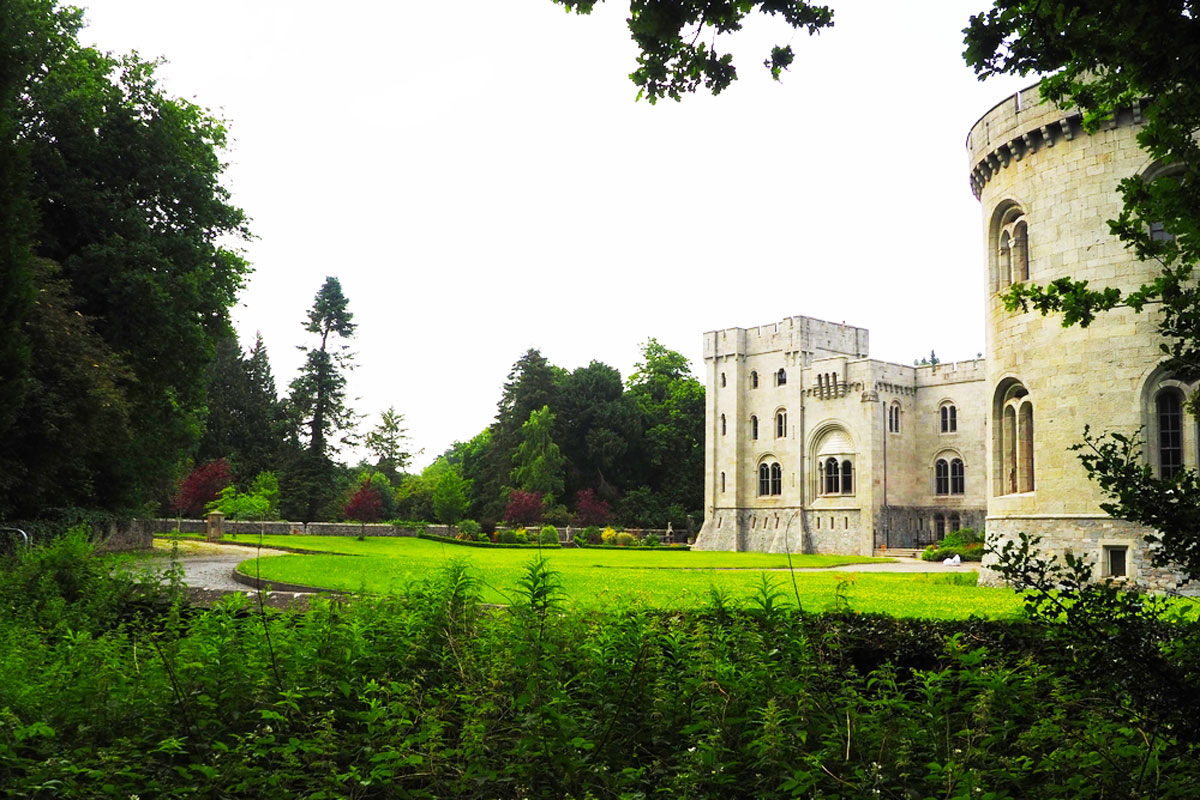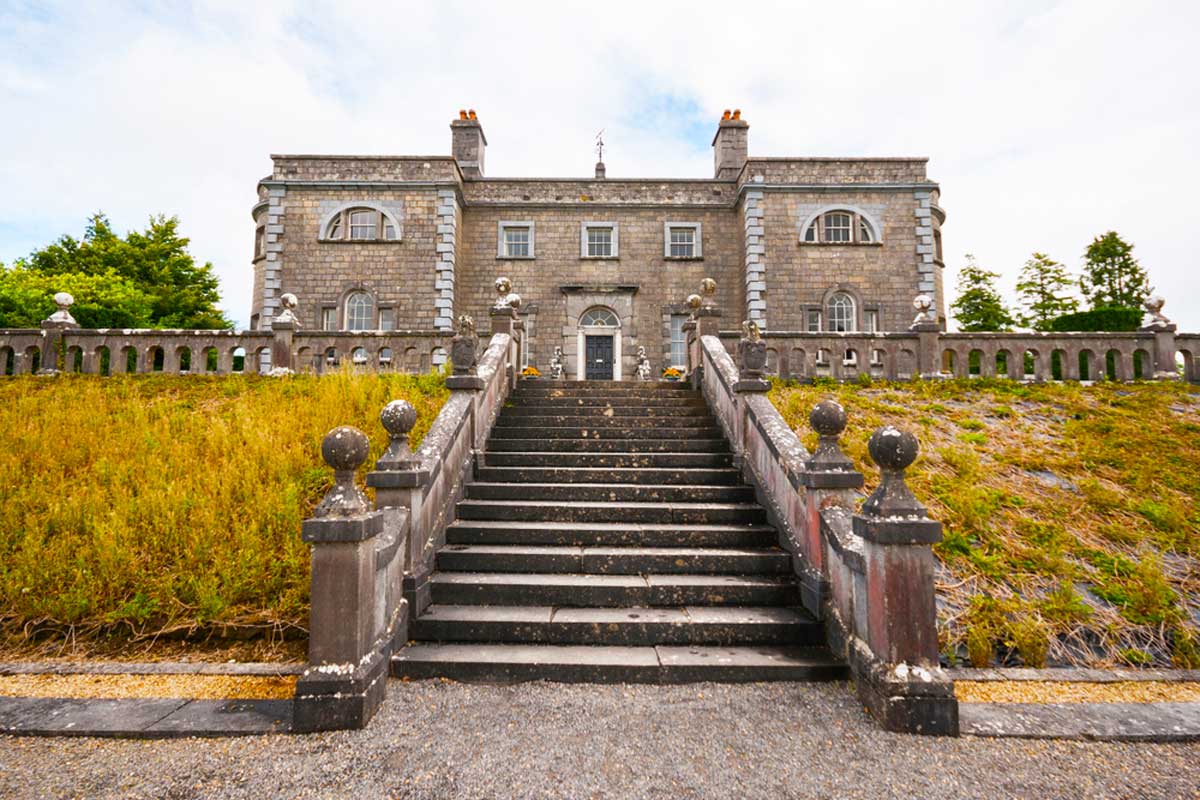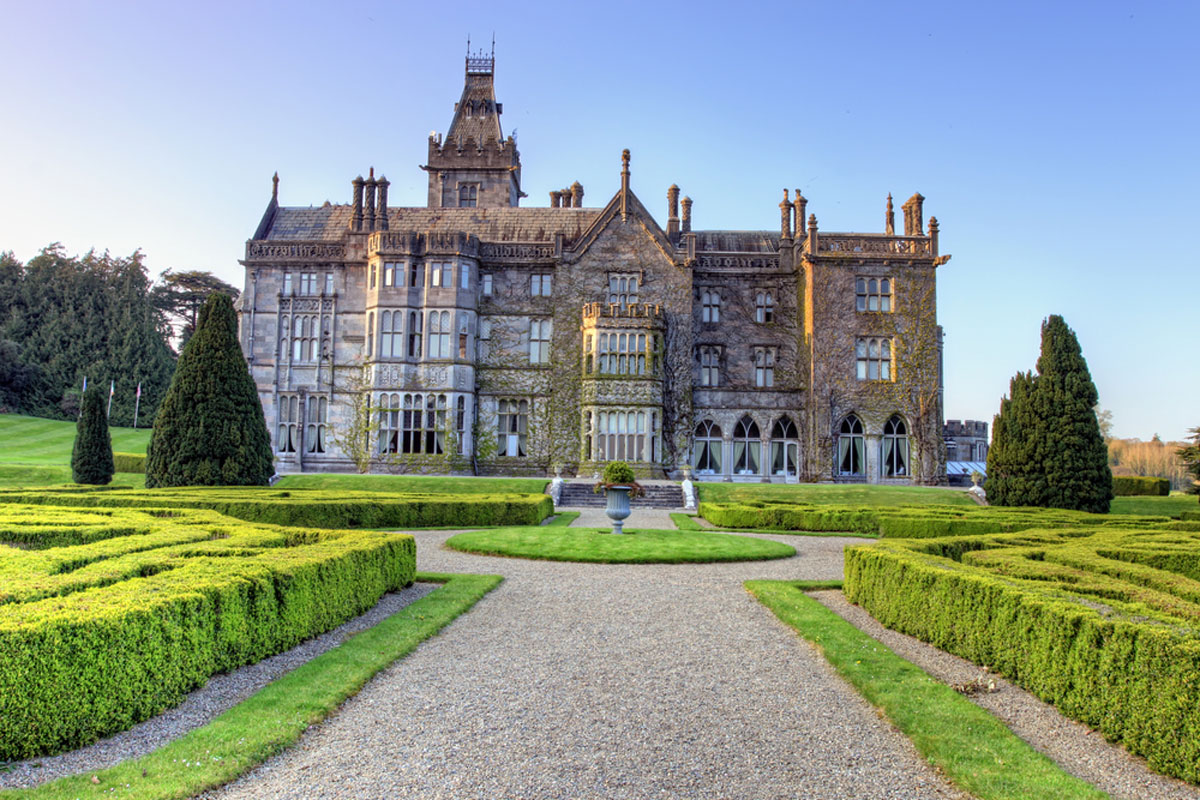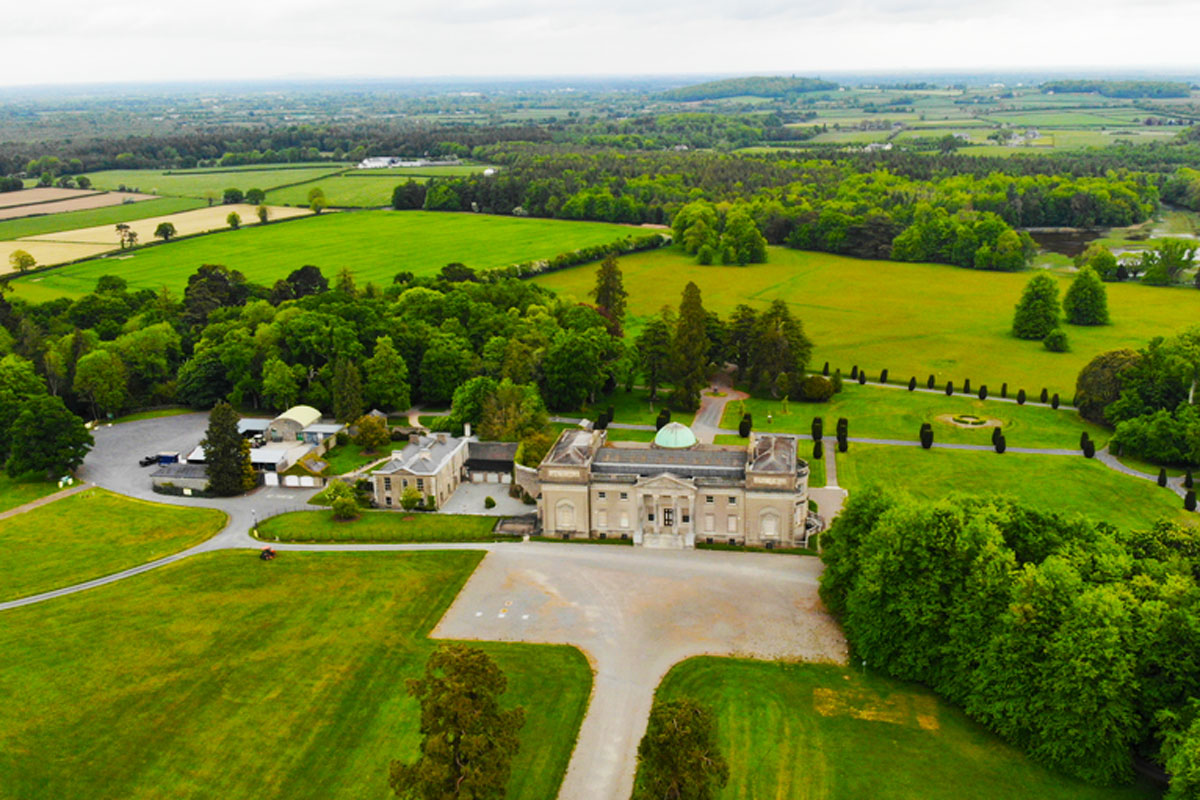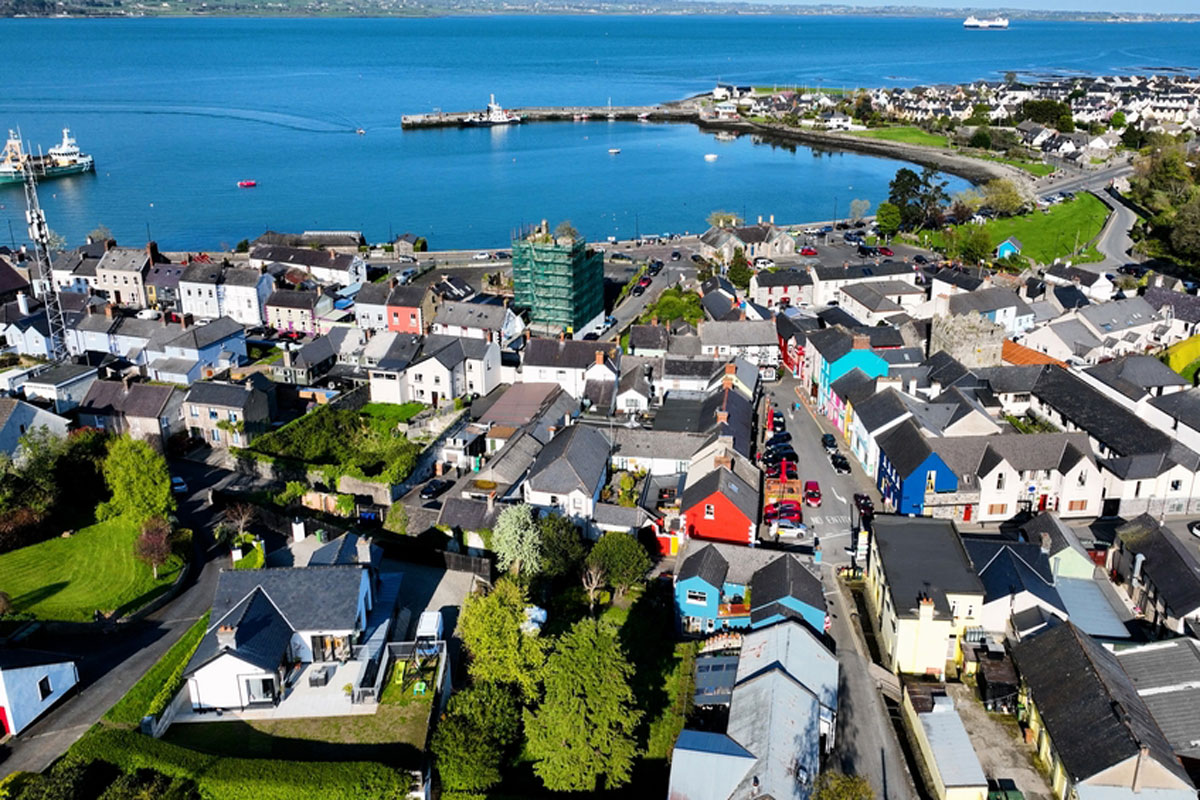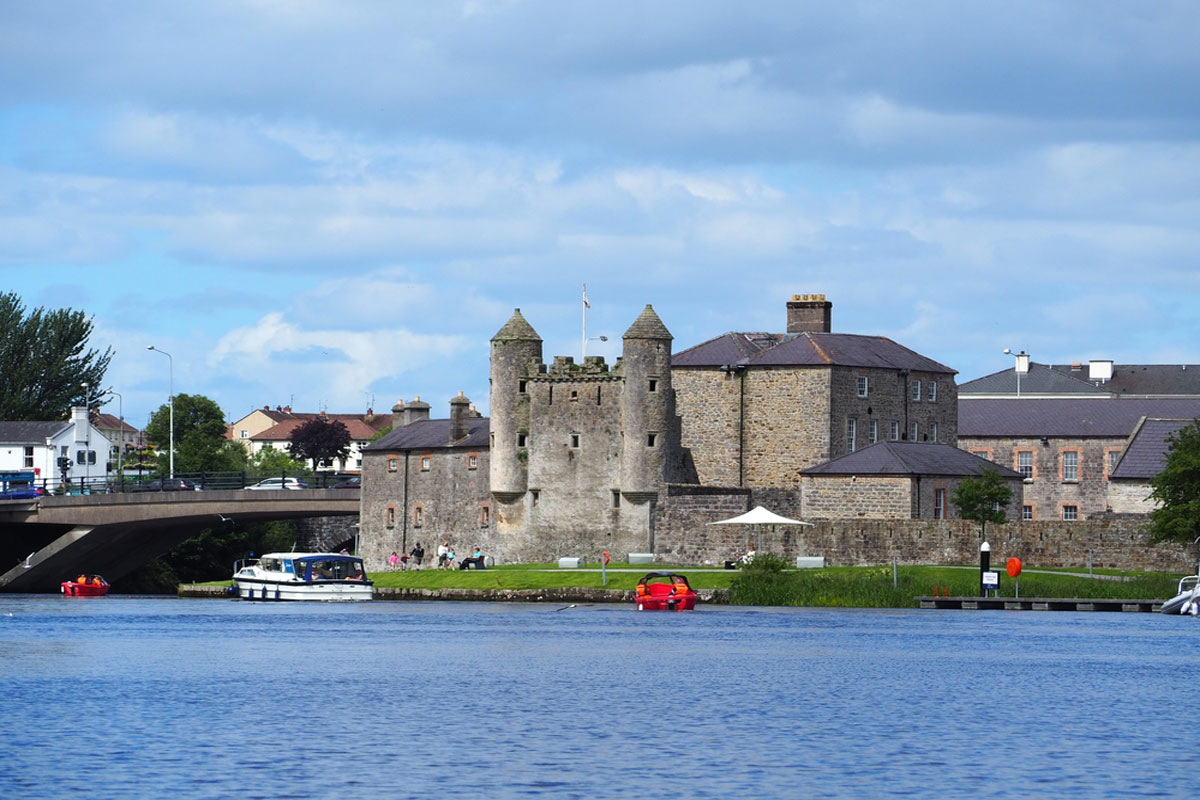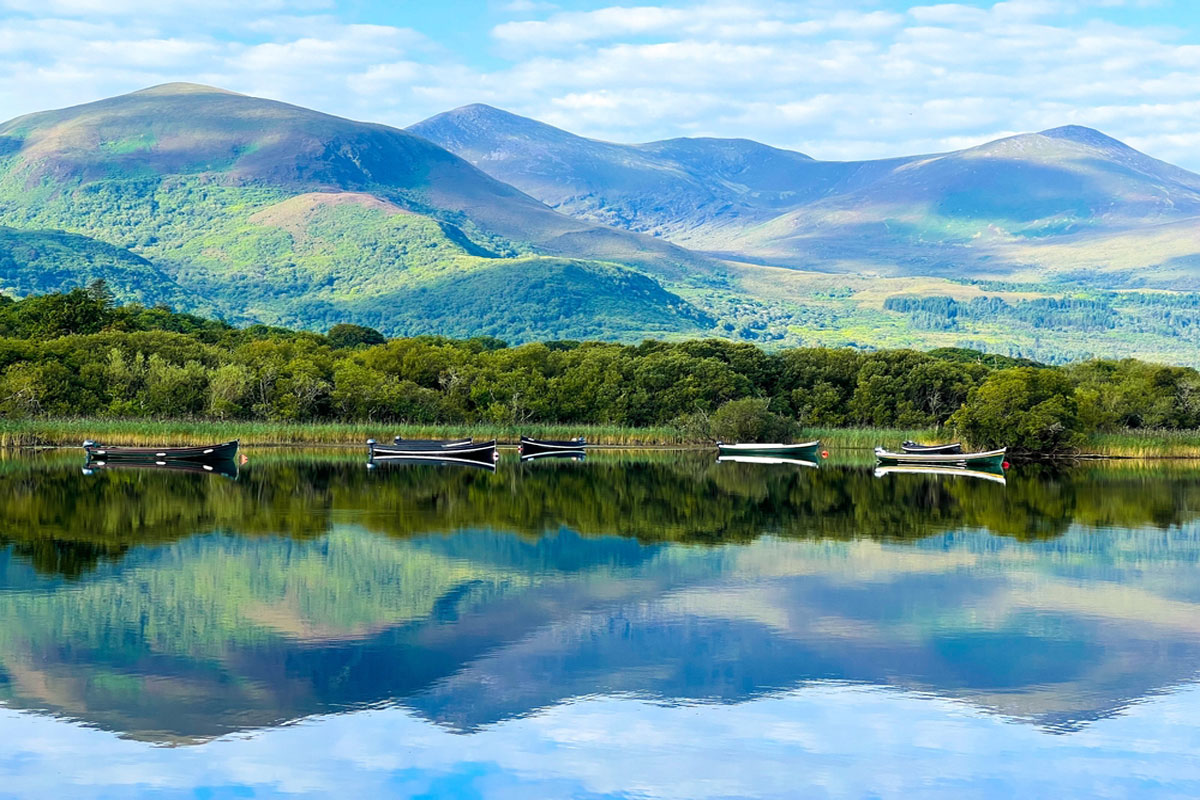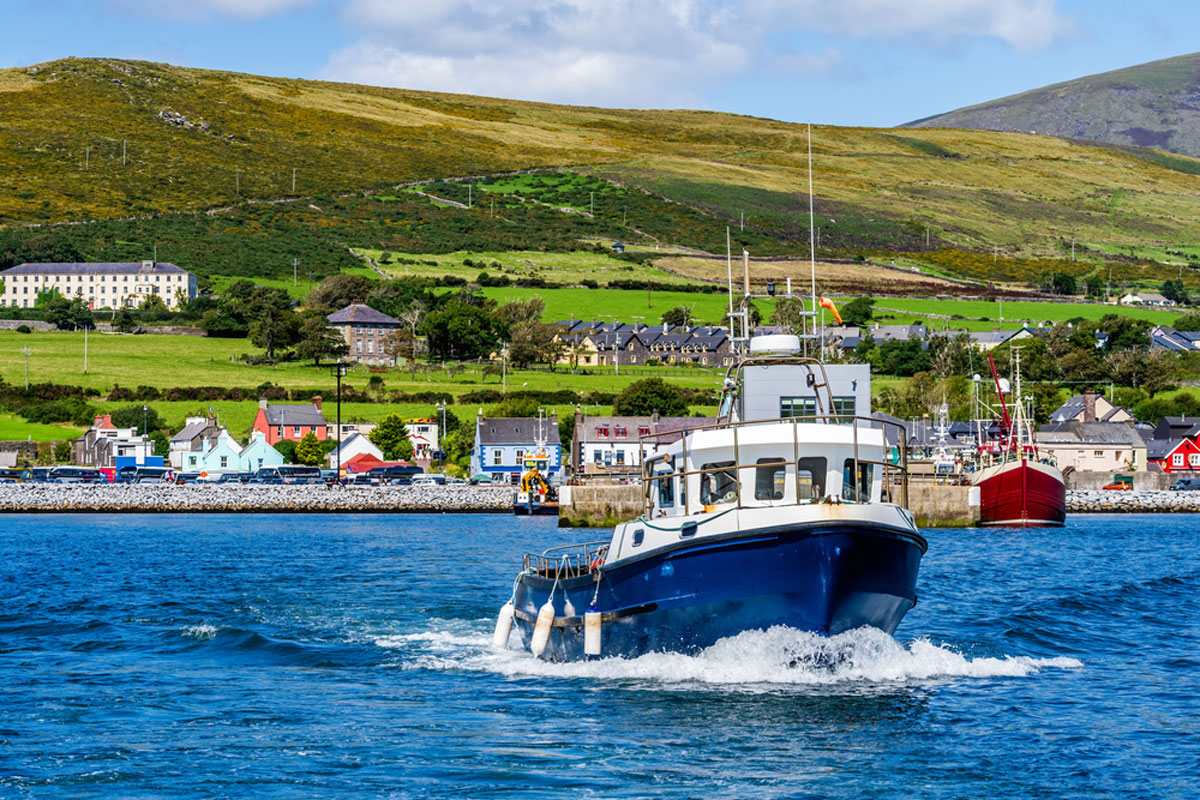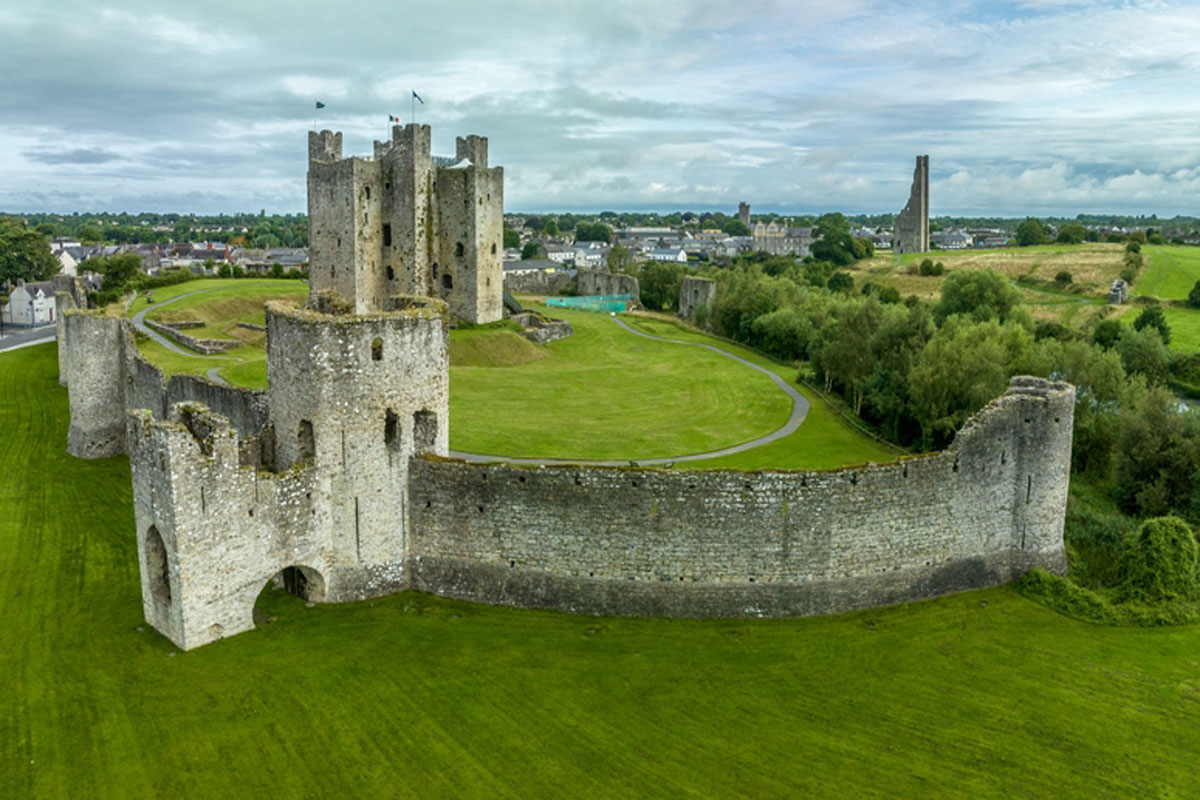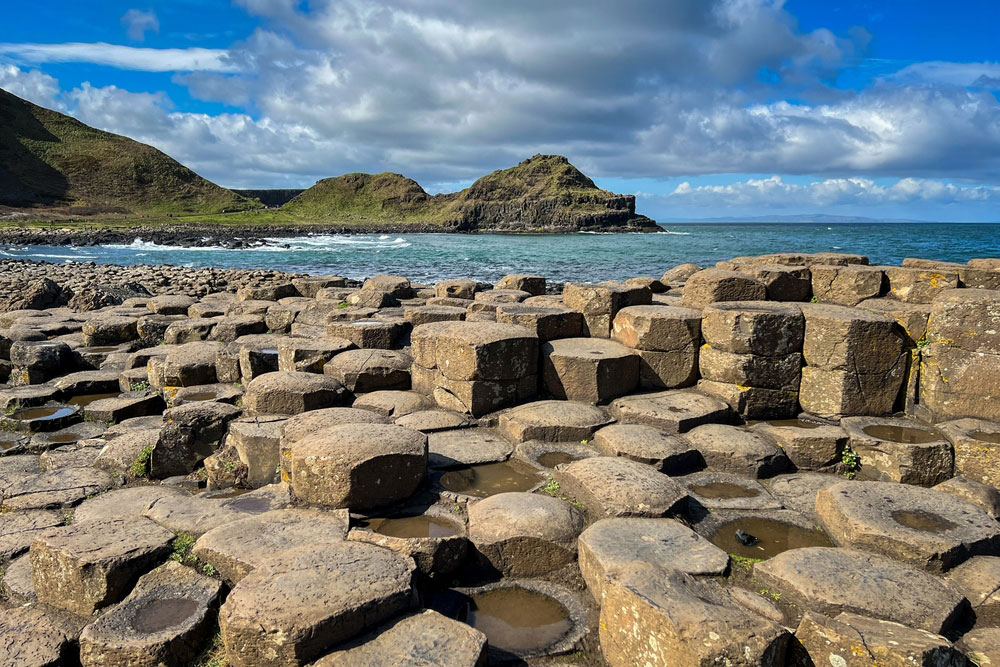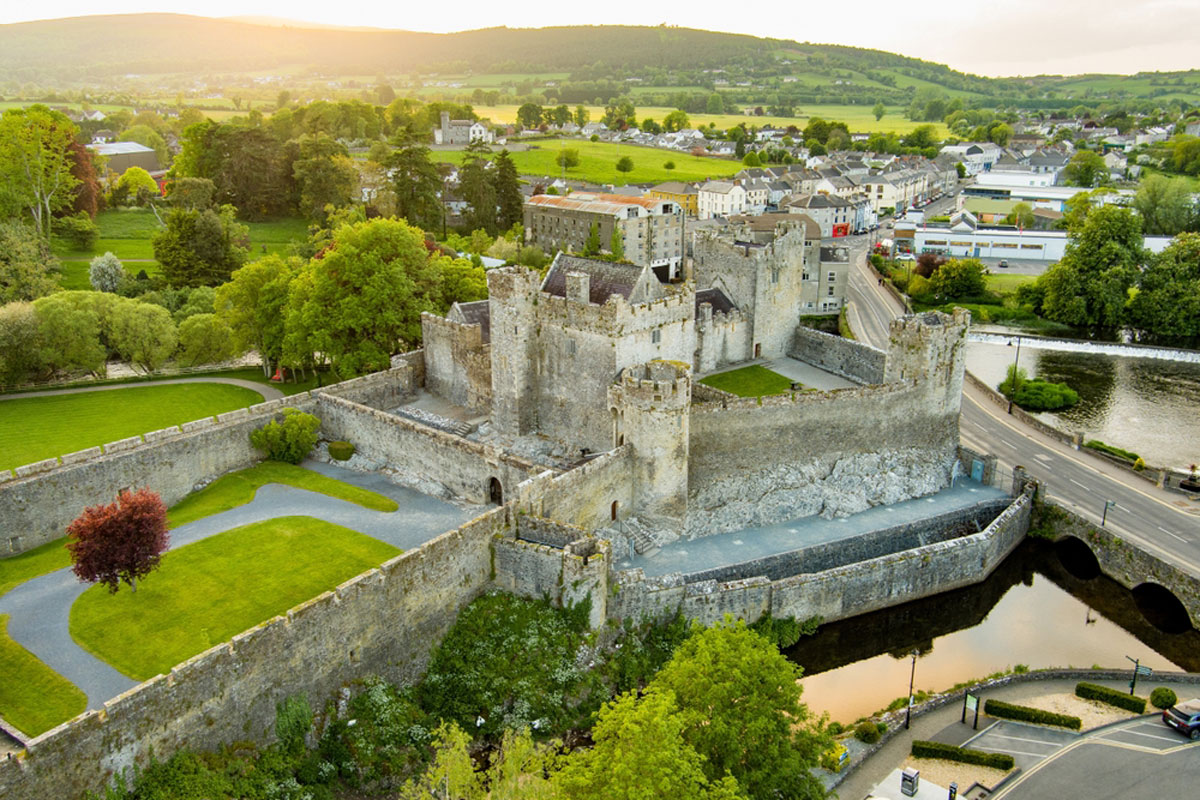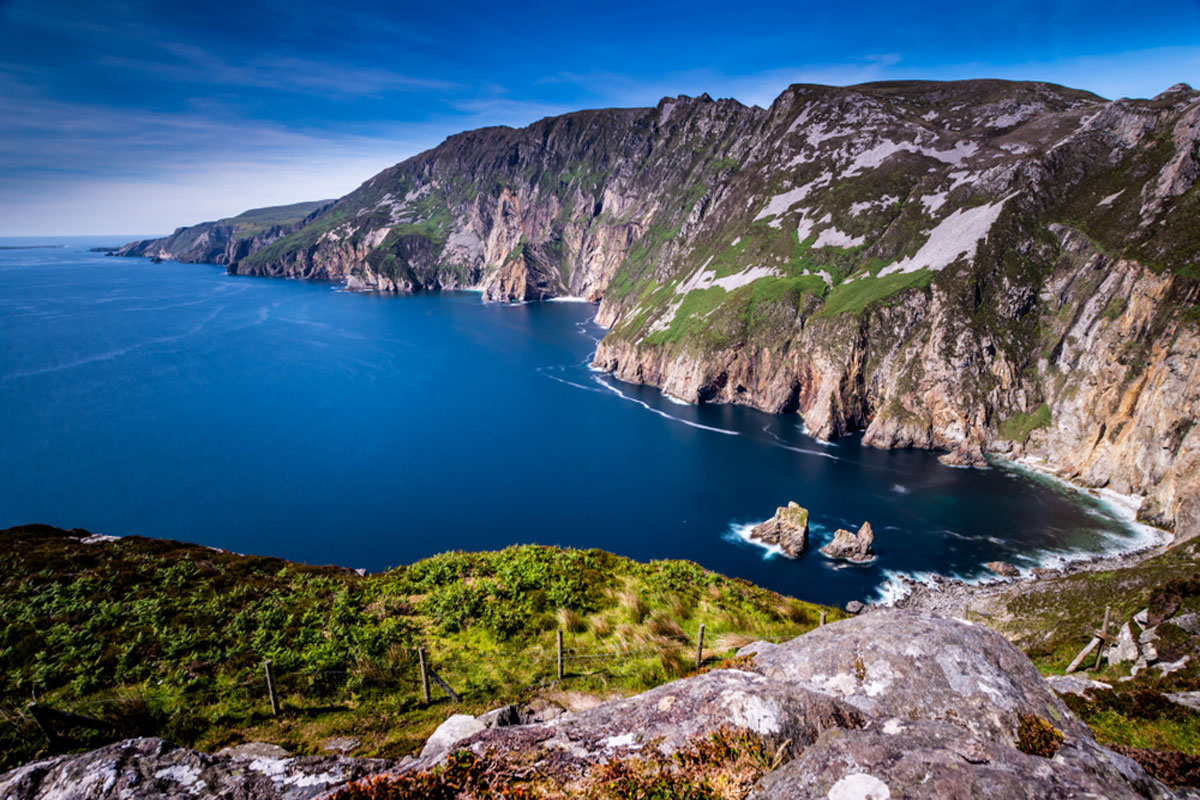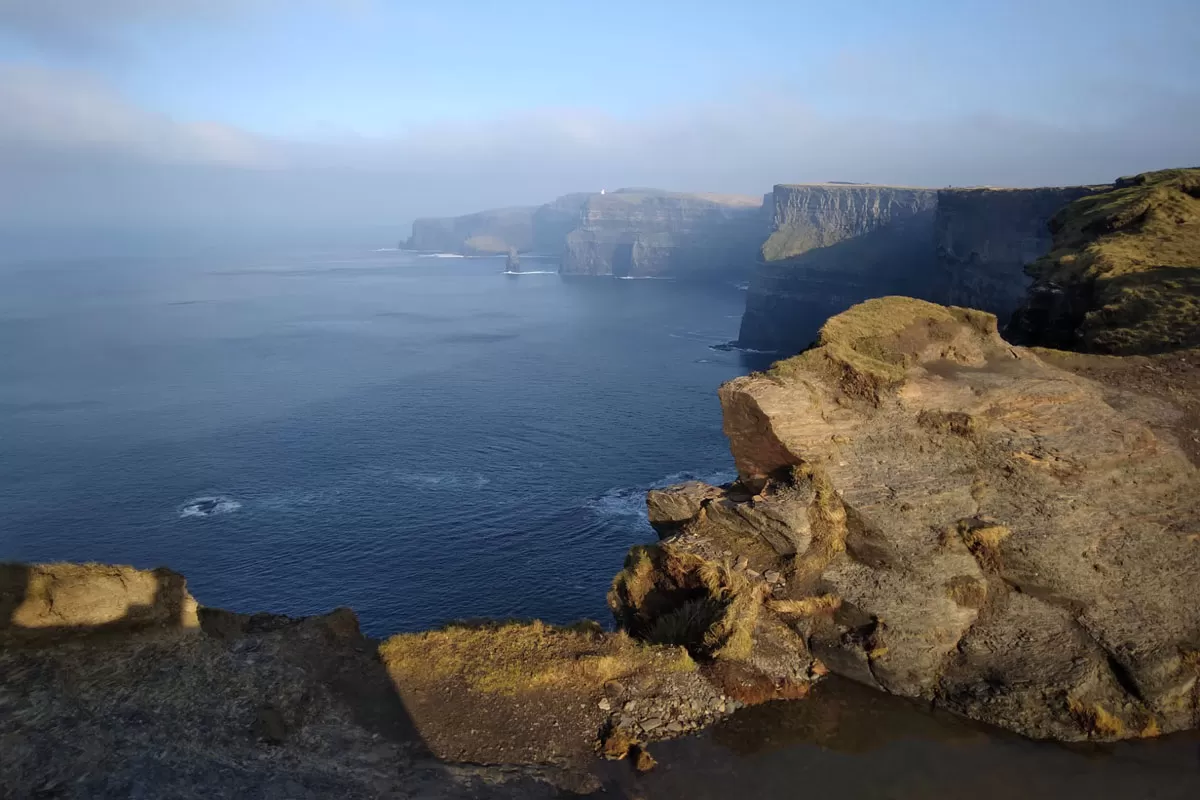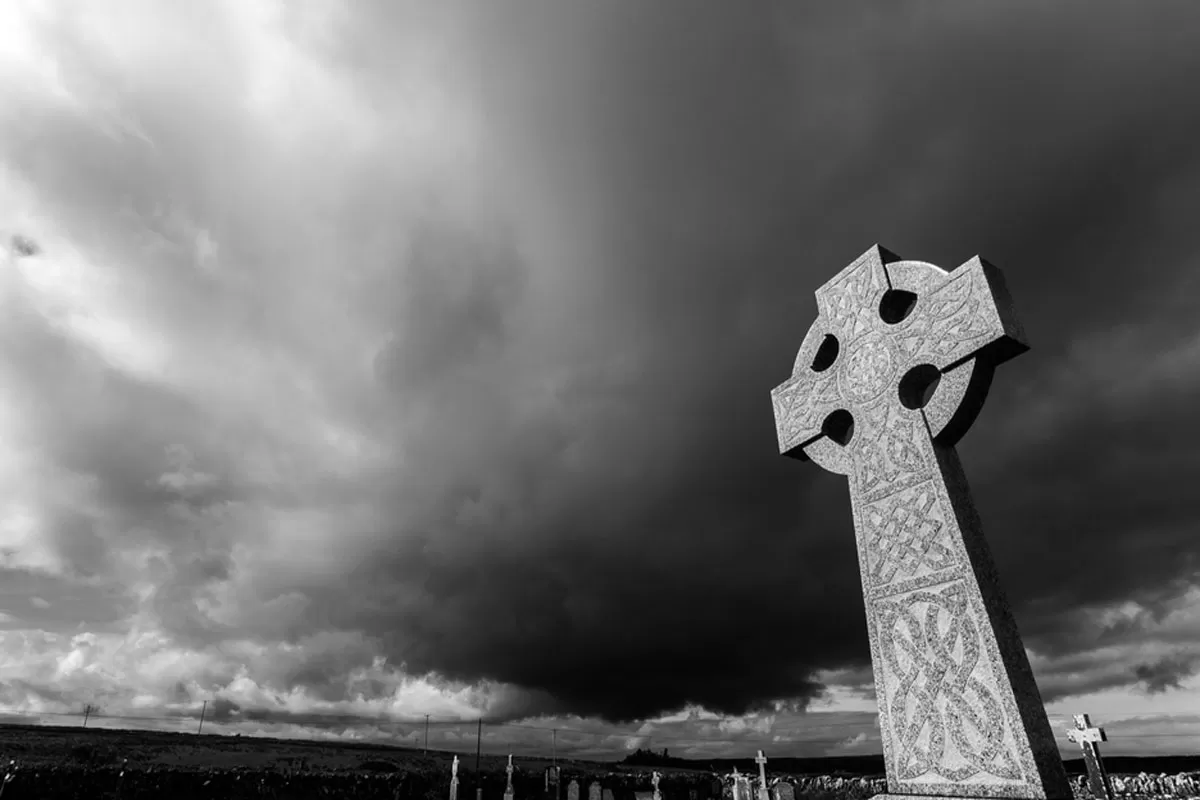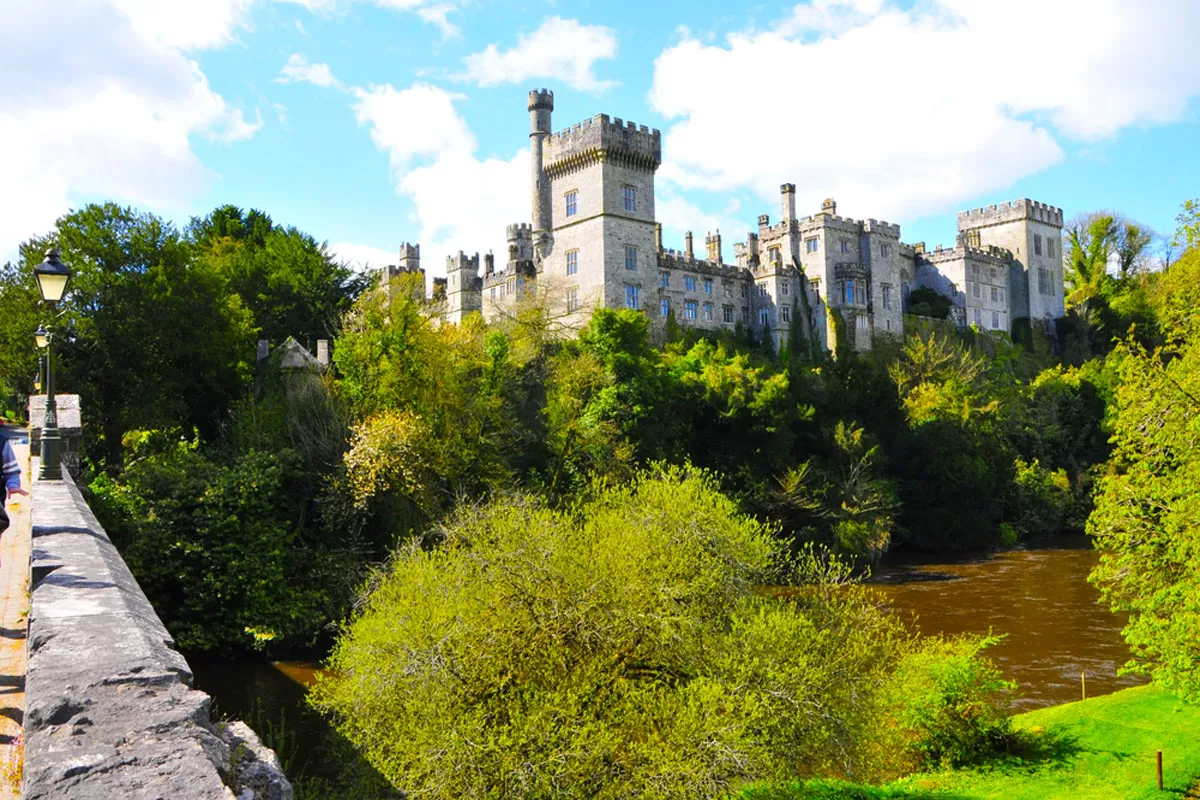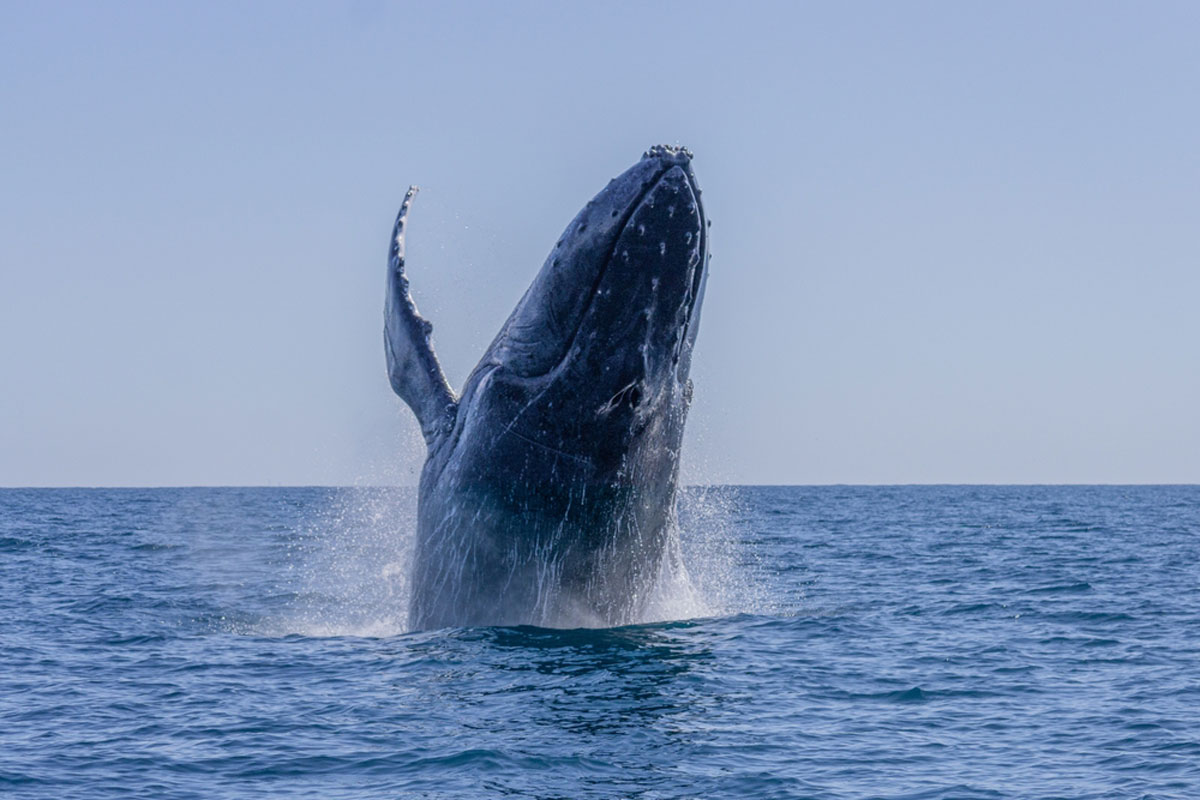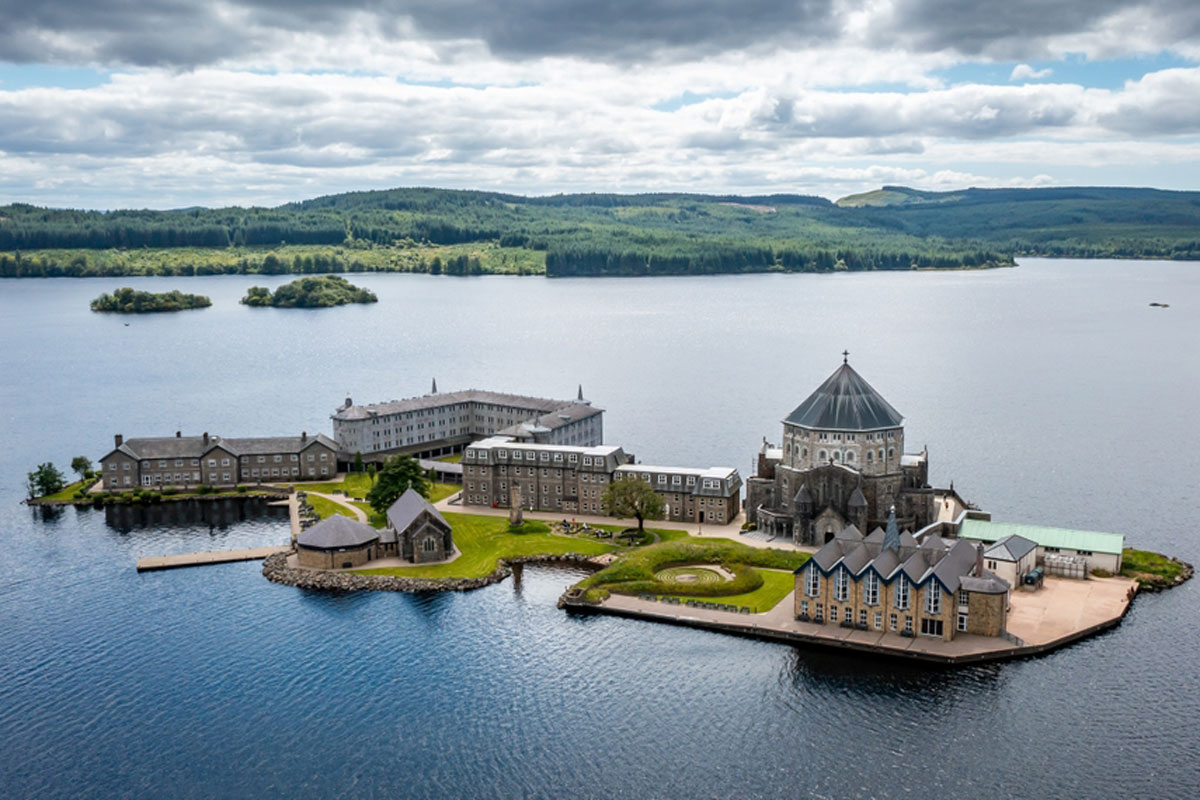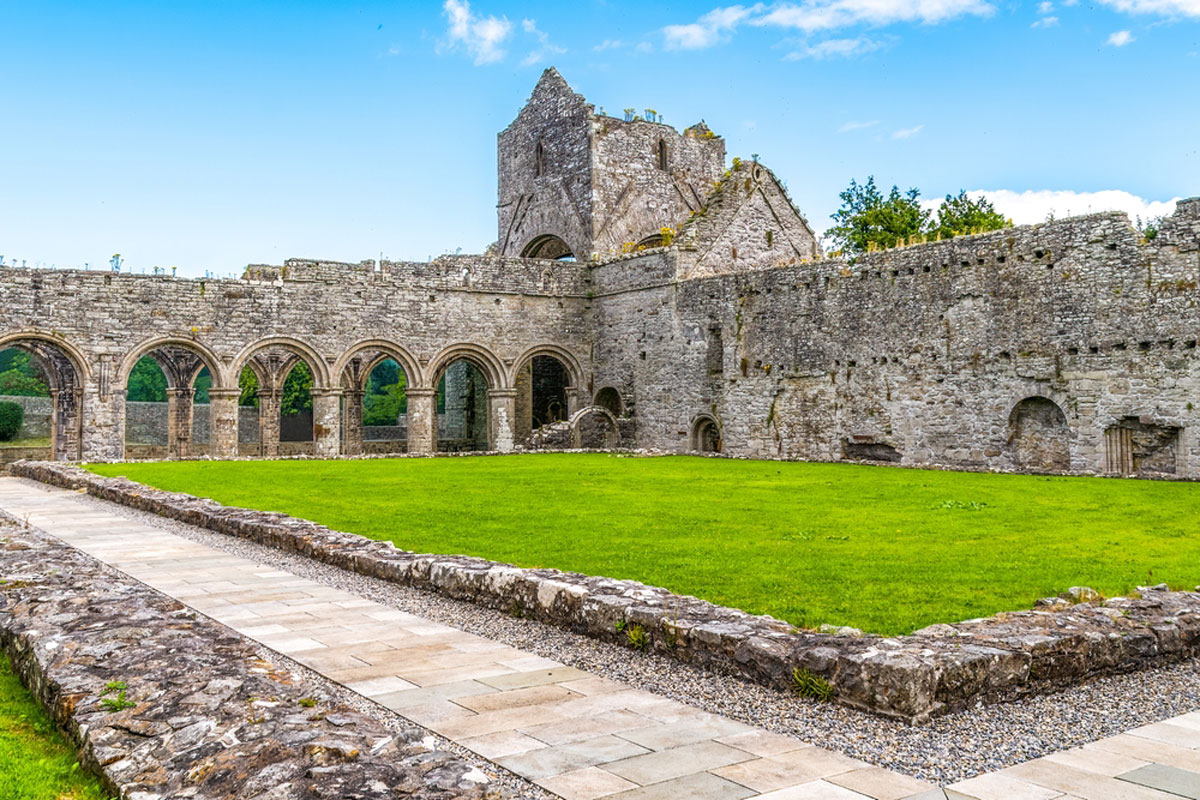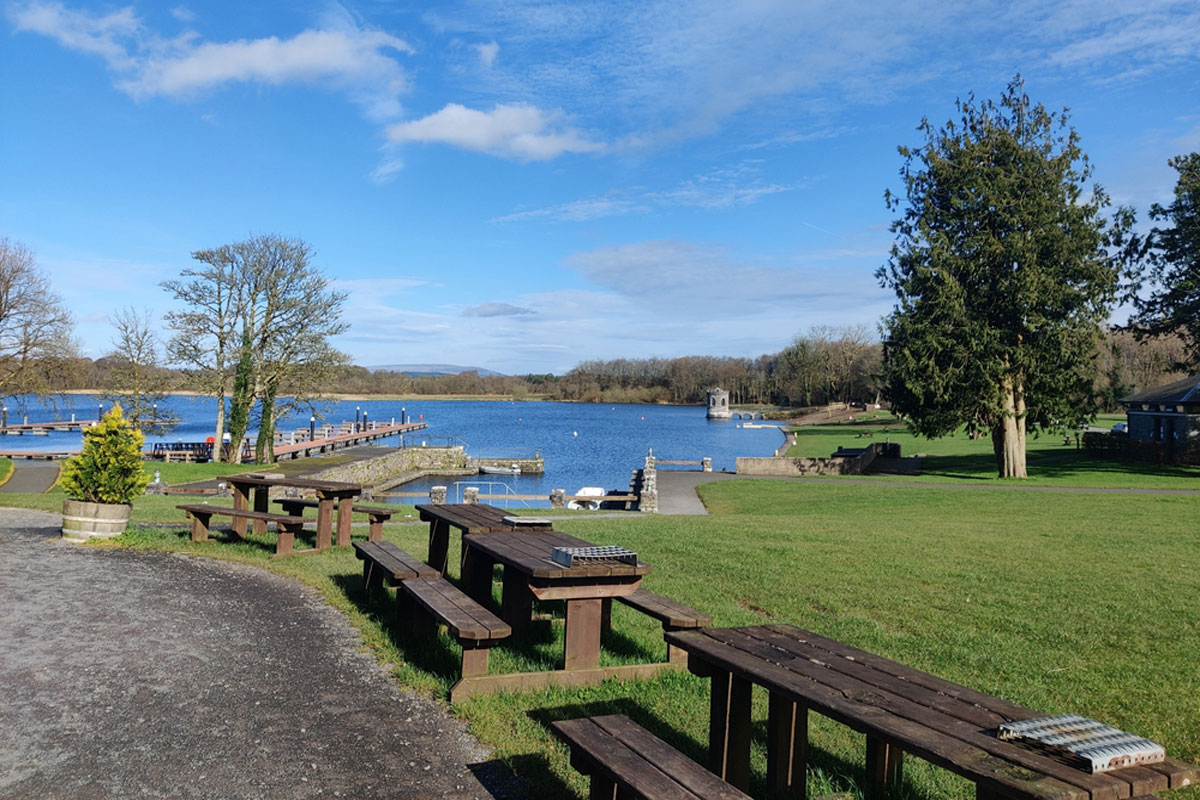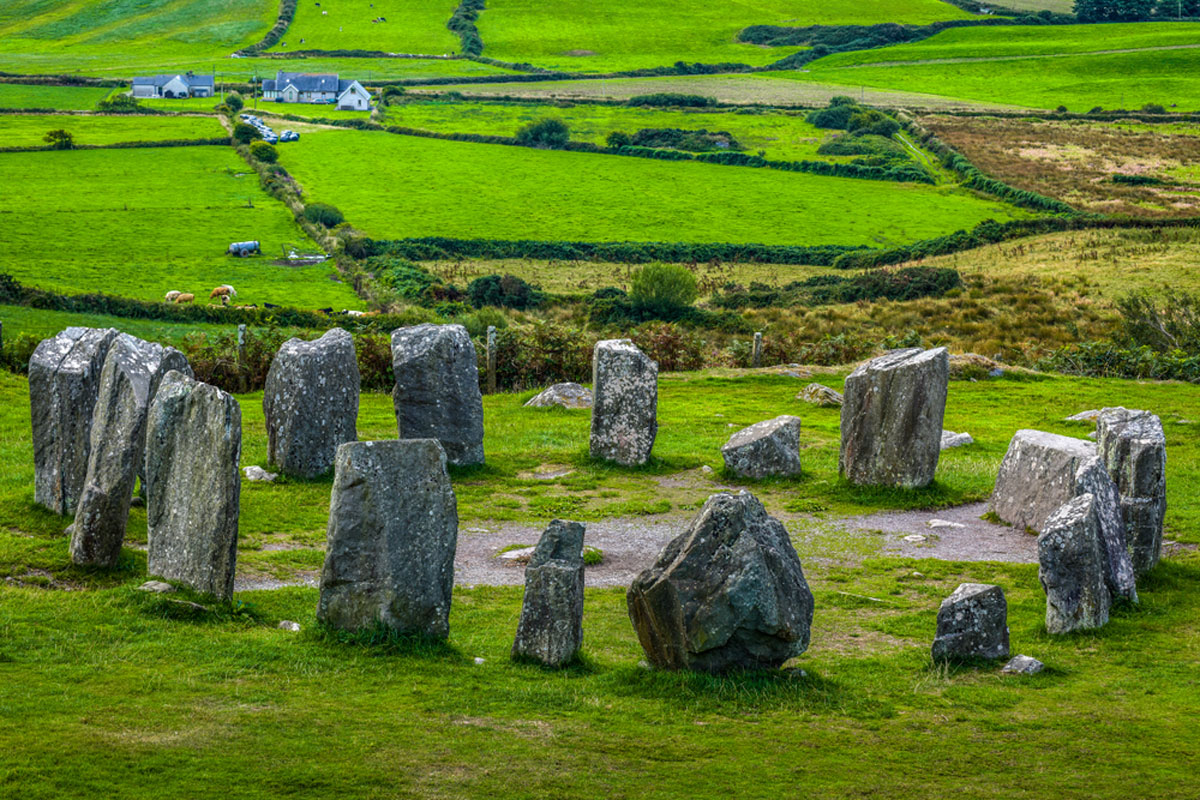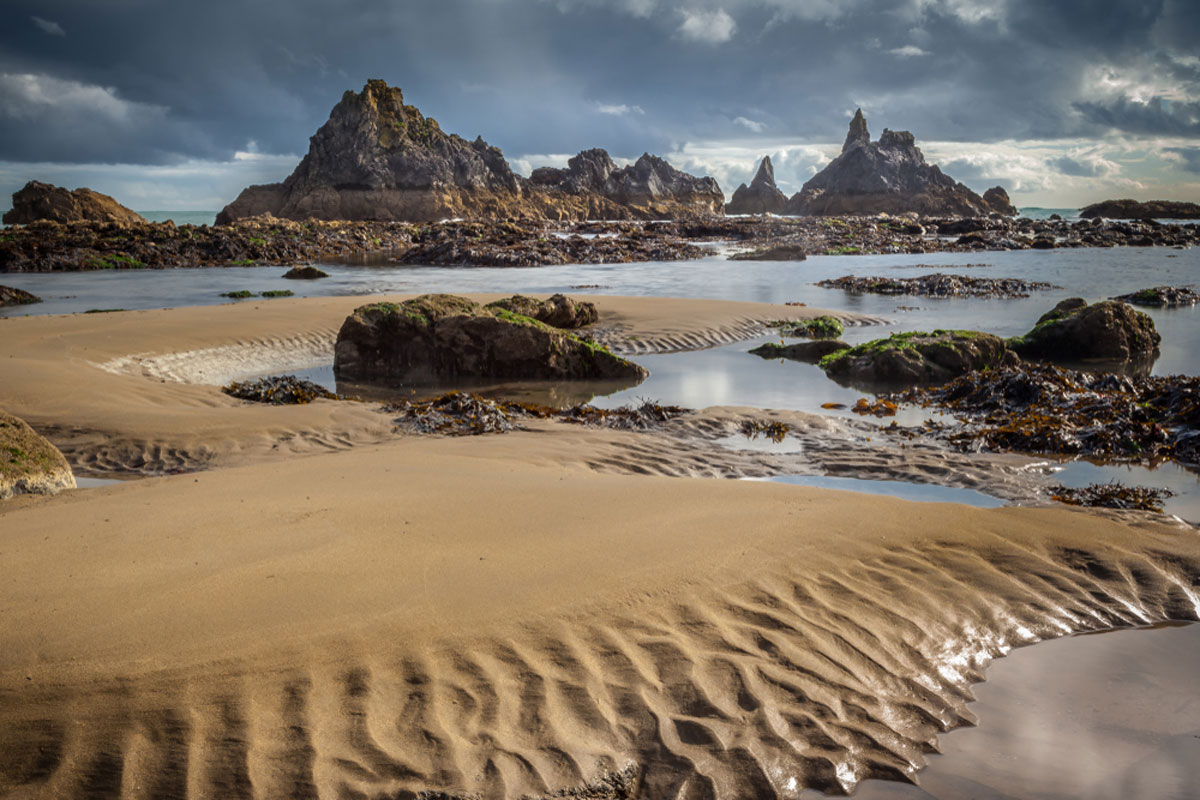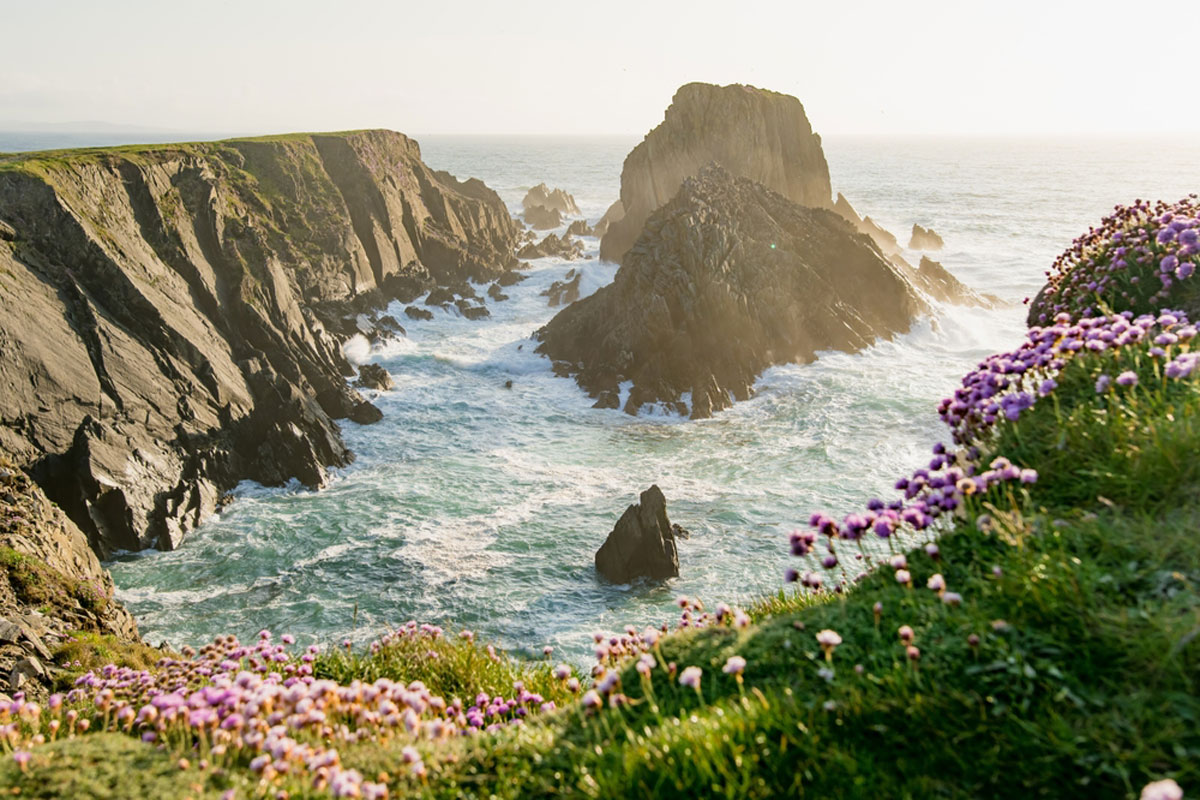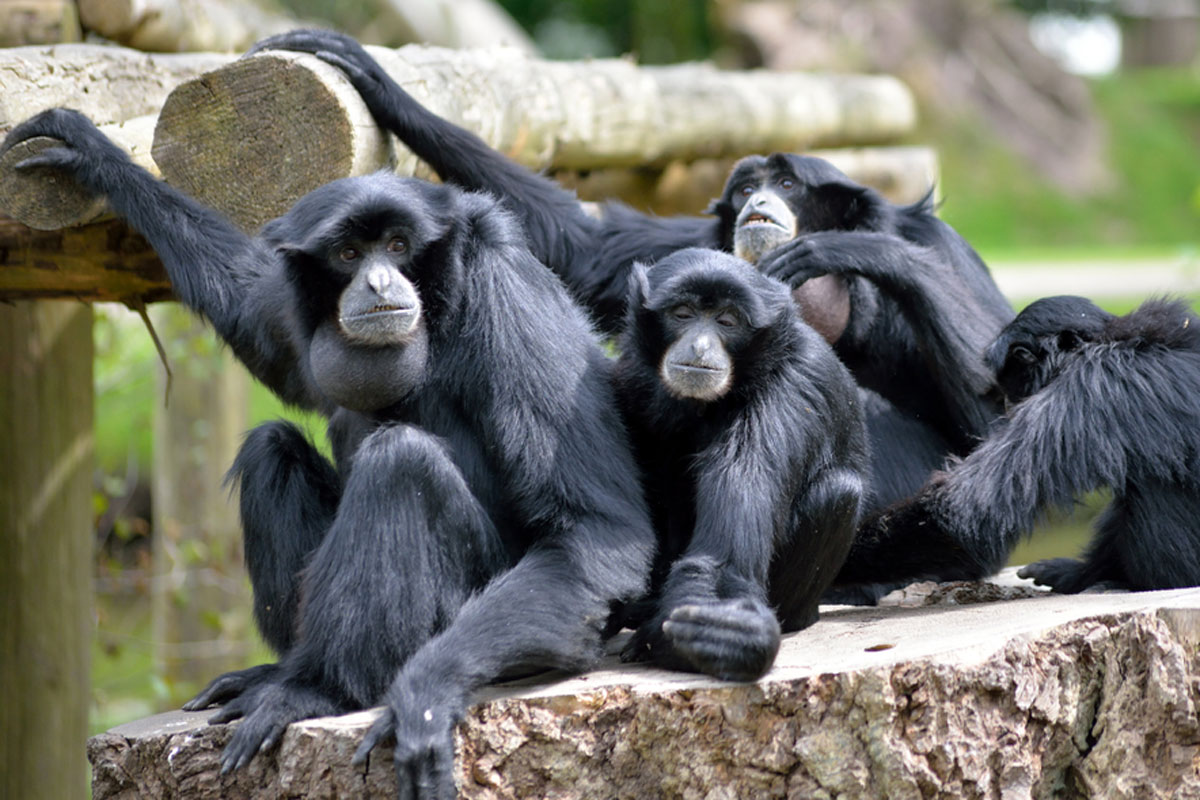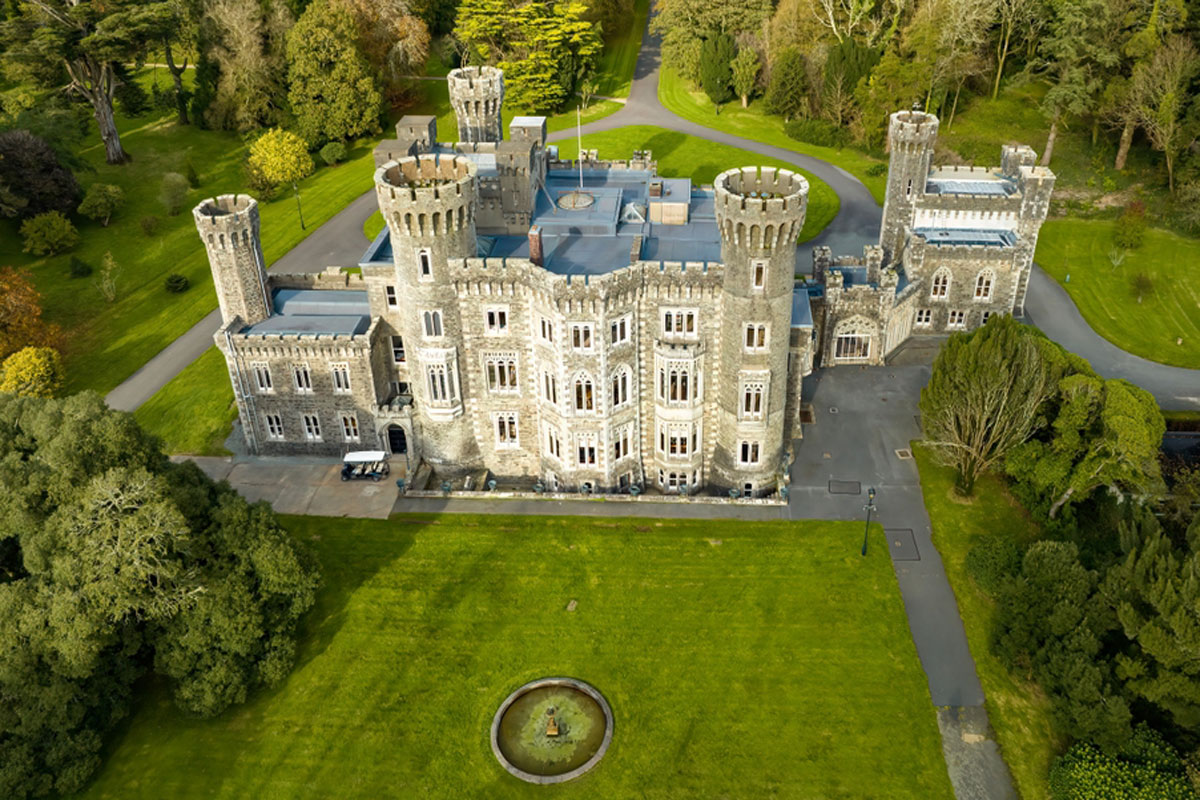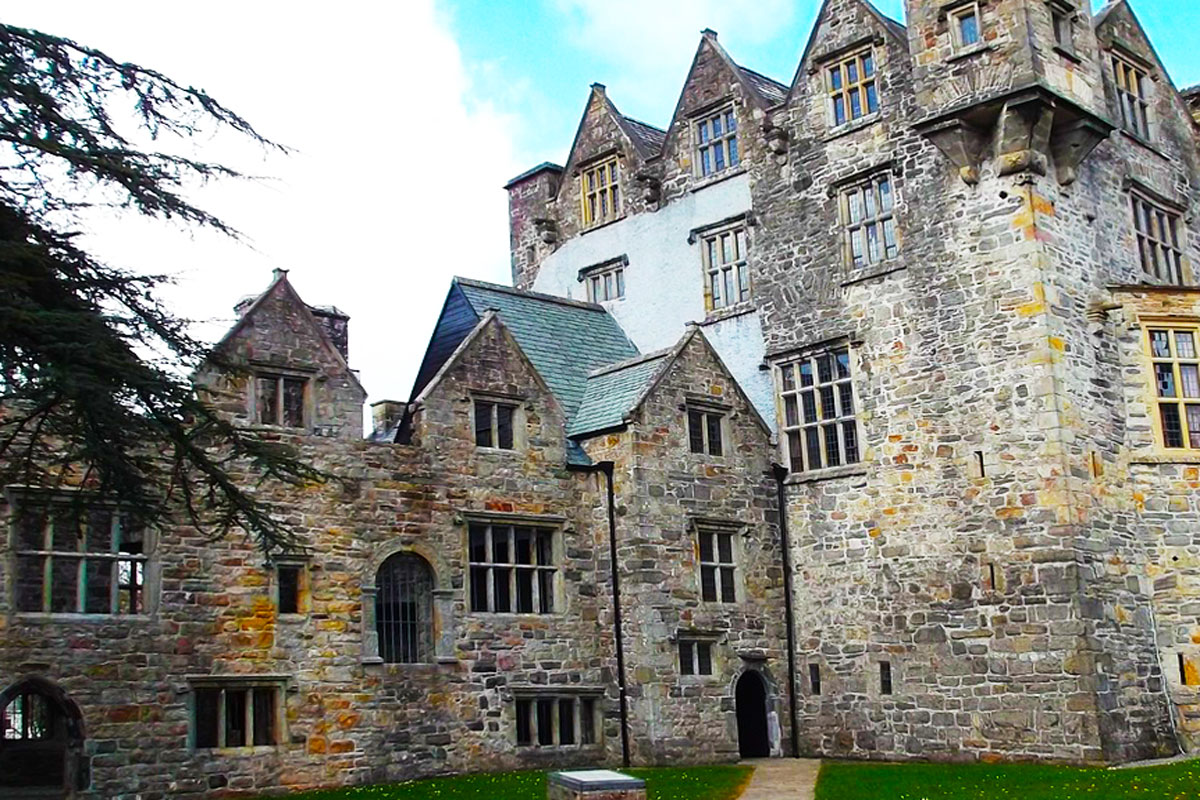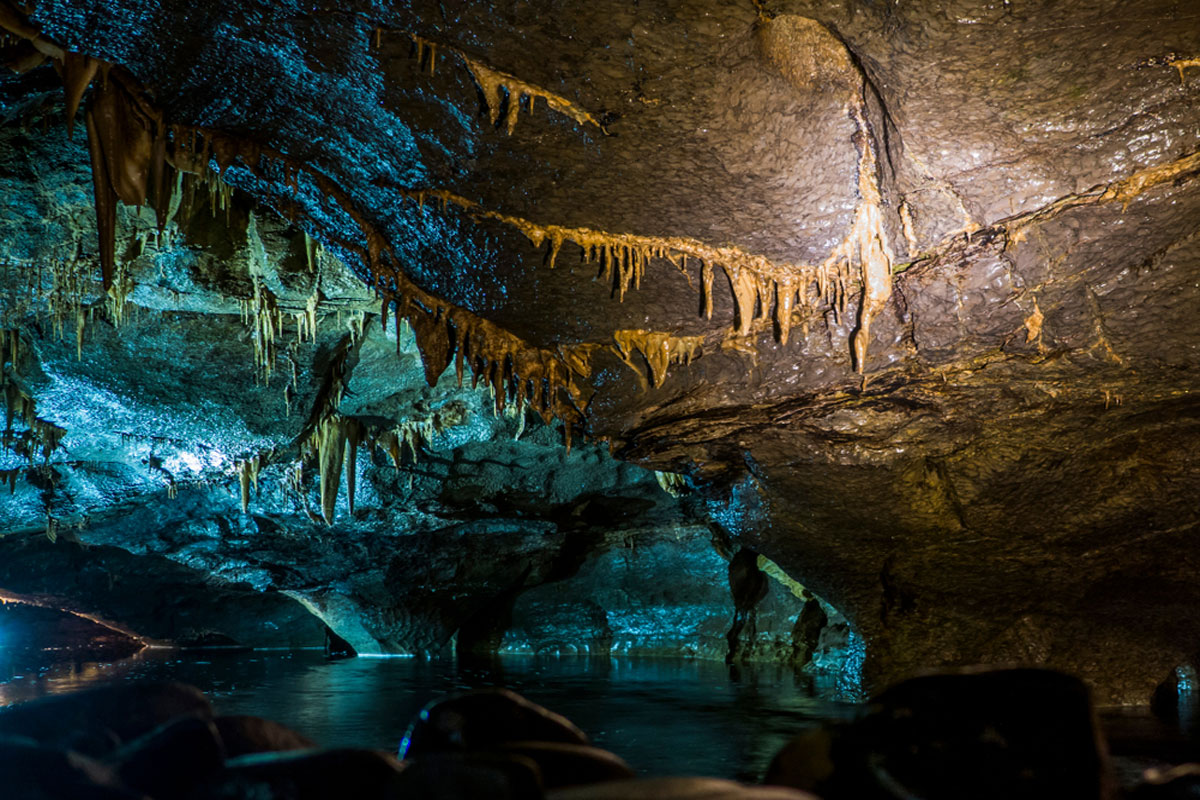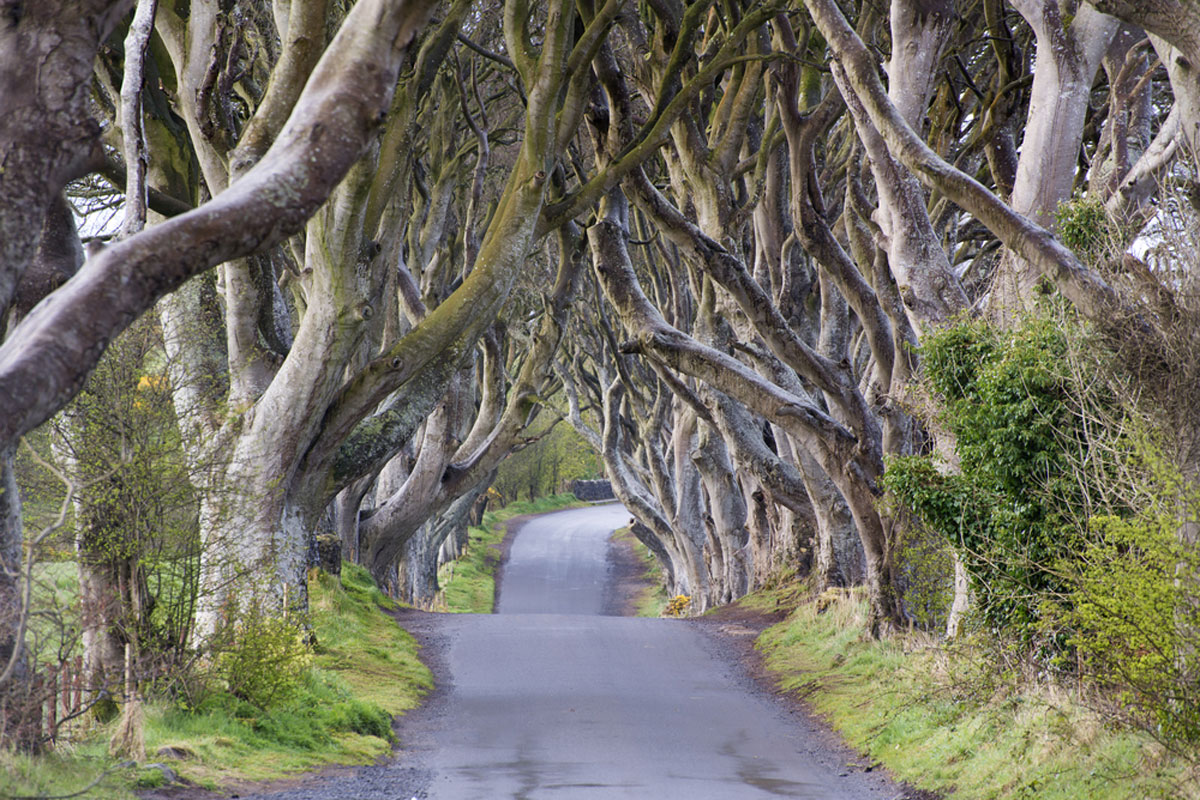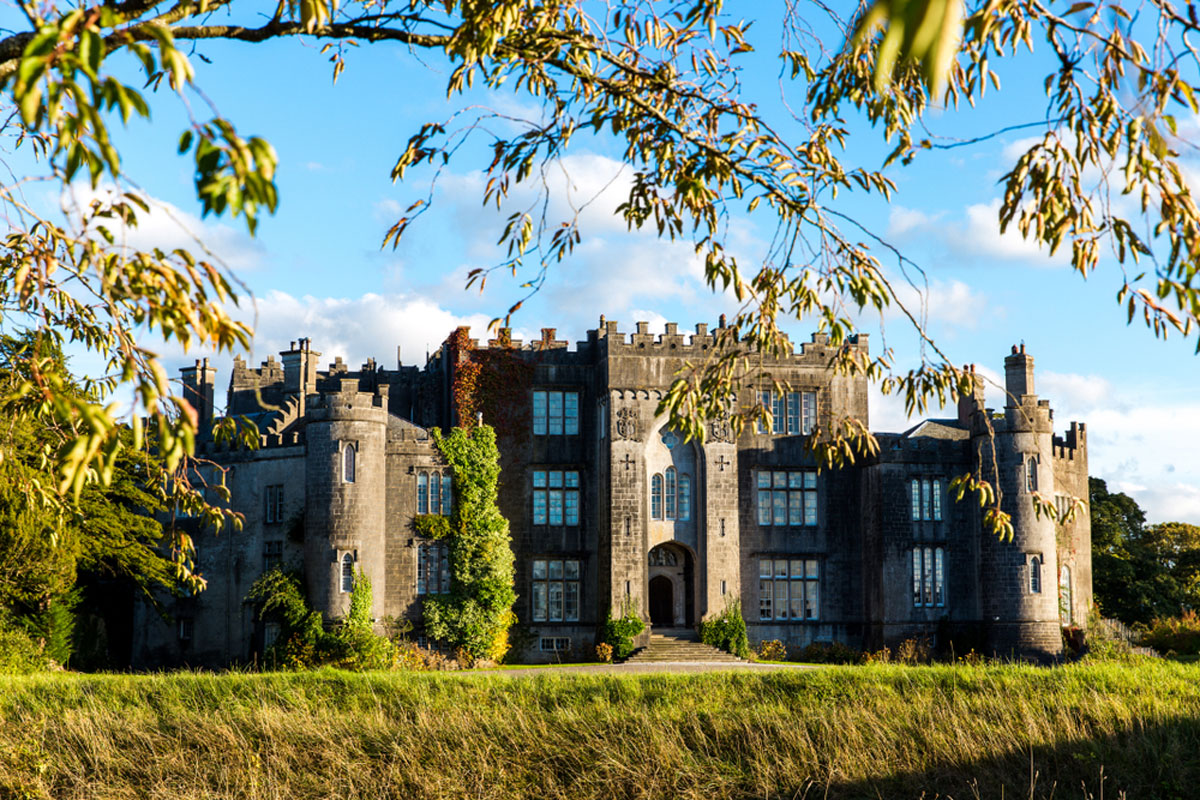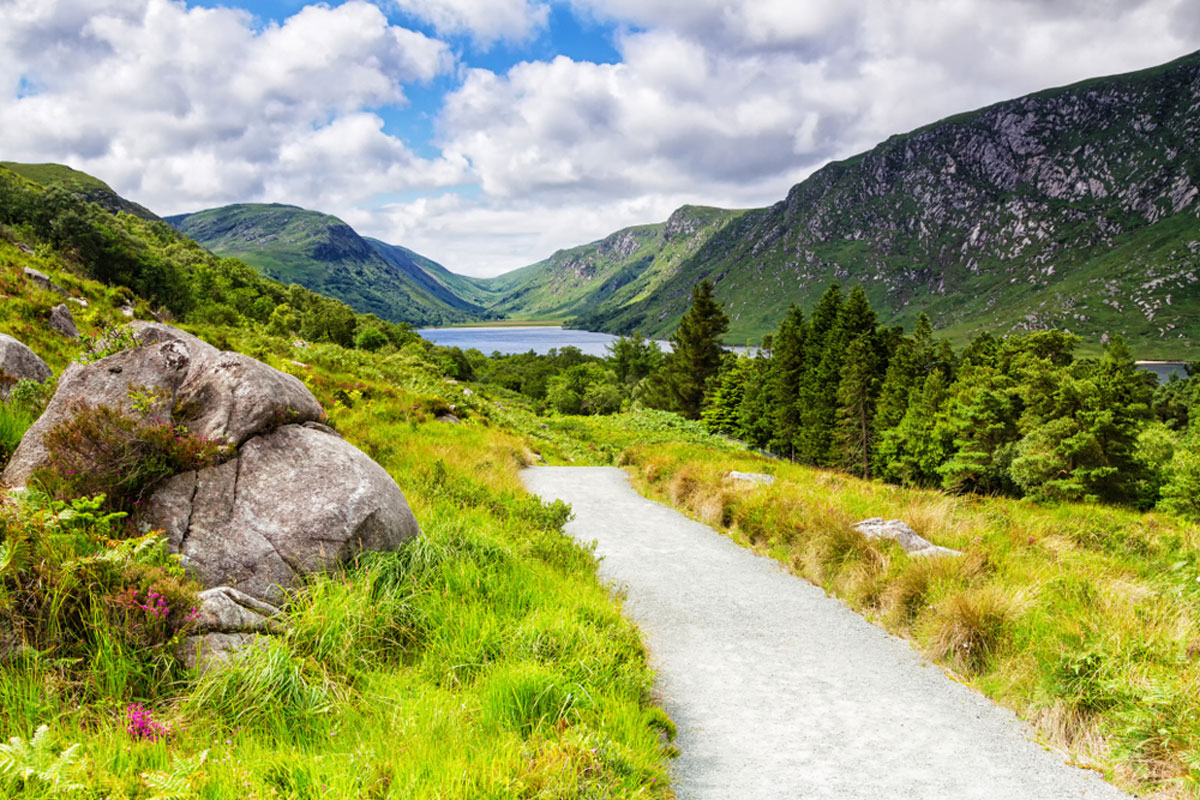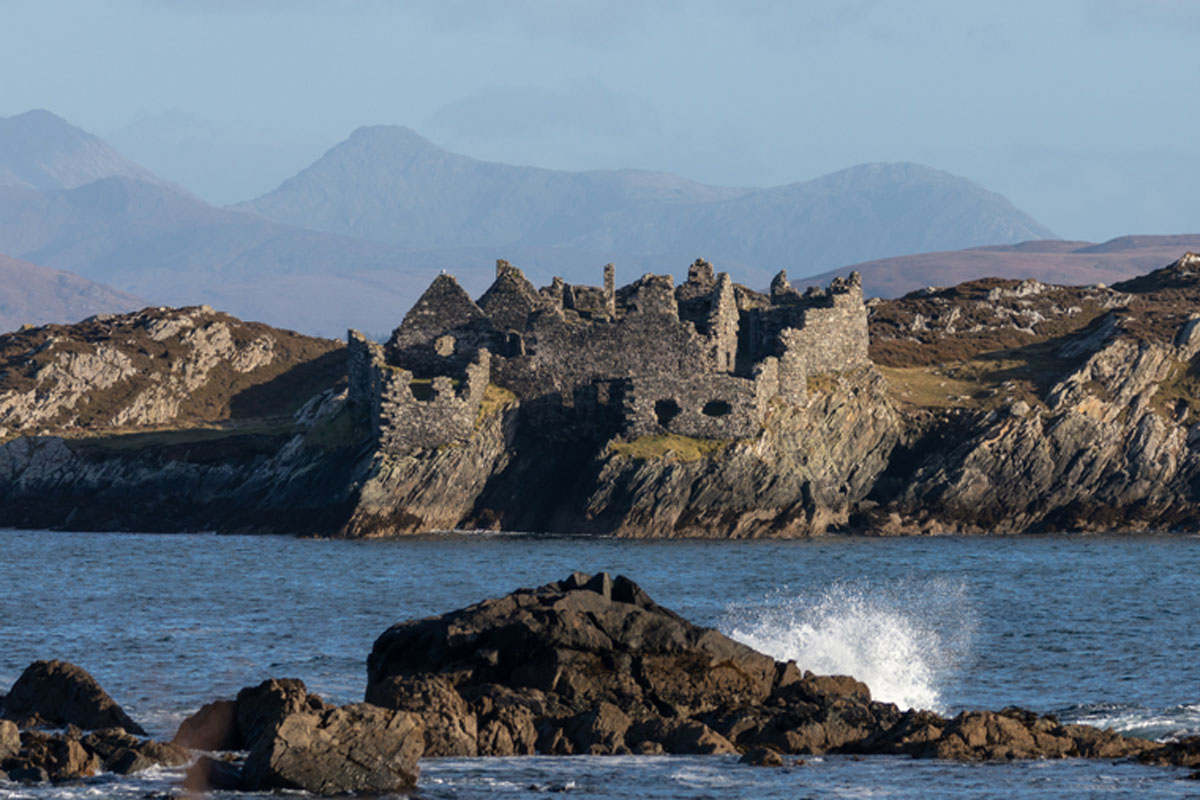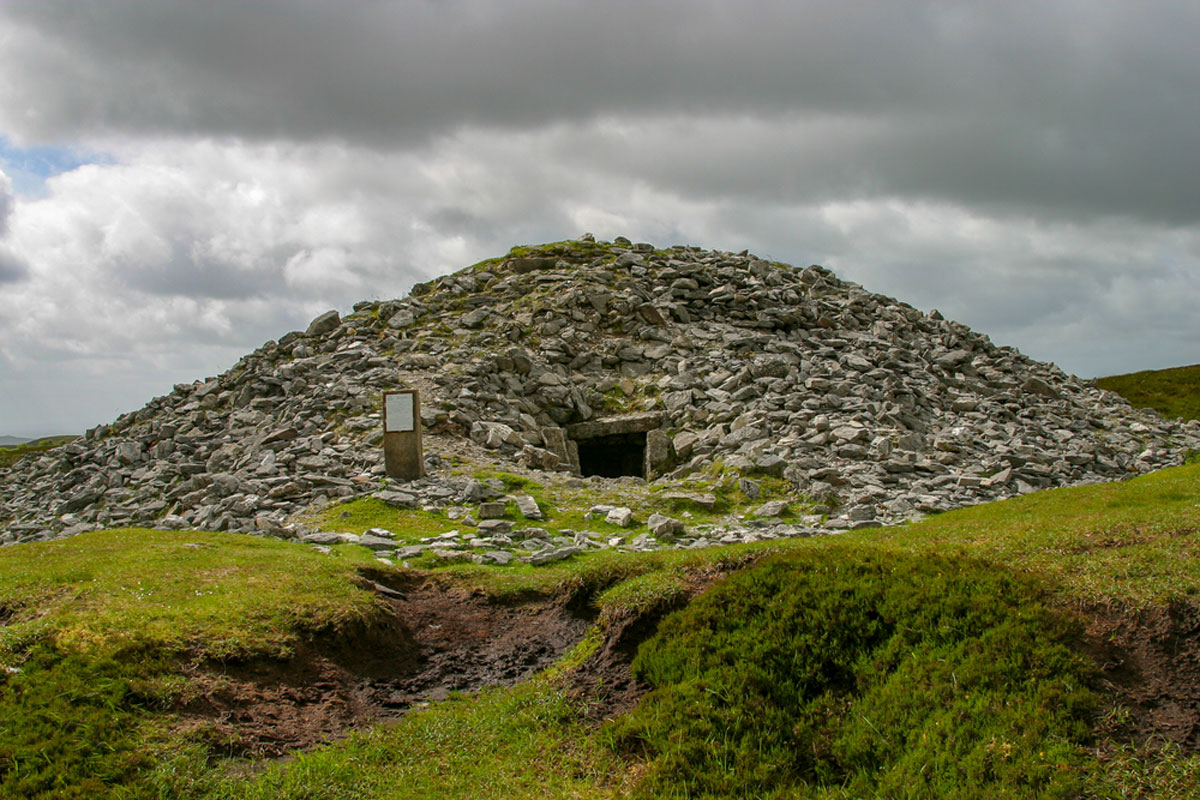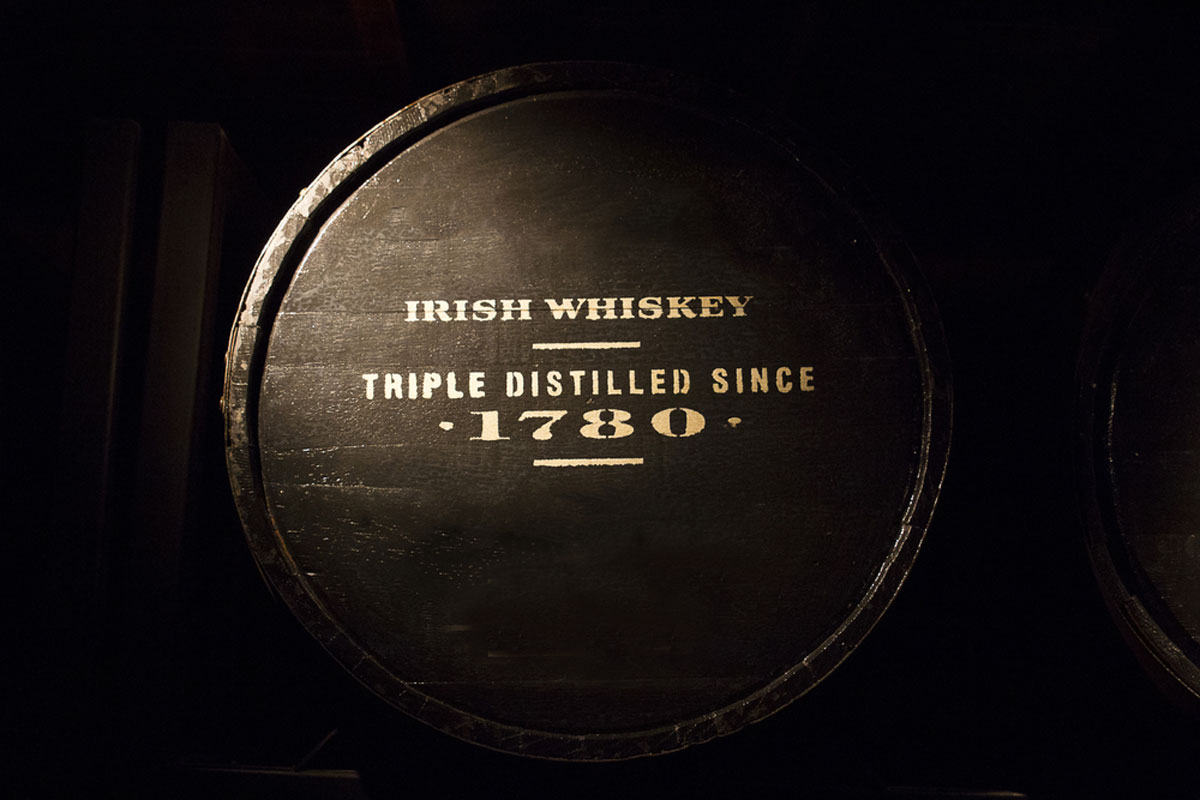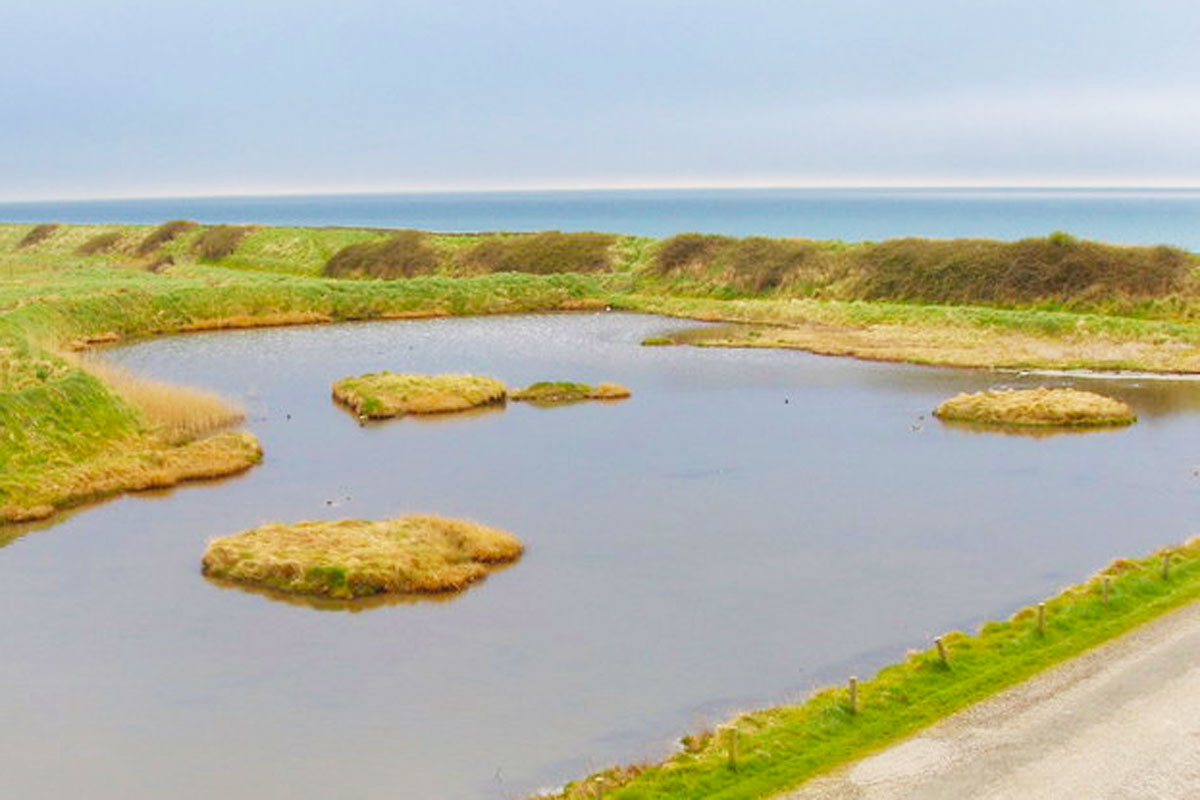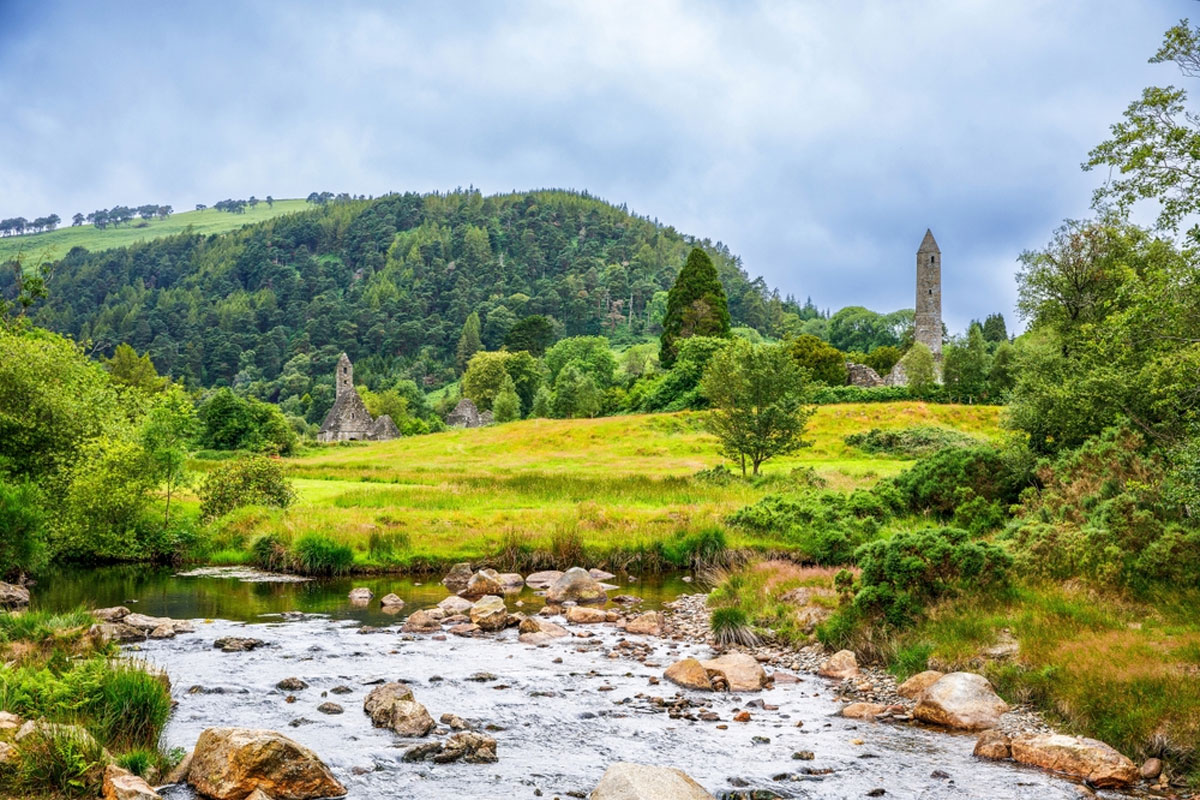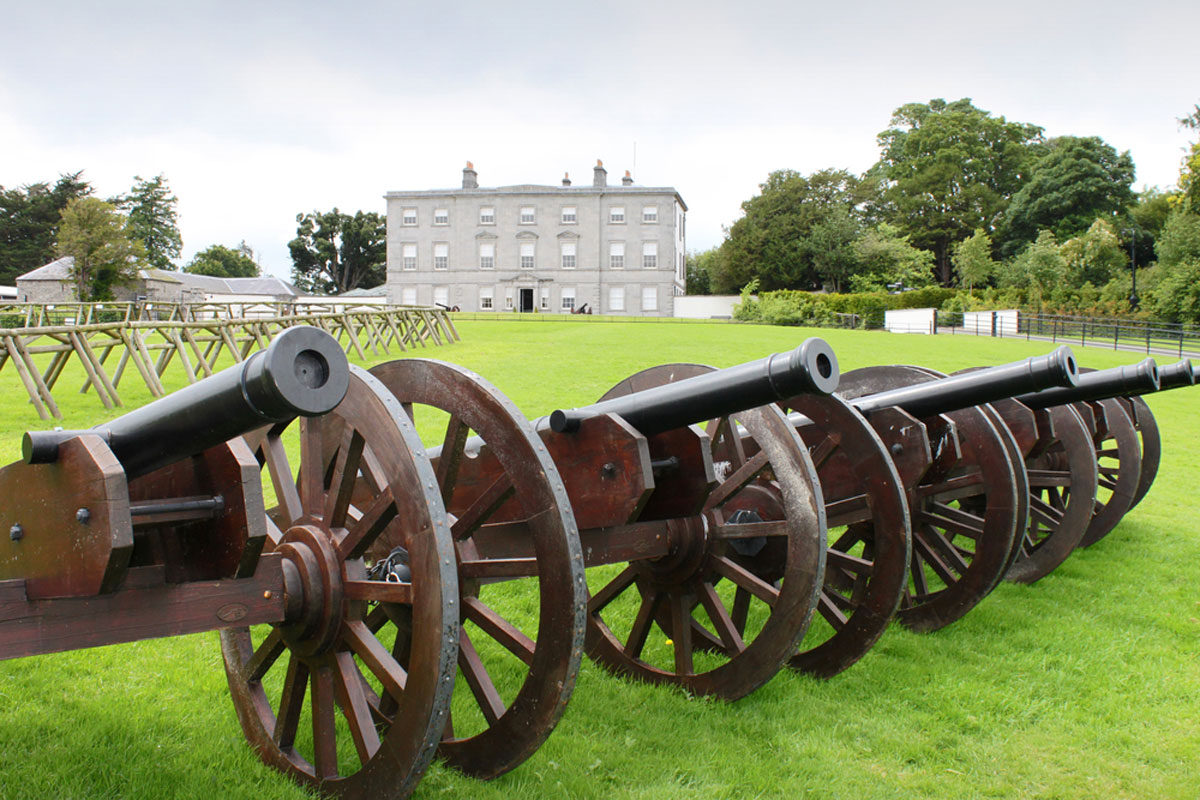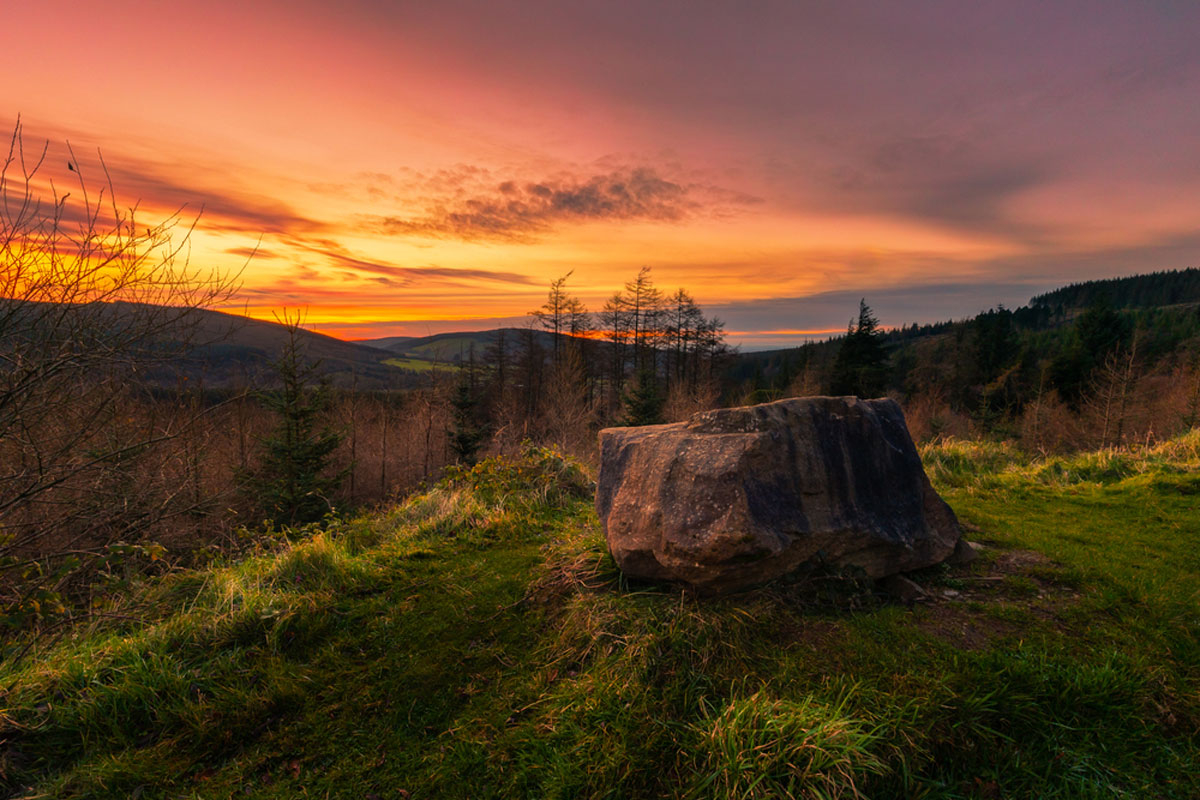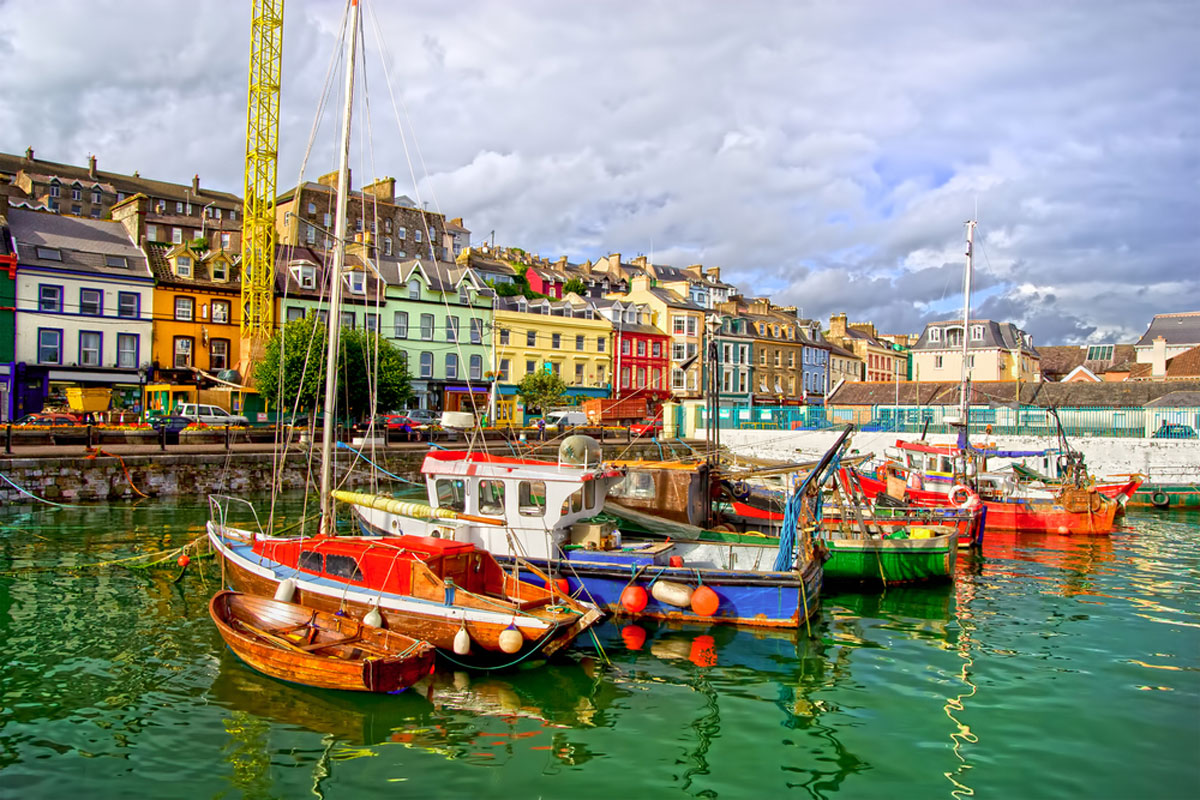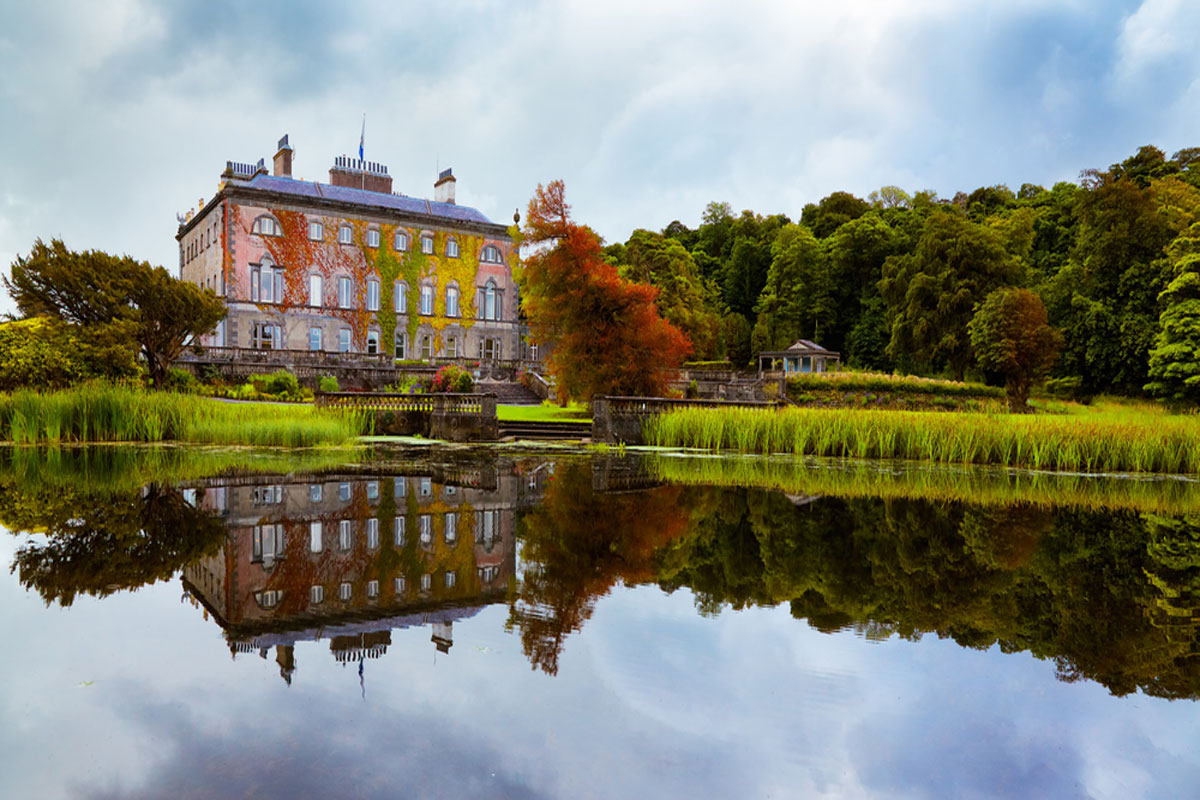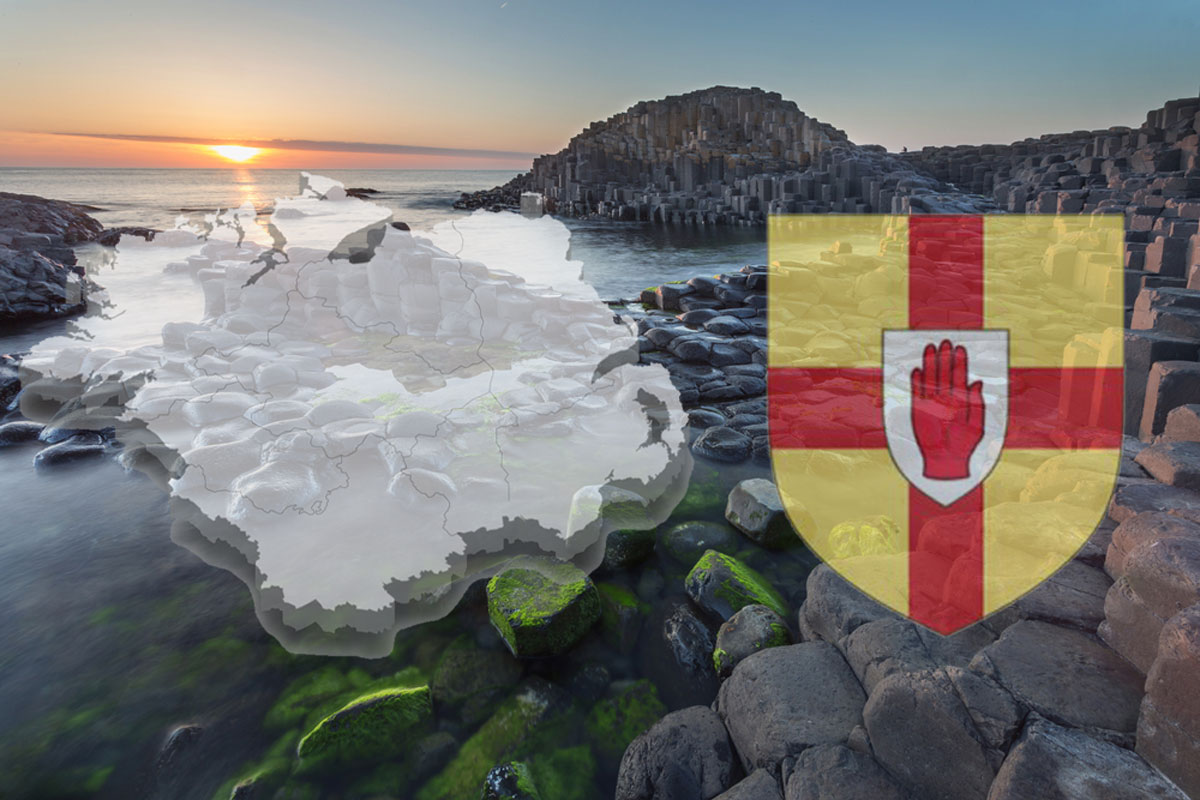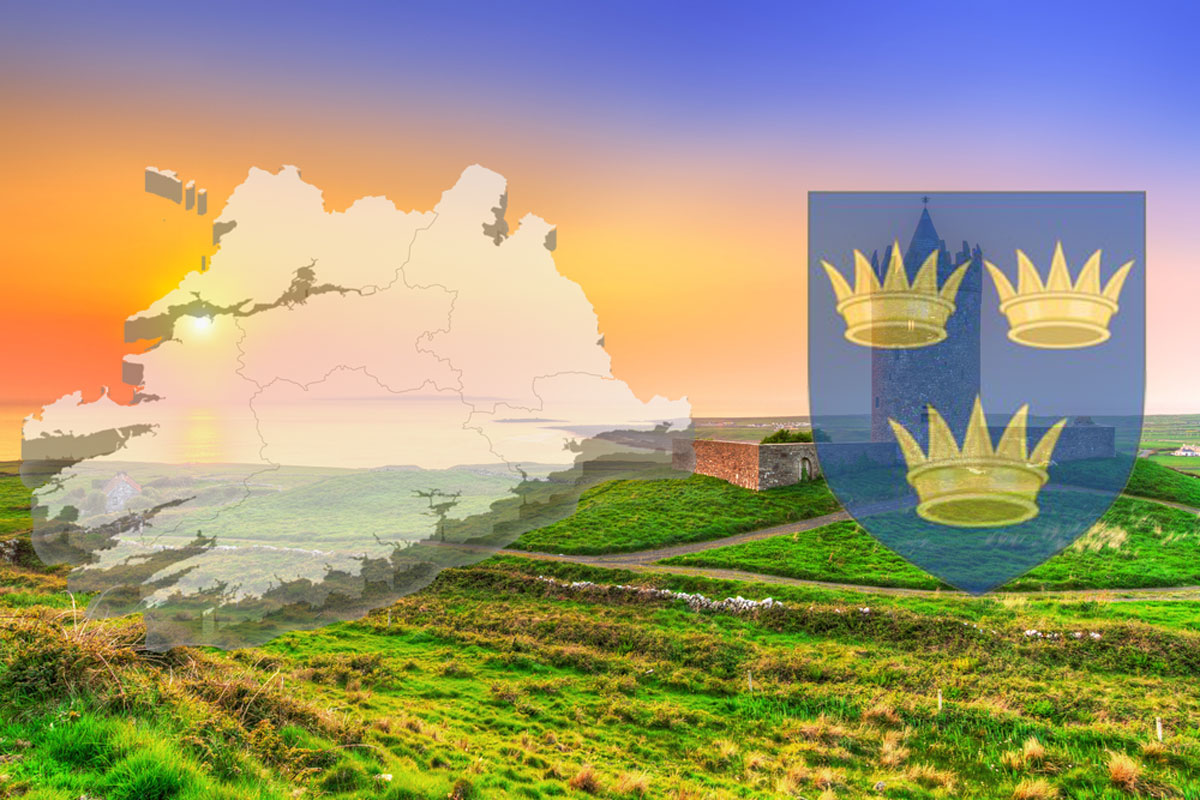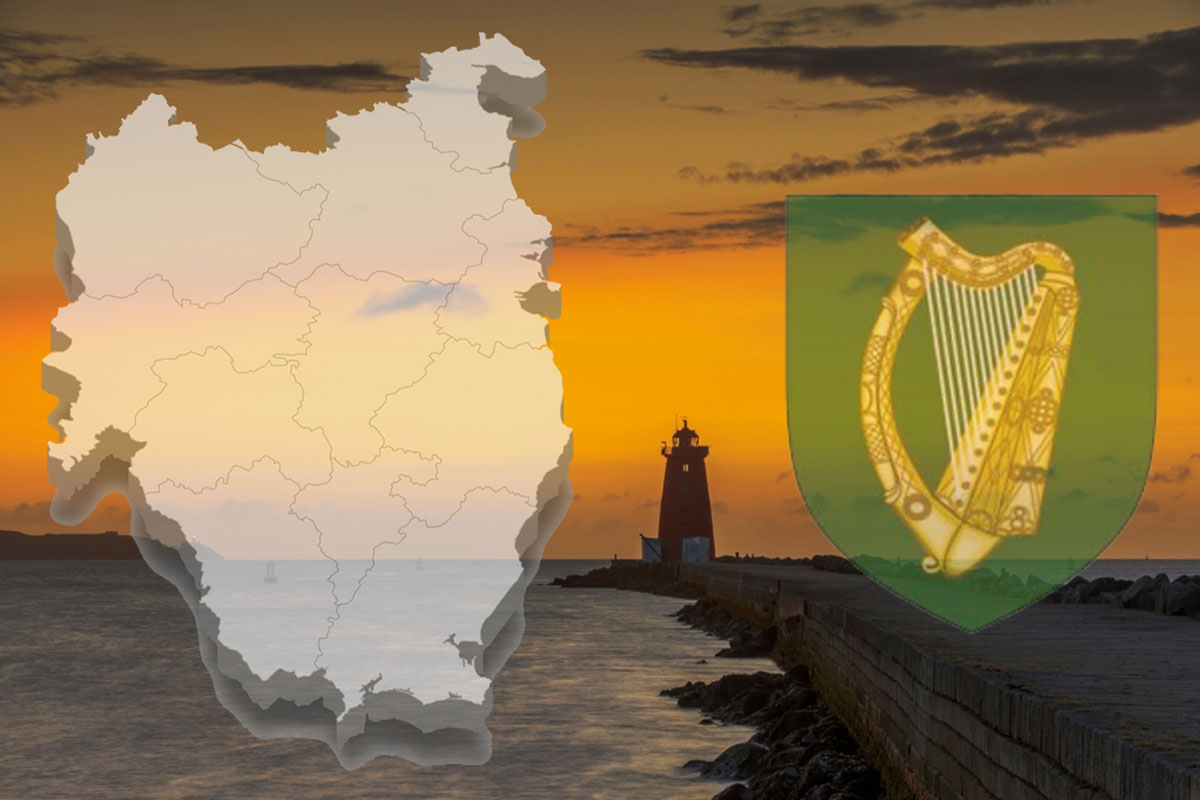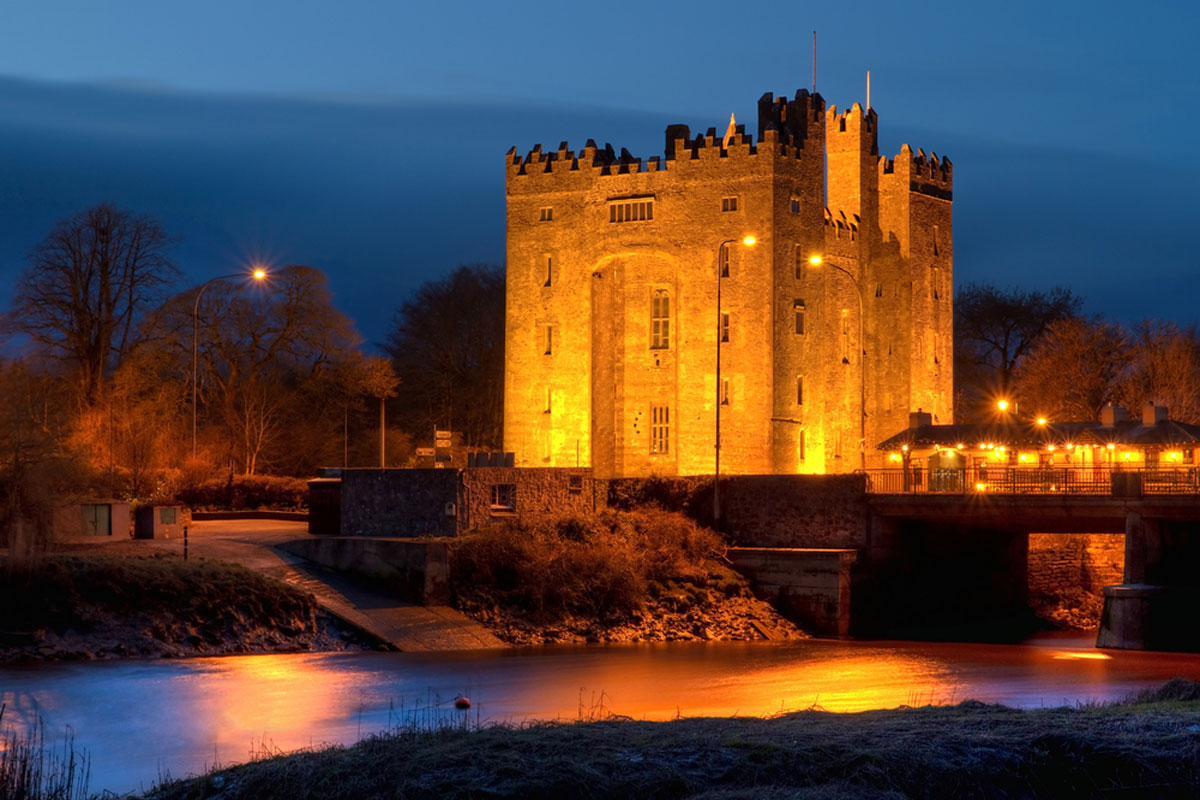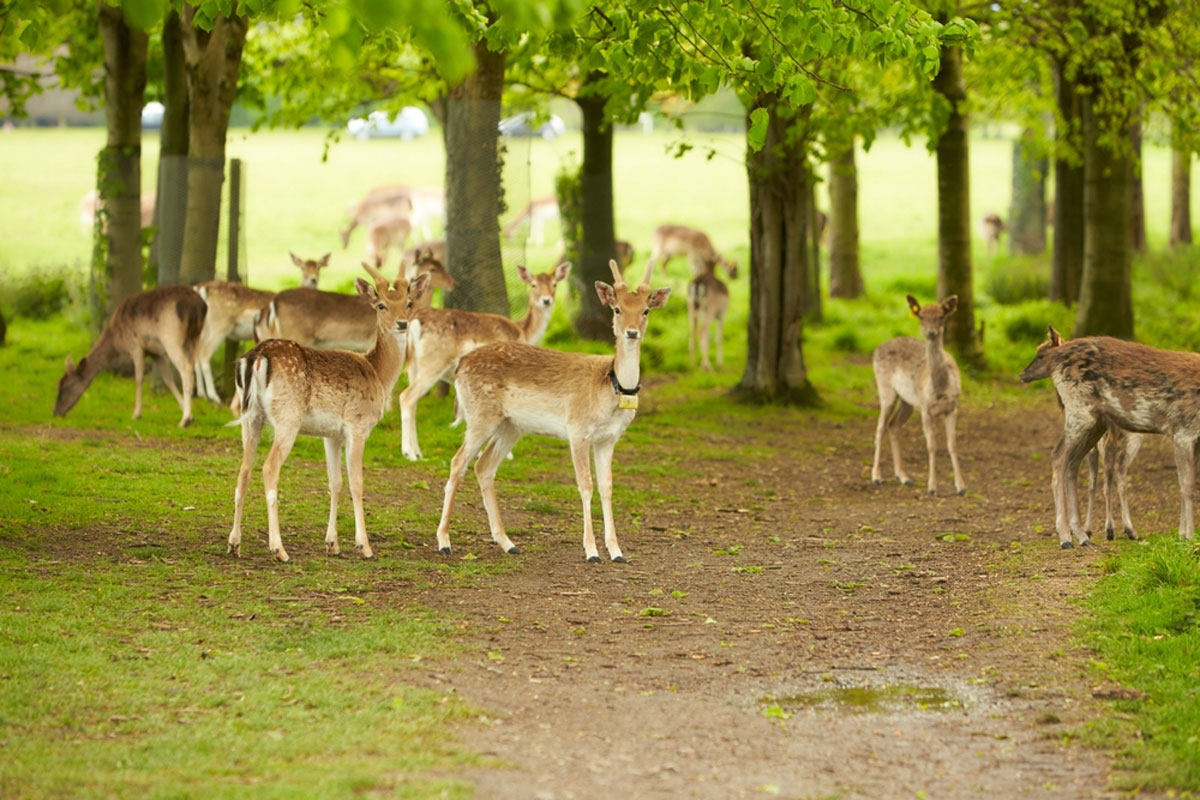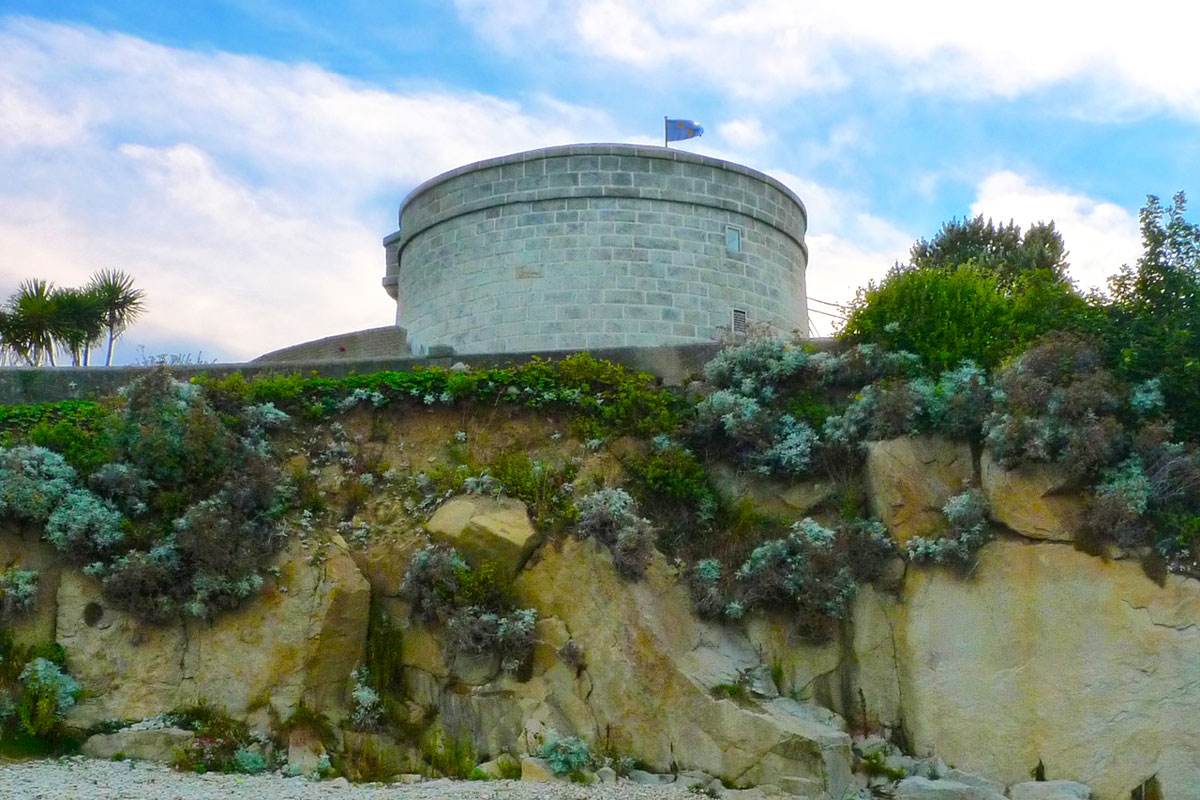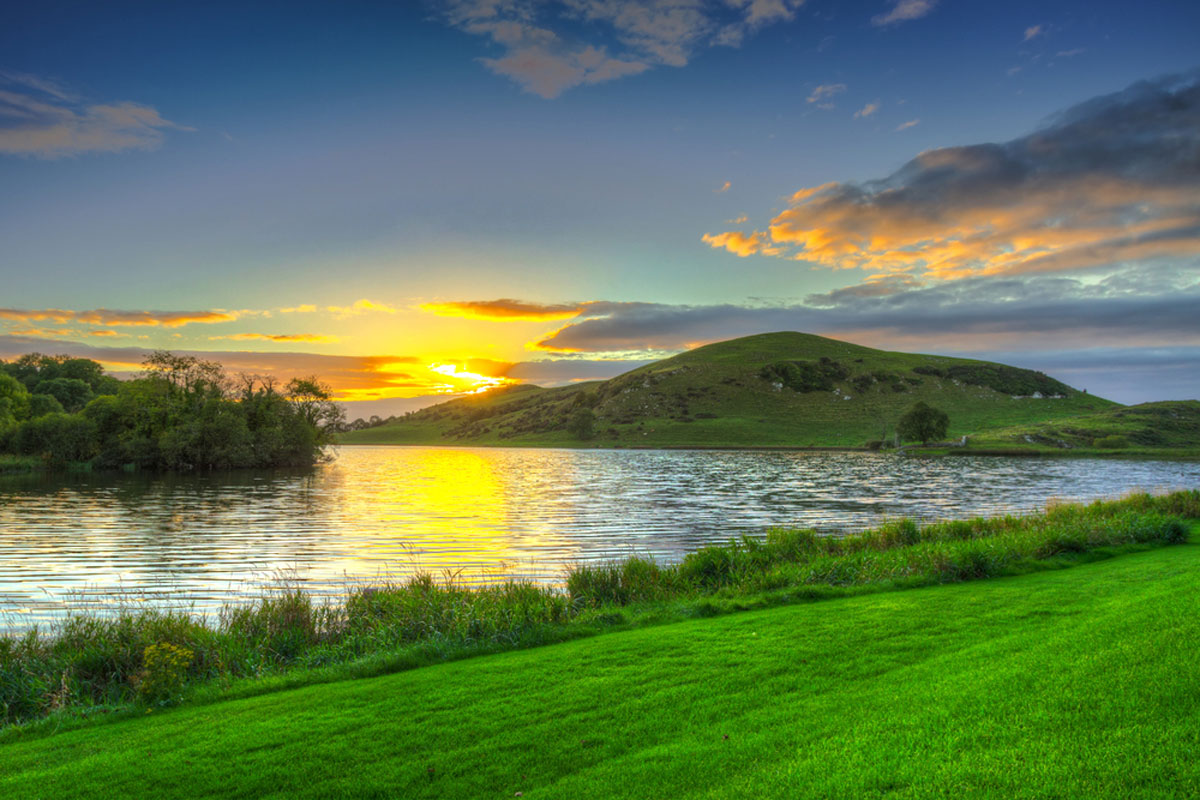The Aran Islands – Timeless Tradition and Culture
Ireland’s islands are a testament to the country’s rich history, culture, and natural beauty. Our journey begins with the Aran Islands, a trio of islands off the west coast of Ireland in County Galway. These islands, known for their rugged landscapes and strong preservation of Irish culture, offer a glimpse into Ireland’s past and present.
Inis Mór (Inishmore): The Largest and Most Famous
- Ancient Forts and Historical Sites:
Inis Mór, the largest of the Aran Islands, is home to several ancient forts, the most famous being Dún Aonghasa. Perched on a dramatic cliff edge, this prehistoric fort dates back to the Bronze Age and offers breathtaking views of the Atlantic Ocean. The island is also dotted with numerous early Christian sites, such as the Seven Churches, highlighting its historical and spiritual significance. - Cultural Heritage:
The Aran Islands are a stronghold of Irish culture and the Irish language (Gaeilge). Inis Mór, in particular, is a living museum of traditional Irish music, dance, and storytelling. Visitors can immerse themselves in local culture by attending a traditional music session in one of the island’s pubs or by conversing with the locals in their native tongue. - Unique Landscape:
The landscape of Inis Mór is a patchwork of limestone pavements, ancient stone walls, and green fields. The island’s karst terrain is similar to the Burren on the mainland and is home to a diverse range of flora and fauna. Cycling or walking around the island offers an up-close experience of its unique geology and natural beauty.
Inis Meáin (Inishmaan): The Cultural Heart
- Authentic Island Life:
Inis Meáin is the middle and least visited of the Aran Islands, offering a more tranquil and authentic experience. The island is known for its strong cultural traditions, including the making of the famous Aran sweaters. Visitors can witness the craftsmanship of these iconic woolen garments, which have been produced on the islands for centuries. - Literary Connections:
The island has inspired many writers, most notably John Millington Synge, who wrote some of his famous works while staying on Inis Meáin. The island’s rugged beauty and traditional way of life provide a perfect backdrop for creativity. Synge’s Cottage, where he stayed, is now a museum dedicated to his life and work. - Natural Beauty:
Inis Meáin’s landscape is characterized by its serene beauty. The island’s rugged coastlines, quiet beaches, and rolling hills offer a peaceful retreat from the bustle of modern life. Exploring the island’s trails and coastal paths allows visitors to connect with nature and enjoy stunning views of the Atlantic Ocean.
Inis Oírr (Inisheer): The Smallest and Most Intimate
- Charming Villages:
Inis Oírr, the smallest of the Aran Islands, is known for its charming and colorful village. The island’s compact size makes it easy to explore on foot or by bicycle. The village’s white sandy beaches, clear waters, and friendly atmosphere make it a favorite among visitors seeking a more intimate island experience. - Historical Sites:
Despite its small size, Inis Oírr is rich in history. The island is home to several significant historical sites, including O’Brien’s Castle, a 14th-century tower house, and Cill Ghobnait, a 10th-century church dedicated to Saint Gobnait. These sites provide a window into the island’s storied past and its role in Irish history. - Marine Life:
The waters around Inis Oírr are teeming with marine life, making it a great destination for snorkeling and diving. The island’s clear waters offer excellent visibility, and divers can explore underwater caves, shipwrecks, and vibrant marine ecosystems. Boat tours around the island also provide opportunities to see seals, dolphins, and seabirds.
The Aran Islands are a captivating blend of natural beauty, rich history, and vibrant culture. From the ancient forts of Inis Mór to the tranquil landscapes of Inis Meáin and the charming villages of Inis Oírr, these islands offer a unique glimpse into Ireland’s heritage.

The Skellig Islands – Ancient Monastic Marvels
Continuing our journey through the islands of Ireland, we venture southwest to the Skellig Islands, two small but dramatically beautiful islands located off the coast of County Kerry. These islands are renowned for their stunning scenery, wildlife, and historical significance, particularly the larger of the two, Skellig Michael.
Skellig Michael (Sceilg Mhichíl): A UNESCO World Heritage Site
- Monastic Settlement:
Skellig Michael, also known as Great Skellig, is famous for its well-preserved monastic settlement dating back to the 6th century. The monastery, perched 230 meters above sea level on a steep cliff, consists of beehive-shaped stone huts (clochans) where monks lived in seclusion. This site is a testament to the monks’ incredible craftsmanship and their devotion to a life of isolation and prayer. The monastery’s remote and rugged location provides a glimpse into the austere and disciplined lives of early Christian monks. - UNESCO World Heritage Site:
Due to its historical and cultural significance, Skellig Michael was designated a UNESCO World Heritage Site in 1996. The site’s recognition underscores its global importance as an exceptional example of an early medieval monastic settlement. Visiting the island offers a profound sense of stepping back in time and experiencing a pivotal part of Ireland’s religious history. - Challenging Ascent:
Reaching the monastic site involves a challenging climb up over 600 stone steps that wind their way up the steep cliffs. The ascent requires a good level of fitness and caution, but the effort is rewarded with breathtaking views and a sense of accomplishment. The journey up the steps, surrounded by dramatic seascapes and rugged terrain, adds to the island’s mystique and allure.
Little Skellig: A Wildlife Haven
- Seabird Colony:
Little Skellig, the smaller of the two islands, is an important sanctuary for seabirds. It is home to one of the largest gannet colonies in the world, with around 30,000 pairs nesting on its cliffs. The island is also a breeding ground for other seabirds, such as puffins, razorbills, and kittiwakes. Birdwatchers and nature enthusiasts will find Little Skellig a fascinating destination for observing diverse avian species in their natural habitat. - Protected Ecosystem:
As an uninhabited and protected island, Little Skellig’s ecosystem remains largely undisturbed. The island’s remote location and steep cliffs make it an ideal refuge for wildlife. Boat tours around the island offer a unique opportunity to view the thriving seabird population and the island’s rugged beauty from the water. The sight of thousands of gannets diving into the sea is a spectacular natural spectacle.
The Skellig Islands in Popular Culture
- Star Wars Filming Location:
The Skellig Islands gained international fame as a filming location for the Star Wars sequel trilogy. Skellig Michael, in particular, was featured as the secluded hideaway of Luke Skywalker in “The Force Awakens” and “The Last Jedi.” The island’s otherworldly landscape provided the perfect backdrop for the mystical and remote setting of the films. This connection to the Star Wars universe has attracted a new wave of visitors, adding a modern cultural layer to the islands’ historical significance. - Cultural Impact:
The islands’ appearance in Star Wars has not only boosted tourism but also raised awareness of their historical and natural importance. Fans of the films are drawn to the islands to experience the real-life location of some of the saga’s most memorable scenes. This influx of visitors underscores the enduring appeal and cultural resonance of the Skellig Islands.
Visiting the Skellig Islands
- Boat Tours:
Access to the Skellig Islands is typically by boat from the mainland town of Portmagee. Boat tours operate during the summer months, weather permitting, and offer both landing tours to Skellig Michael and non-landing tours around both islands. These tours provide an unforgettable experience, combining breathtaking scenery, wildlife watching, and a journey into Ireland’s monastic past. - Conservation Efforts:
Due to the islands’ ecological and historical sensitivity, visitor numbers are regulated to ensure their preservation. It is essential for visitors to respect the fragile environment and adhere to guidelines provided by tour operators and conservation authorities. This balance between accessibility and conservation helps protect the islands for future generations while allowing people to appreciate their unique beauty.
The Skellig Islands, with their blend of historical significance and natural beauty, offer a captivating destination for history buffs, nature lovers, and Star Wars fans alike. From the ancient monastic settlement on Skellig Michael to the thriving seabird colonies on Little Skellig, these islands provide a unique and enriching experience.

The Blasket Islands – Literary Legends and Untamed Beauty
Continuing our exploration of Ireland’s captivating islands, we sail west to the Blasket Islands. Situated off the coast of the Dingle Peninsula in County Kerry, the Blasket Islands are known for their rich literary heritage, rugged landscapes, and poignant history of human settlement. These islands offer a unique glimpse into a way of life that has all but vanished, preserved through the writings of their former inhabitants.
Great Blasket Island (An Blascaod Mór): A Window into the Past
- Literary Legacy:
The Blasket Islands are renowned for their remarkable contribution to Irish literature. In the early 20th century, several islanders authored books detailing their lives and the culture of their community. Notable works include “The Islandman” by Tomás Ó Criomhthain, “Peig” by Peig Sayers, and “Twenty Years A-Growing” by Muiris Ó Súilleabháin. These works provide an intimate portrayal of the islanders’ resilience, traditions, and connection to the land and sea. - Abandoned Village:
The remnants of the village on Great Blasket Island serve as a poignant reminder of the island’s past. In 1953, the government evacuated the remaining inhabitants due to declining population and harsh living conditions. The ruins of stone cottages and the old schoolhouse stand as silent witnesses to a bygone era. Visitors can explore these structures and imagine the once vibrant community that thrived here against the odds. - Wildlife and Natural Beauty:
The Blasket Islands are a haven for wildlife, particularly seabirds and marine life. Puffins, gannets, and fulmars nest on the cliffs, while grey seals bask on the beaches. The island’s unspoiled landscapes, with their rugged cliffs, sandy coves, and rolling hills, offer stunning views and excellent opportunities for hiking and wildlife observation. The surrounding waters are rich in marine life, making them popular for dolphin and whale watching.
The Smaller Blaskets: An Archipelago of Adventure
- Inishnabro and Inishvickillane:
These smaller islands, part of the Blasket archipelago, are equally fascinating. Inishnabro, known for its dramatic cliffs and sea arches, is a striking example of the islands’ geological beauty. Inishvickillane, once home to the Irish politician Charles Haughey, features a historic lighthouse and offers a more secluded experience for visitors seeking tranquility and natural splendor. - Wildlife and Scenery:
The smaller Blasket Islands are teeming with wildlife. Inishvickillane, in particular, is known for its thriving bird populations and rare flora. The islands’ remote locations make them ideal spots for observing nature in its most pristine form. The dramatic scenery, with steep cliffs dropping into the Atlantic Ocean, provides breathtaking vistas that captivate visitors.
The Blasket Centre: A Tribute to Island Life
- Visitor Experience:
The Blasket Centre, located in Dunquin on the mainland, offers an in-depth look at the history and culture of the Blasket Islands. The centre features exhibits on the islanders’ way of life, their literary contributions, and the natural environment of the islands. Multimedia displays, artifacts, and personal stories bring the history of the Blaskets to life for visitors, providing context and deeper appreciation for the islands. - Cultural Preservation:
The Blasket Centre plays a crucial role in preserving and promoting the cultural heritage of the islands. It serves as an educational resource, helping new generations understand the significance of the Blasket community and its unique place in Irish history. The centre’s efforts ensure that the legacy of the Blasket islanders continues to inspire and educate.
Visiting the Blasket Islands
- Access and Transportation:
Boat trips to the Blasket Islands are available from Dunquin Pier during the summer months, weather permitting. These trips offer a chance to explore Great Blasket Island and sometimes include tours around the smaller islands. The journey across the often-choppy waters adds to the adventure and gives visitors a taste of the isolation faced by the island’s former residents. - Accommodation and Amenities:
While there are no modern accommodations on the Blasket Islands themselves, visitors can find lodging in nearby towns such as Dingle. Camping is permitted on Great Blasket Island for those seeking a more immersive experience. It’s important to come prepared, as the island has no facilities or services, making it a true escape into nature.
The Blasket Islands, with their literary heritage and untamed beauty, offer a captivating glimpse into Ireland’s cultural and natural history. The writings of the islanders provide a window into a resilient community that thrived in harmony with the harsh elements.
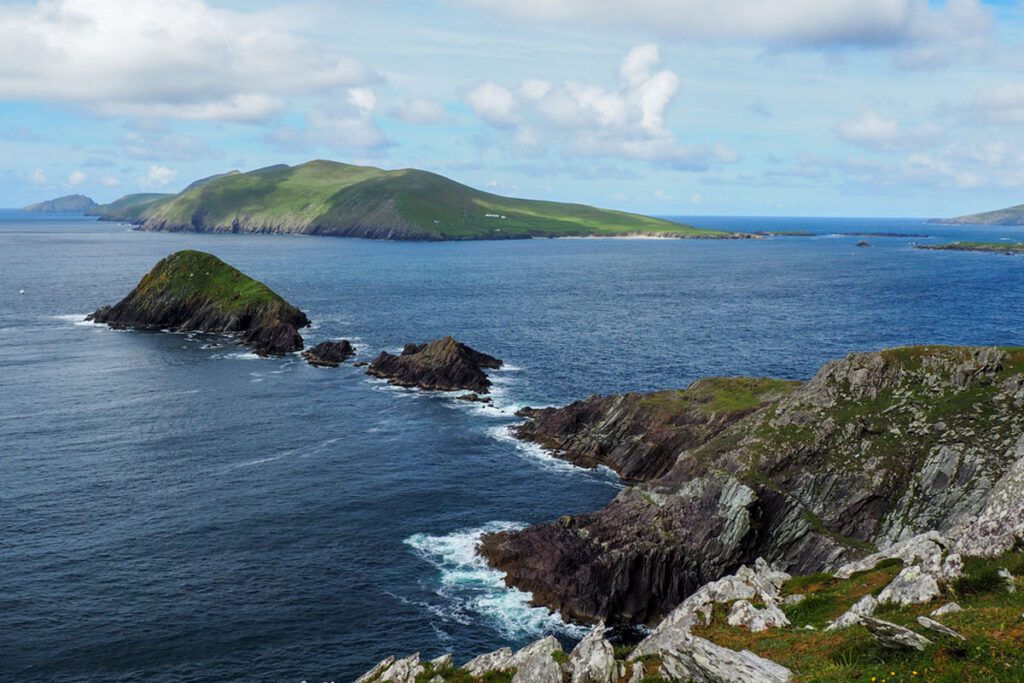
Clew Bay – Myth, History, and Scenic Splendor
Now let us explore the enchanting islands of Clew Bay, located on the west coast of Ireland in County Mayo. Clew Bay is renowned for its multitude of islands, reputedly one for every day of the year. These islands, many of which are tiny and uninhabited, are steeped in myth and history, offering a fascinating blend of natural beauty and cultural heritage.
Clare Island: A Stronghold of History and Nature
- Gráinne Mhaol’s Legacy:
Clare Island, the largest of Clew Bay’s islands, is famously associated with Gráinne Mhaol, or Grace O’Malley, the legendary pirate queen of Ireland. In the 16th century, Gráinne ruled the seas from her stronghold on Clare Island. Visitors can explore her castle, a prominent historical site that offers a glimpse into the life of this formidable woman who defied English authority and became a symbol of resistance. - Clare Island Abbey:
The 12th-century Clare Island Abbey is another significant historical site. The abbey is notable for its well-preserved medieval wall paintings, which depict various scenes of everyday life and mythical creatures. These frescoes are among the few surviving examples of such artwork in Ireland and offer valuable insights into medieval monastic life. - Biodiversity and Scenic Trails:
Clare Island is a haven for biodiversity, boasting rich flora and fauna. The island’s varied landscapes, from rugged cliffs to lush hillsides, provide excellent opportunities for hiking and nature walks. The Clare Island Loop Walk is a popular trail that offers breathtaking views of the Atlantic Ocean and the surrounding islands of Clew Bay.
Achillbeg: Tranquility and Isolation
- Remote Beauty:
Achillbeg, a small island off the southern tip of Achill Island, is known for its remote and tranquil setting. The island was inhabited until the 1960s, and its deserted cottages and stone walls stand as silent witnesses to a way of life that has disappeared. Today, Achillbeg is a place of serene beauty, where visitors can escape the hustle and bustle and immerse themselves in the natural environment. - Wildlife Observation:
The island’s isolation makes it an excellent spot for bird watching and observing marine life. Seabirds such as puffins and razorbills nest on the cliffs, and the surrounding waters are home to seals and dolphins. Achillbeg’s untouched landscapes and abundant wildlife make it a paradise for nature enthusiasts.
Inishgort: Spiritual Retreat
- Historic Lighthouse:
Inishgort is home to a lighthouse built in the early 19th century to guide ships through Clew Bay. The lighthouse, still operational, stands as a beacon of maritime history and is a point of interest for visitors exploring the bay’s islands. - Spiritual Sanctuary:
Inishgort has a spiritual significance, having been a place of retreat for monks in the early Christian period. The island’s tranquility and seclusion provide an ideal setting for reflection and meditation. Visitors can explore the ruins of ancient monastic settlements and soak in the serene atmosphere that has drawn spiritual seekers for centuries.
Dorinish: John Lennon’s Island
- Beatles Connection:
Dorinish, also known as Beatle Island, was purchased by John Lennon in 1967. Lennon had plans to create a retreat on the island, although he never realized this dream. After his death, the island was sold and the proceeds donated to an Irish orphanage. Today, Dorinish remains a point of interest for Beatles fans and those intrigued by its unique place in pop culture history. - Rustic Charm:
The island retains a rustic charm with its rugged landscape and views of Clew Bay. Visitors can enjoy the peaceful surroundings and imagine the island’s potential as envisioned by Lennon. Dorinish is a testament to the eclectic history and cultural tapestry of Clew Bay’s islands.
The Mythical Islands of Clew Bay
- Legend of the Drowned Forest:
According to local legend, Clew Bay was once a vast forest that was drowned by the sea. This myth adds an element of mystery to the bay and its islands, suggesting a hidden world beneath the waves. The story of the drowned forest reflects the rich oral traditions and folklore that are an integral part of the region’s cultural heritage. - Island Hopping Adventures:
Clew Bay offers countless opportunities for island hopping and exploration. Each island, with its unique history and natural features, invites visitors to discover its secrets. Whether by boat, kayak, or paddleboard, exploring the islands of Clew Bay is an adventure that reveals the hidden gems of Ireland’s west coast.
The islands of Clew Bay, with their blend of history, myth, and natural beauty, offer a captivating journey through time and culture. From the stronghold of a pirate queen to the tranquil retreat of monks, these islands are steeped in stories that enrich the landscape.

Lough Erne – Tranquility, Heritage, and Scenic Beauty
Finally, we turn our attention to the serene and picturesque islands of Lough Erne, located in County Fermanagh in Northern Ireland. Lough Erne is divided into two main lakes, Upper and Lower Lough Erne, and is dotted with a multitude of islands, each offering its own blend of natural beauty and historical significance.
Devenish Island: A Window into Early Christian Ireland
- Monastic Heritage:
Devenish Island is one of the most significant monastic sites in Ireland. Founded in the 6th century by Saint Molaise, the island became an important center of Christian learning and pilgrimage. The well-preserved ruins include a round tower, an Augustinian abbey, and several intricately carved stone crosses, which provide a fascinating insight into early Christian Ireland. - Round Tower:
The round tower on Devenish Island, dating from the 12th century, is one of the finest examples in Ireland. Standing at 30 meters tall, it offers panoramic views of the surrounding lake and countryside. The tower was used both as a bell tower and a place of refuge during Viking raids, and it remains a testament to the island’s historical significance.
White Island: Carvings and Legends
- Ancient Sculptures:
White Island is renowned for its unique collection of early Christian stone carvings, dating back to the 8th and 9th centuries. The island’s most famous feature is the set of enigmatic carved figures that adorn the walls of a ruined church. These figures, with their distinctive faces and postures, are believed to represent saints or biblical characters and add a mystical aura to the island. - Mystical Legends:
White Island is steeped in local legends and folklore. One popular tale tells of a hidden treasure buried somewhere on the island, guarded by the spirits of the ancient monks. The combination of historical artifacts and mythical stories makes White Island a captivating destination for history buffs and folklore enthusiasts alike.
Boa Island: Mystery and Spirituality
- Janus Figures:
Boa Island is home to the famous Janus figures, two ancient stone carvings with faces on both sides. These enigmatic figures are believed to date from the early Christian period and are thought to symbolize the duality of life and death. The figures are among the most mysterious and evocative artifacts in Ireland, drawing visitors who seek to unravel their meaning. - Calm and Reflection:
The serene setting of Boa Island, with its lush greenery and tranquil waters, provides a perfect backdrop for reflection and meditation. The island’s spiritual ambiance is enhanced by its historical significance and the enduring mystery of the Janus figures, making it a place of deep contemplation and peace.
Inishmacsaint: Pilgrimage and Tranquility
- Saint Ninnidh’s Monastery:
Inishmacsaint, named after Saint Ninnidh, who founded a monastery here in the 6th century, is another important pilgrimage site in Lough Erne. The island’s ruins include the remains of a church and a holy well, which is still visited by pilgrims seeking its reputed healing properties. - Natural Beauty:
Inishmacsaint offers visitors a chance to immerse themselves in natural beauty. The island’s lush landscapes, dotted with ancient ruins, provide a scenic backdrop for leisurely walks and birdwatching. The combination of spiritual heritage and natural tranquility makes Inishmacsaint a haven for those seeking a peaceful retreat.
Lusty Beg Island: A Modern Escape
- Eco-Tourism:
Lusty Beg Island is a modern eco-tourism destination, offering a range of outdoor activities and accommodation options. Visitors can enjoy kayaking, fishing, walking trails, and wildlife watching, all set within the island’s stunning natural surroundings. Lusty Beg combines the charm of a secluded retreat with the comforts of modern amenities. - Family-Friendly Activities:
The island is an ideal destination for families, with activities such as archery, nature trails, and adventure playgrounds. Lusty Beg’s blend of adventure and relaxation makes it a perfect spot for family vacations and nature-based holidays.
The islands of Lough Erne, with their rich history, spiritual heritage, and natural beauty, offer a captivating conclusion to our exploration of Ireland’s islands. From ancient monastic sites to modern eco-tourism havens, these islands provide a diverse array of experiences that reflect the deep cultural and natural heritage of the region.
Throughout our journey, we have uncovered the unique stories and characteristics of Ireland’s islands, each one a jewel in the Emerald Isle’s crown. These islands, with their enchanting landscapes and rich histories, invite visitors to explore and discover the timeless beauty and cultural depth of Ireland.
As we conclude, we hope you feel inspired to visit these remarkable islands and experience for yourself the magic and wonder that they have to offer. Whether seeking adventure, tranquility, history, or natural beauty, Ireland’s islands provide an unforgettable journey through one of the world’s most captivating landscapes.
